The different types of tequila are primarily distinguished by their aging process:
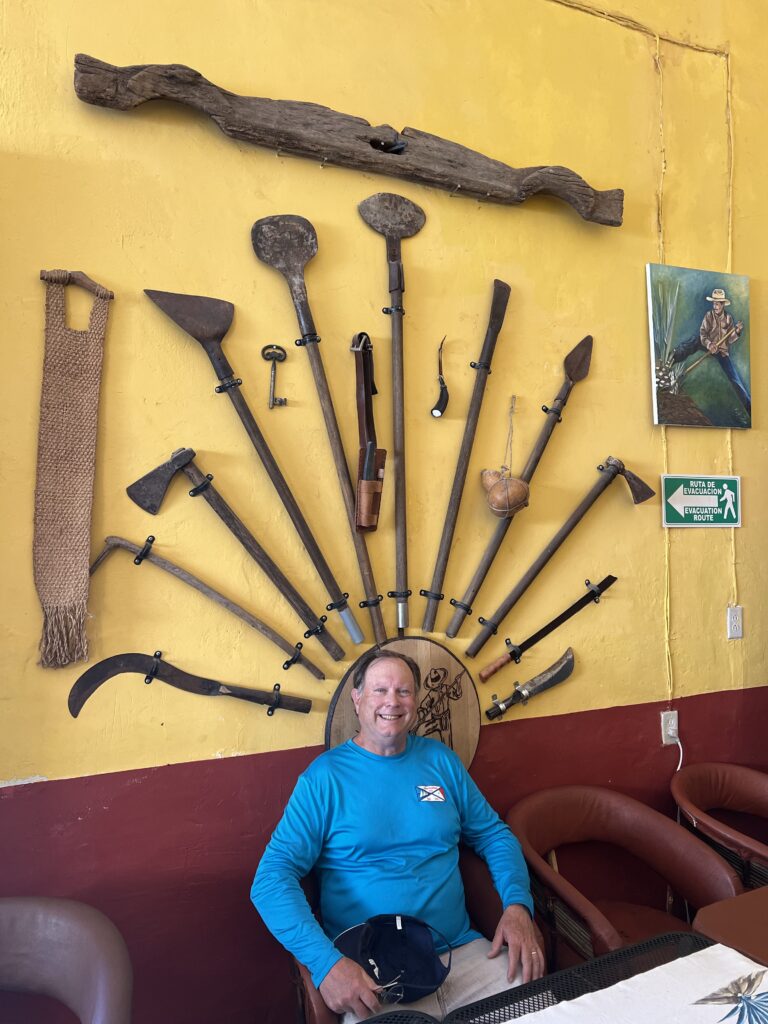
Blanco/Silver/Plata/White Tequila
- Unaged and bottled immediately after distillation
- Clear in color with strong agave flavors like citrus, pepper, and vegetal notes
- Can be briefly aged up to 2 months in stainless steel or neutral oak barrels
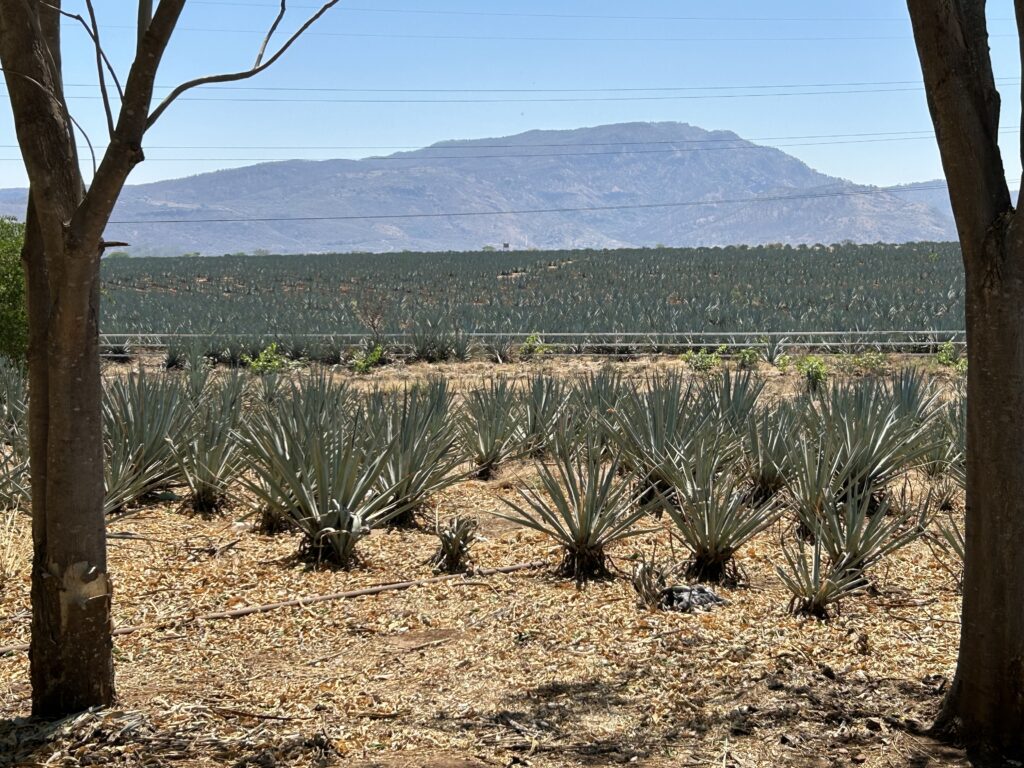
Reposado Tequila
- Aged for 2-12 months in oak barrels
- Develops a golden amber color from wood aging
- Mellower flavor with notes of caramel, vanilla, and oak from barrel-aging
Añejo Tequila
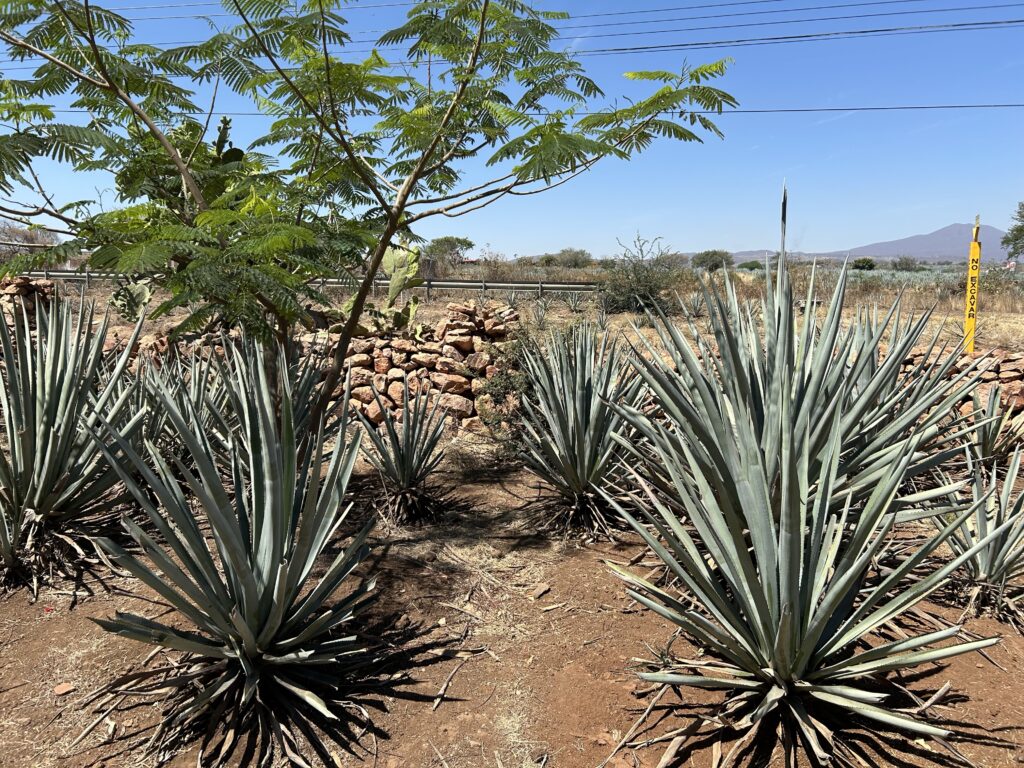
- Aged for 1-3 years in small oak barrels
- Deep amber/reddish color from extended barrel aging
- Complex flavors like dried fruits, chocolate, cinnamon from oxidation
Extra Añejo Tequila
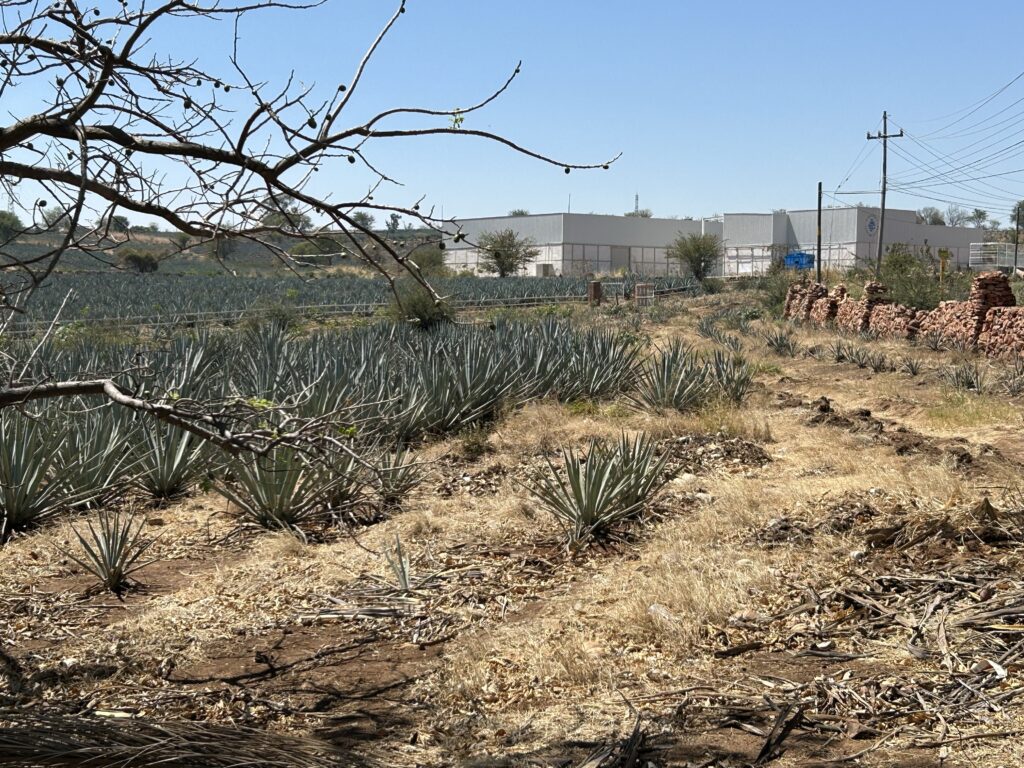
- Aged for a minimum of 3 years in oak barrels
- Darkest color, almost mahogany
- Richest, smoothest flavor with notes of sherry, molasses, oak
The production process is:
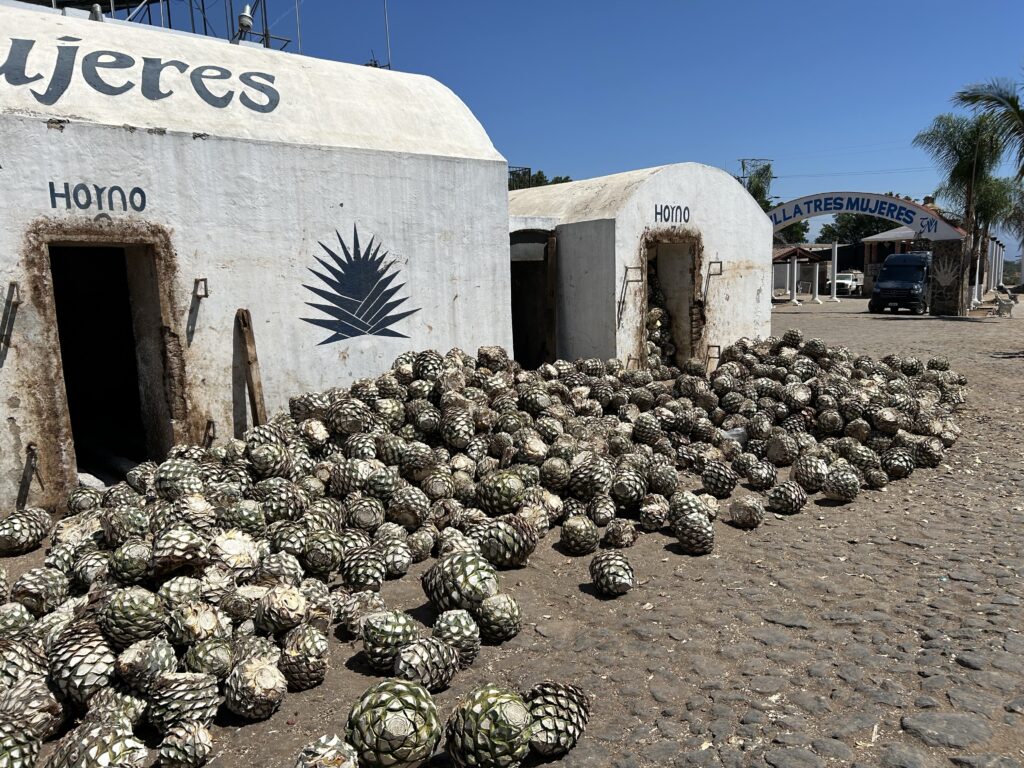
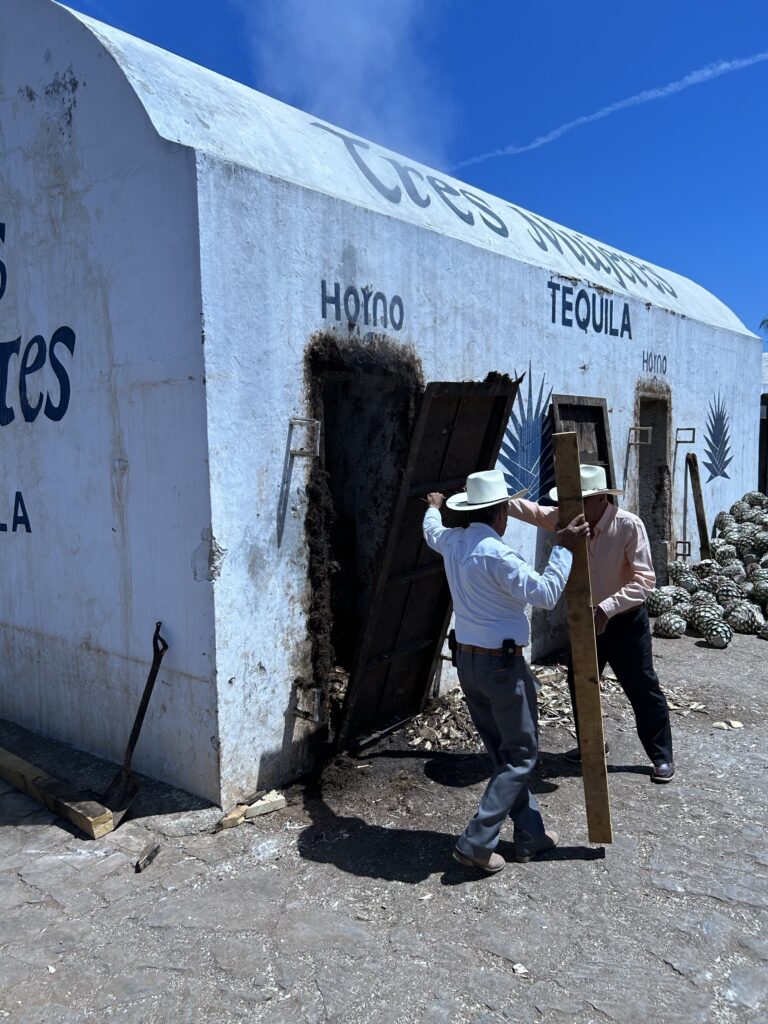
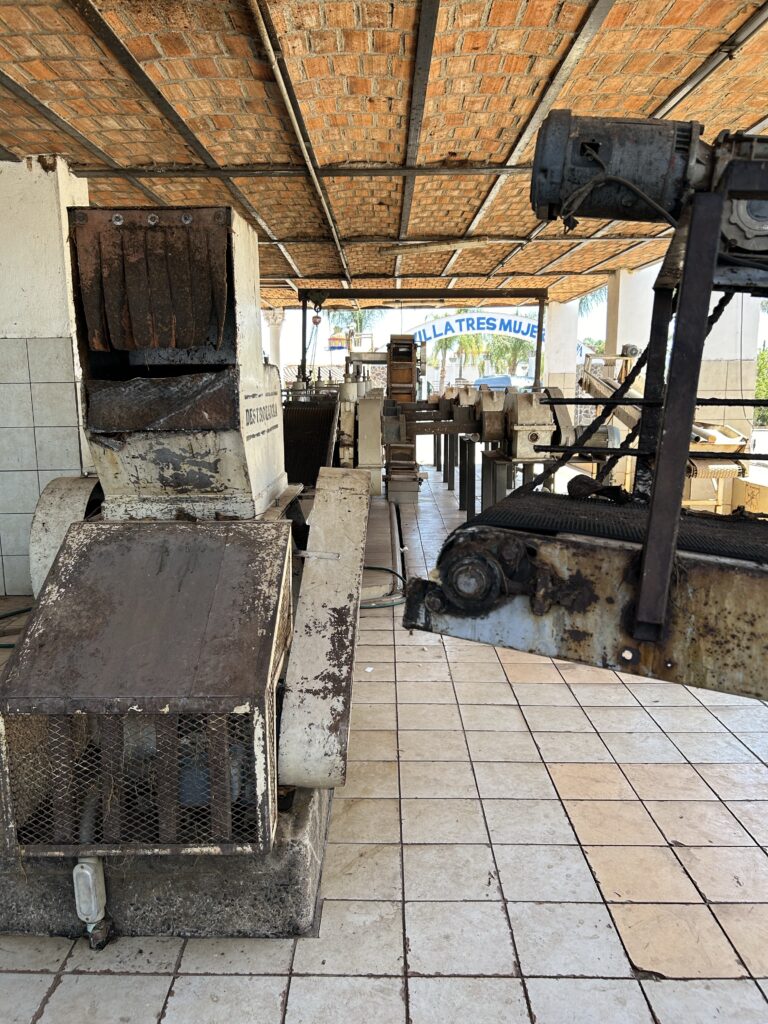
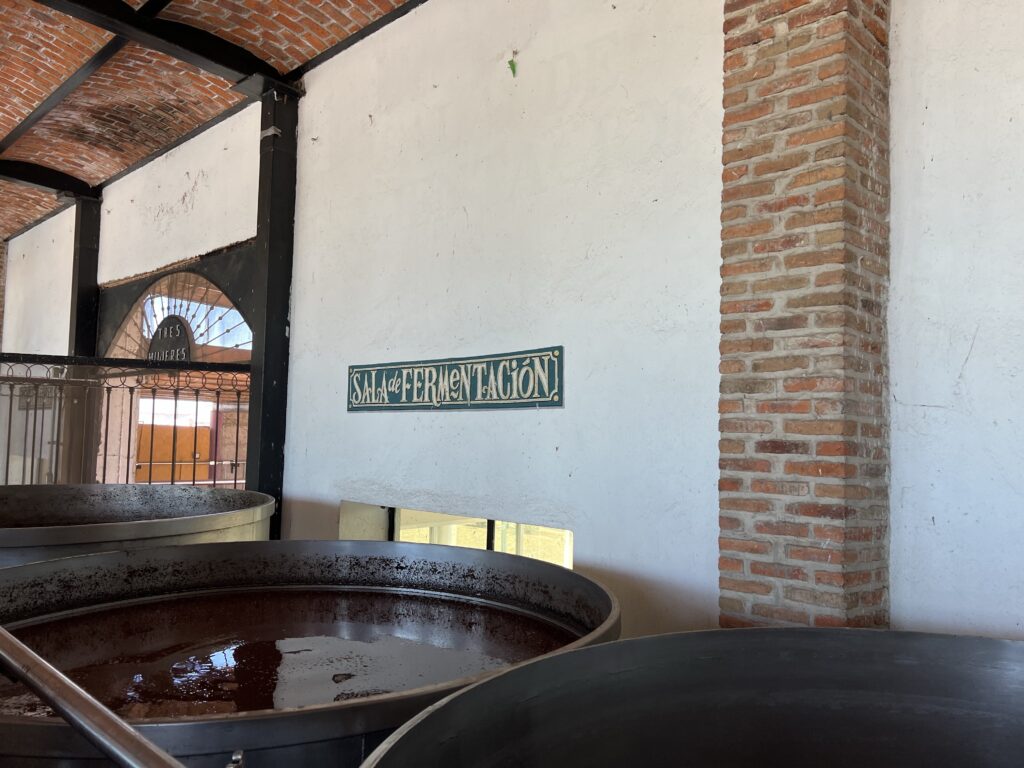
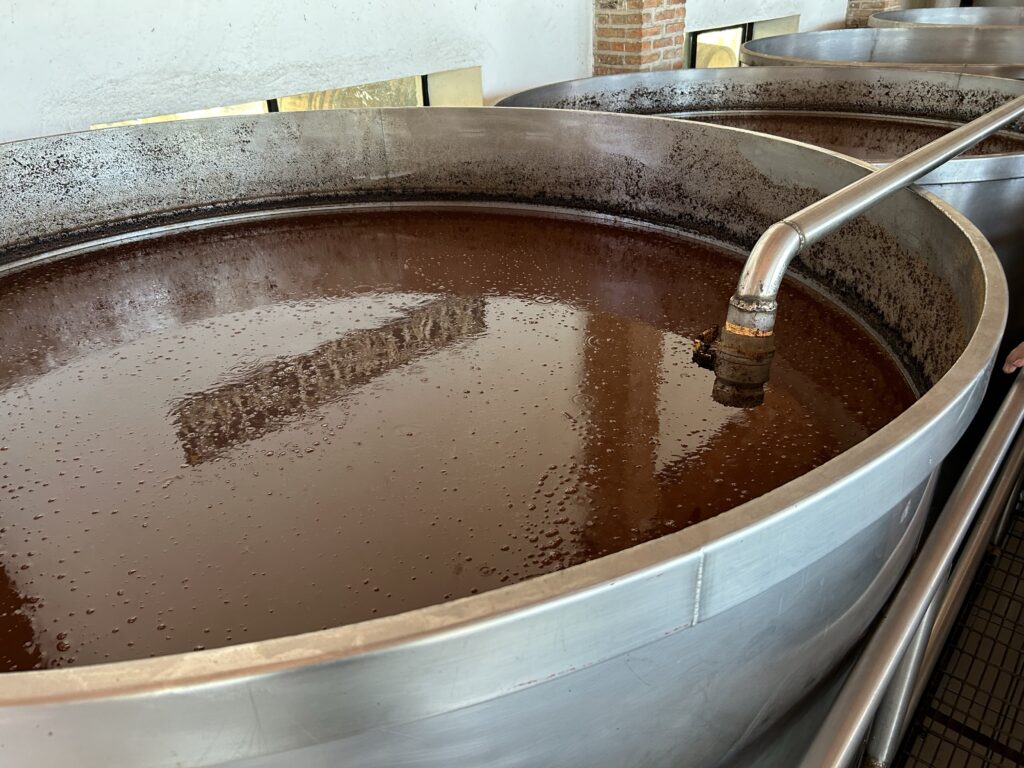
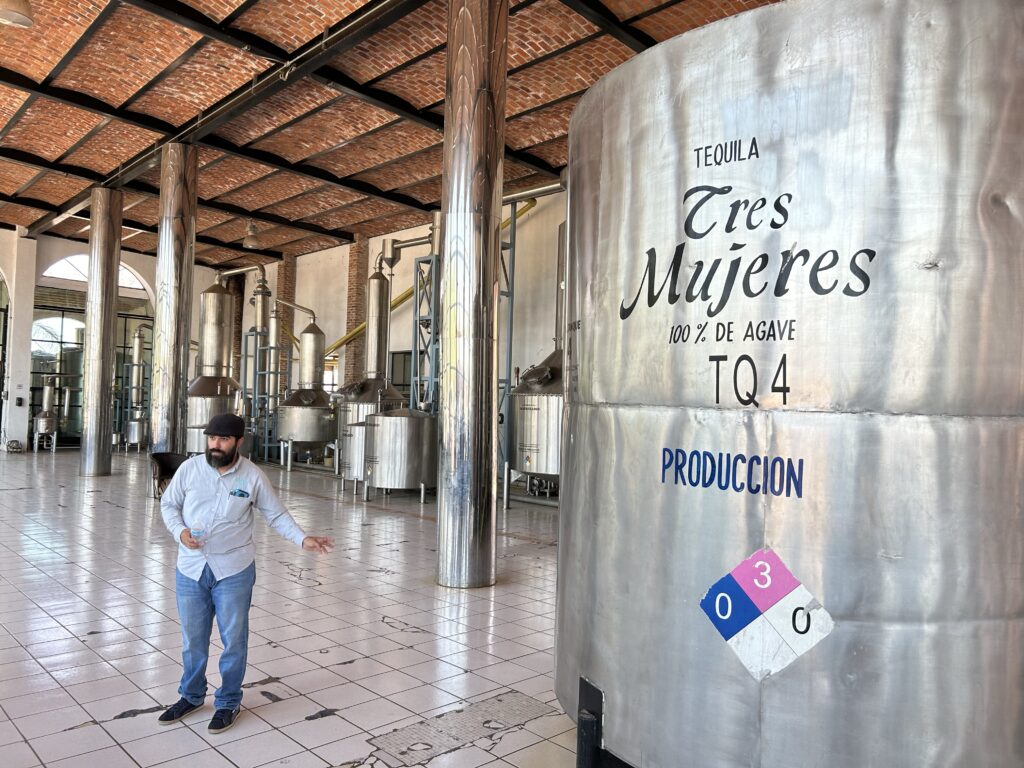
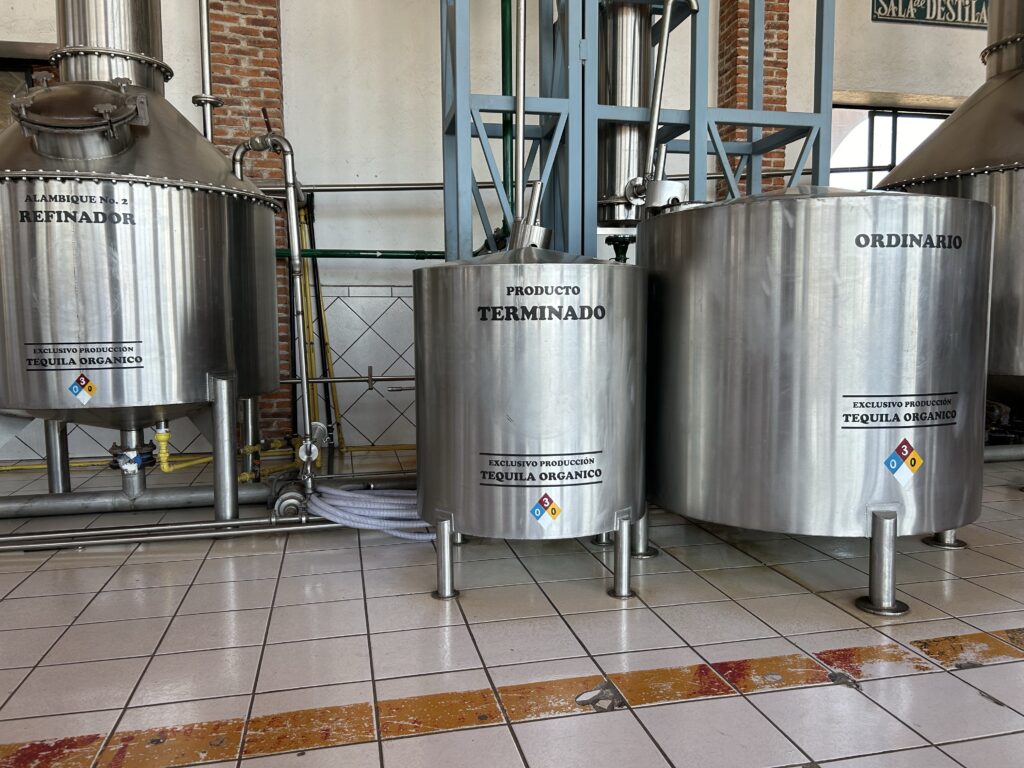
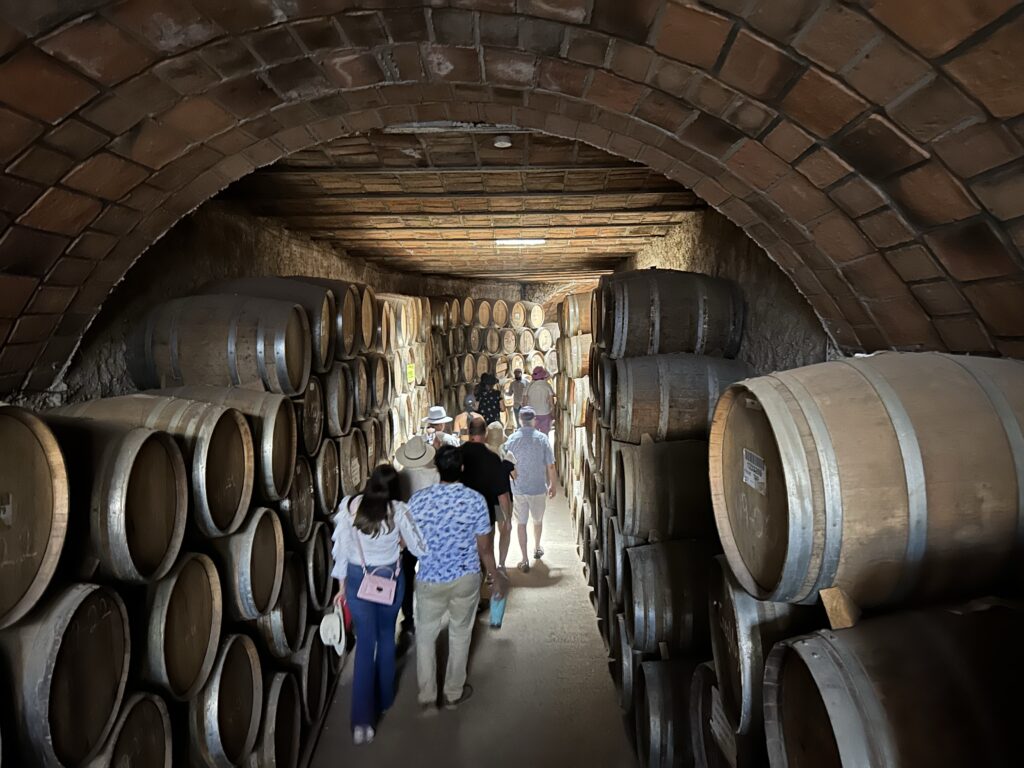
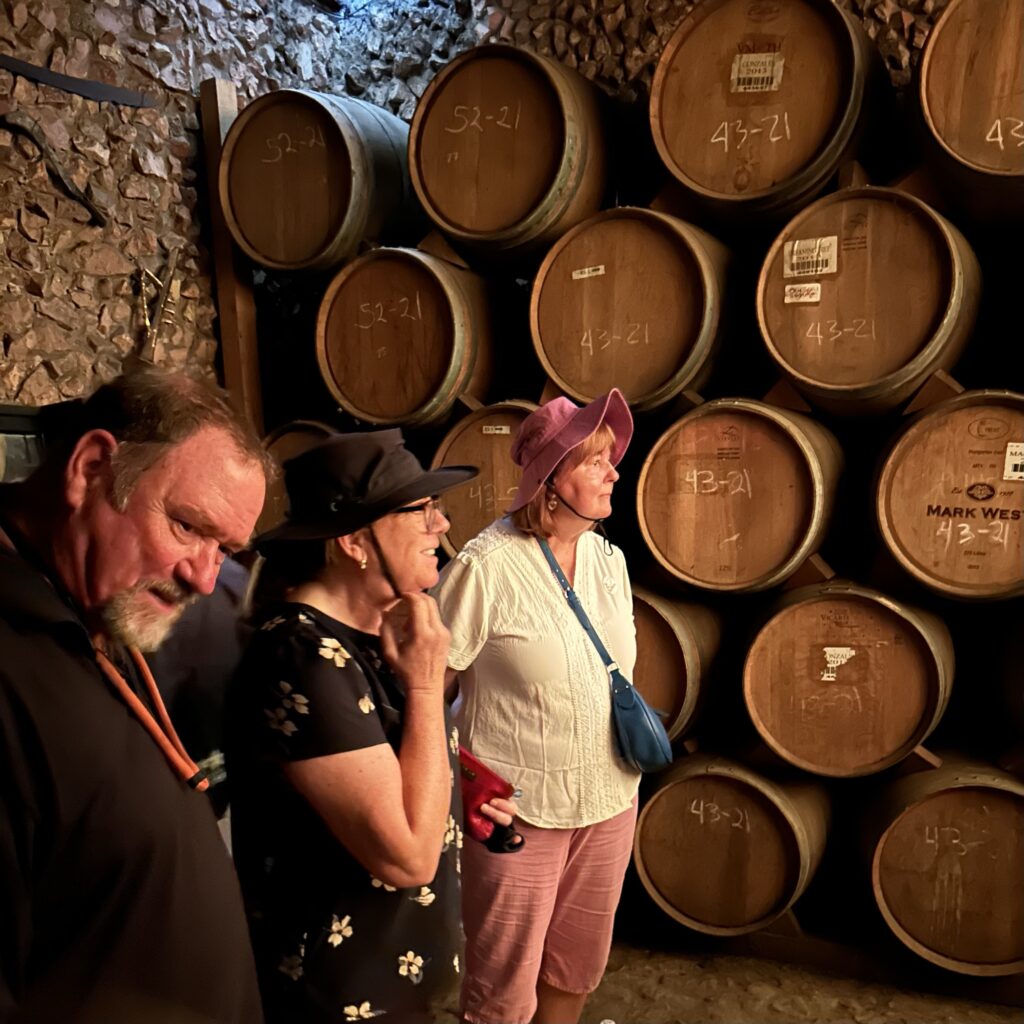
- Harvest blue agave and extract the piña (core)
- Roast/cook the piñas to convert carbs to fermentable sugars
- Crush piñas to extract agave juice/nectar
- Ferment juice with yeast to produce a wort
- Distill the wort twice to produce blanco tequila
- Age in oak barrels for desired type (reposado, añejo, etc.)

The different types of agave used in tequila production are:
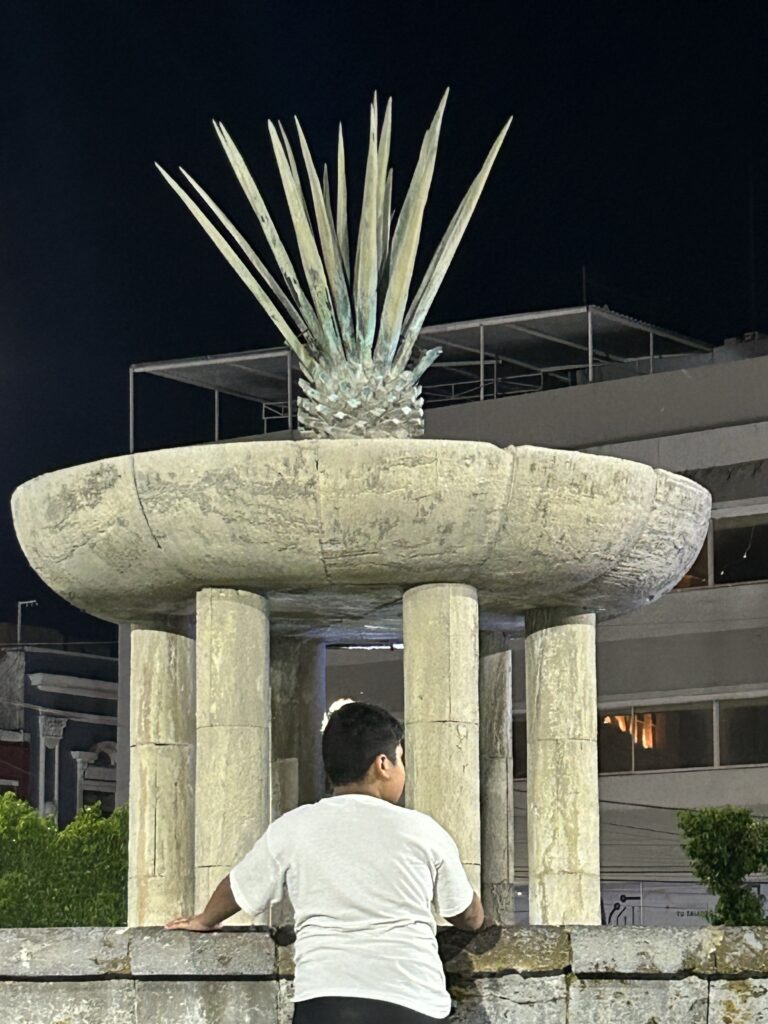
- Tequilana Weber Blue Agave
This is the only type of agave allowed to be used in the production of tequila. It is a large succulent plant with thick, blue-tinted leaves that can grow up to 5-8 feet tall. The piñas (cores) of this agave are harvested, cooked, crushed and fermented to produce tequila. - Agave Angustifolia Haw (Espadín)
While not used for tequila, this is the most common agave used (around 90%) for producing mezcal. It has a shorter maturation period of 6-8 years compared to blue agave. - Agave Cupreata (Tobaziche)
Another variety used in mezcal production, known for its herbaceous and floral notes. - Agave Potatorum (Tobalá)
A wild agave used for making mezcal, prized for its intense flavors but becoming increasingly rare due to over-harvesting. - Agave Maximiliana (Lechuguilla)
Also used for some mezcal production, known for its sweet, fruity flavors.
So in summary, while over 30 agave varieties can be used to make mezcal, tequila can only be produced from one specific type – the blue agave (Tequilana Weber). This exclusivity is a key distinction between tequila and other Mexican agave spirits.
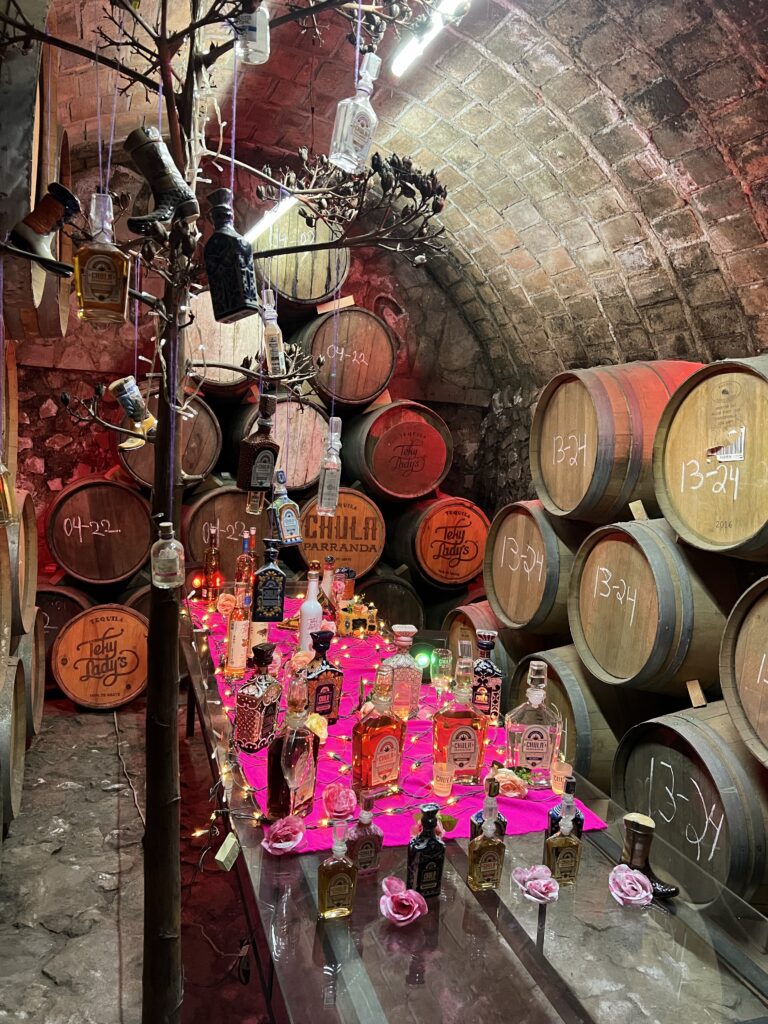
The most popular tequila brands are made exclusively from the blue Weber agave (Agave tequilana), which is the only type of agave allowed for producing authentic tequila.
Some of the top tequila brands made from 100% blue Weber agave include:
- Patrón – One of the most well-known premium tequila brands, Patrón uses only the finest blue agave plants from the Highlands of Jalisco.
- Don Julio – This iconic brand pioneered the use of the tahona stone mill to crush the agave piñas, extracting maximum flavor from the blue Weber variety.
- Casamigos – Founded by George Clooney, Casamigos is made from hand-selected blue agave grown in Jalisco’s Highlands.
- Avión – Committed to using only the highest quality blue Weber agave from the finest fields in Jalisco.
- Herradura – One of the oldest tequila brands, Herradura has been producing 100% blue agave tequila since 1870.
- Cazadores – An affordable yet 100% blue agave tequila brand from the Highlands region.
- Jose Cuervo – While they produce some mixto tequilas, their Tradicional and Reserva lines are made from 100% blue Weber agave.
So in summary, while there are over 30 varieties of agave used to make mezcal, tequila can only be produced from the blue Weber agave as mandated by Mexican regulations. All major tequila brands, from ultra-premium to value labels, use this single agave variety as the core ingredient.
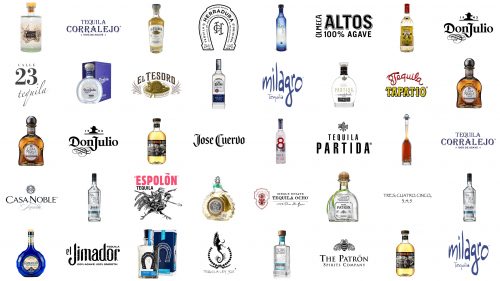
- The Tecuane Canyon contains the ruins of what is believed to be the oldest tequila distillery, called Taberna El Tecuane, dating back to the early 1700s. This makes it potentially the birthplace of commercial tequila production.
- The ancient workings in Tecuane Canyon include agave cooking pits, 44 large fermentation tanks carved into rock (each holding 3000 liters), and early stills cooled by a nearby spring.This demonstrates the complete tequila production process was happening here centuries ago.
- Local experts claim the blue agave variety used for tequila originated in Tecuane Canyon, not the Santa Rosa Canyon near Tequila as commonly believed. This lends credence to Amatitan’s role as a pioneering tequila region.
- The Amatiteña tequila brand uses production methods dating back to at least the early 19th century in Amatitan, highlighting the area’s long tequila heritage.
- Archaeological evidence suggests indigenous peoples in the region were fermenting agave beverages (“vino de mezcal”) before the Spanish arrived and introduced distillation techniques to create the first tequila-like spirits.
Tequila has a long history dating back to the Aztec civilization in present-day Mexico. Here are some key points about the origins and invention of tequila:
- The Aztecs first fermented the sap of the agave plant around 250-300 AD to produce a ceremonial alcoholic beverage called pulque. This can be considered the earliest precursor to tequila.
- After the Spanish conquest in the 16th century, the Spanish began experimenting with distilling agave fermented beverages, likely producing the first distilled tequila-like spirit in the early 1600s.
- In 1608, there is documented evidence of the production of “mezcal wine” (an early tequila form) in the area around the town of Tequila in Jalisco.
- By the 1700s, the production of agave distillates that we would recognize as modern tequila started emerging around the town of Tequila.
- In 1758, the Cuervo family began commercially distilling and mass-producing tequila.
- In 1902, tequila was officially defined and distinguished from other regional mezcal spirits as originating specifically from the Jalisco region.
So while agave fermentation dates back over 1,500 years, the distilled spirit we know as tequila today emerged gradually through the 17th-19th centuries, with its modern identity and regulations solidifying in the early 20th century.
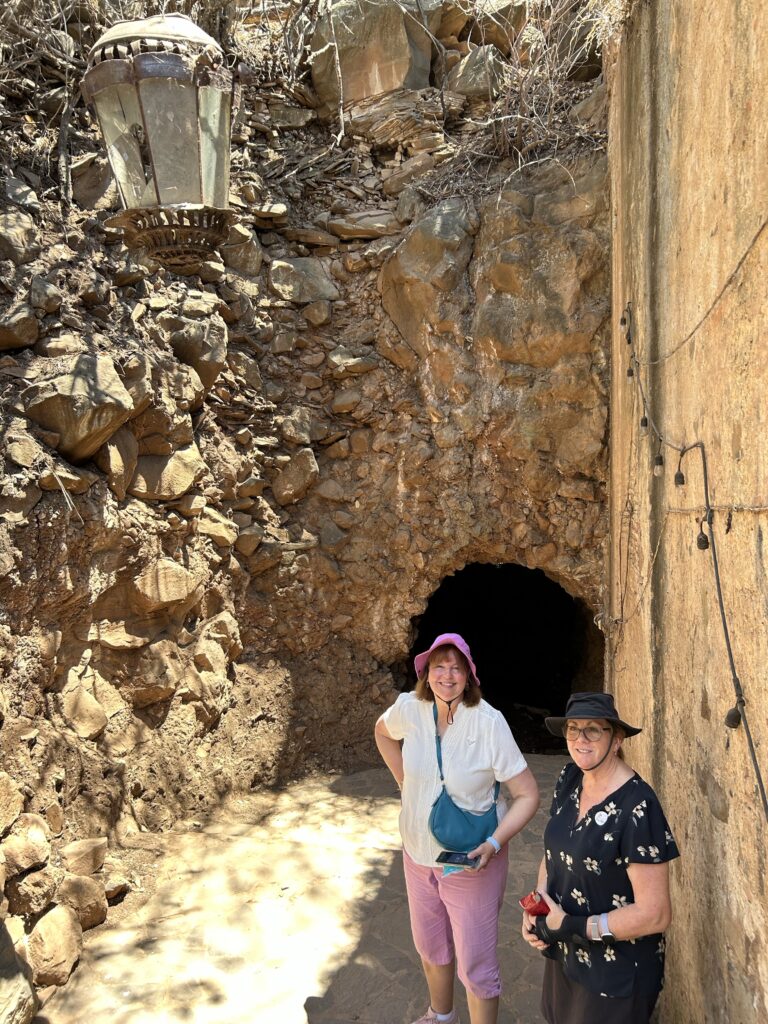
What town is considered the birthplace of Tequila and how was the method to make Tequila observed.
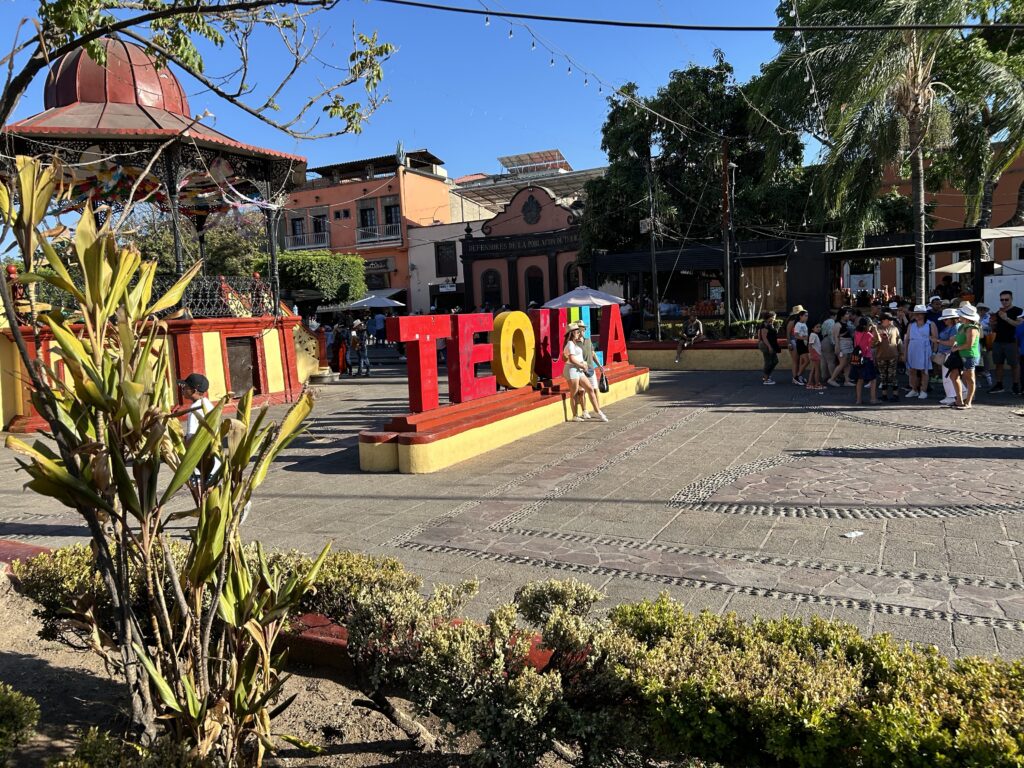
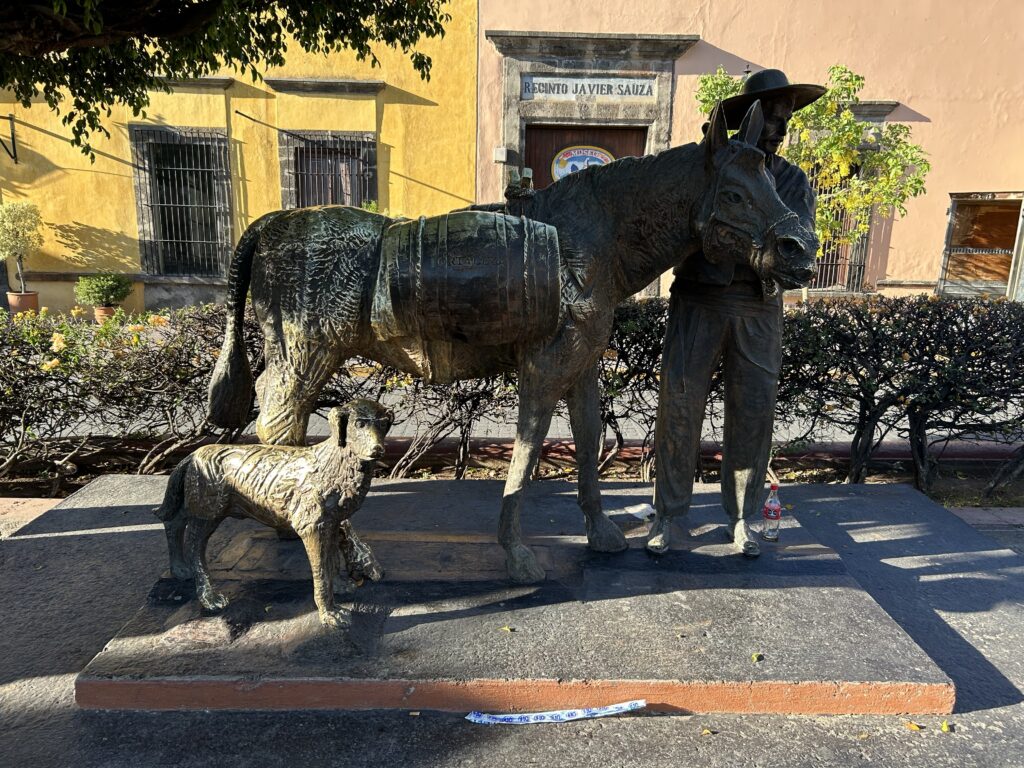
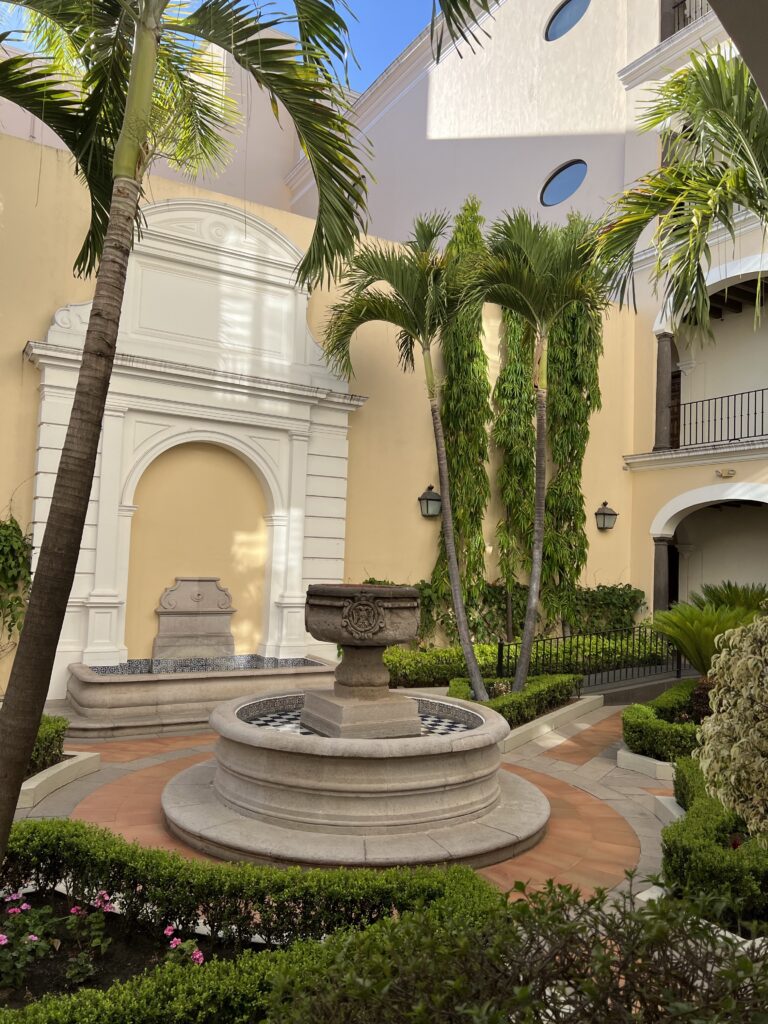
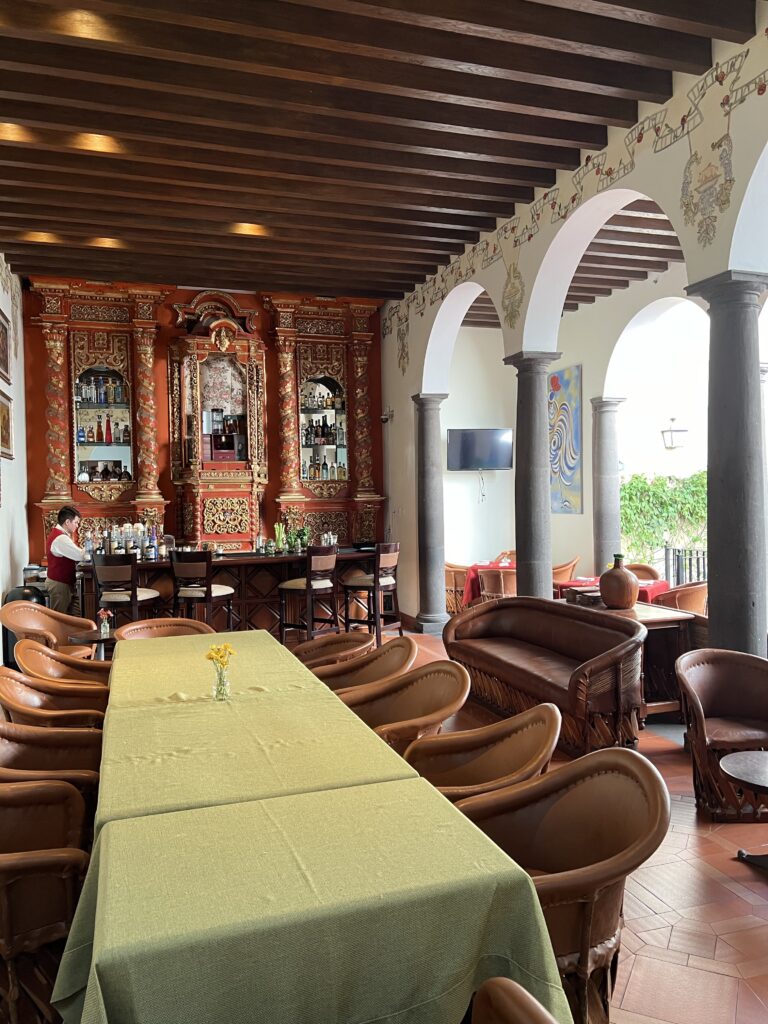
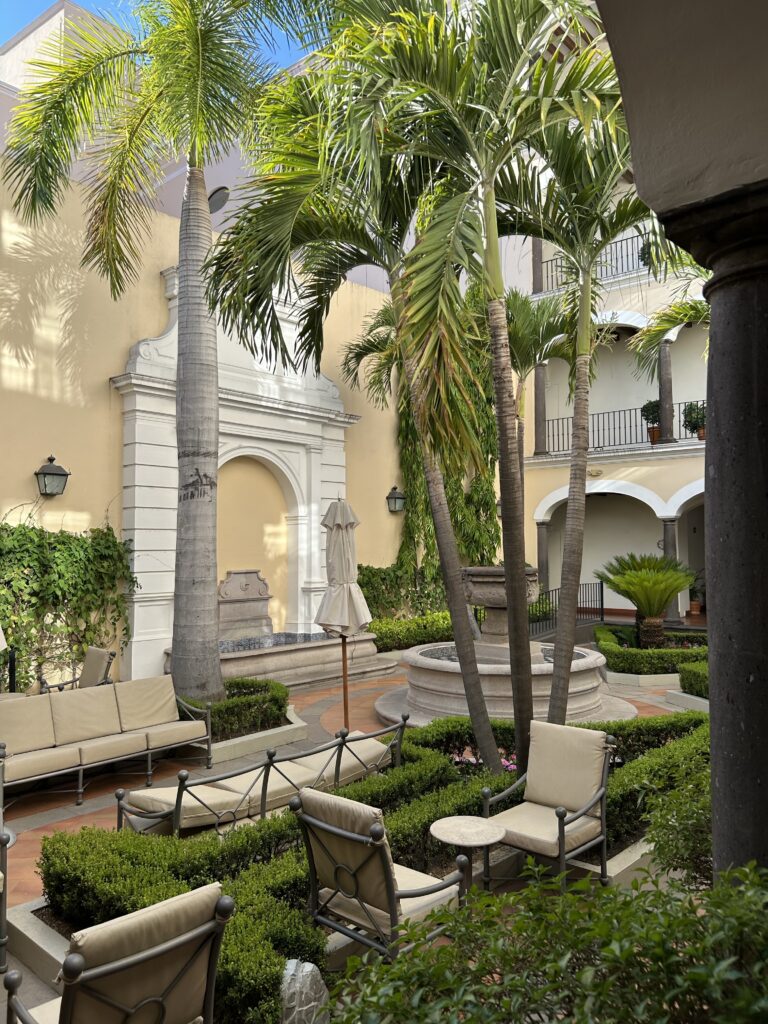
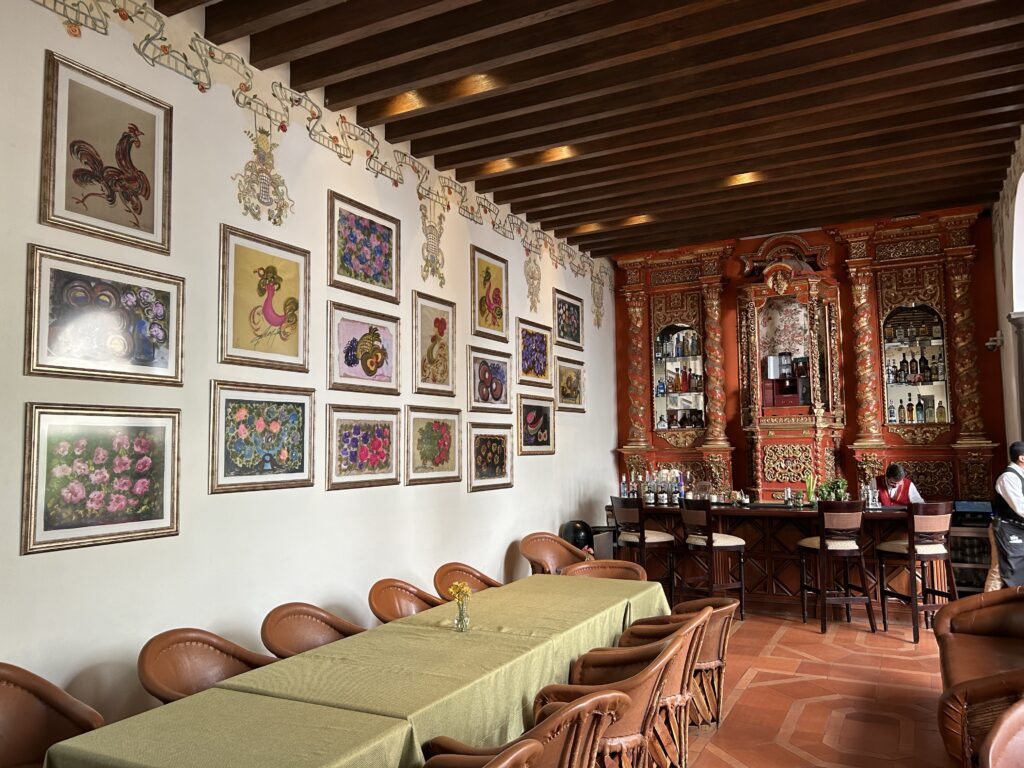
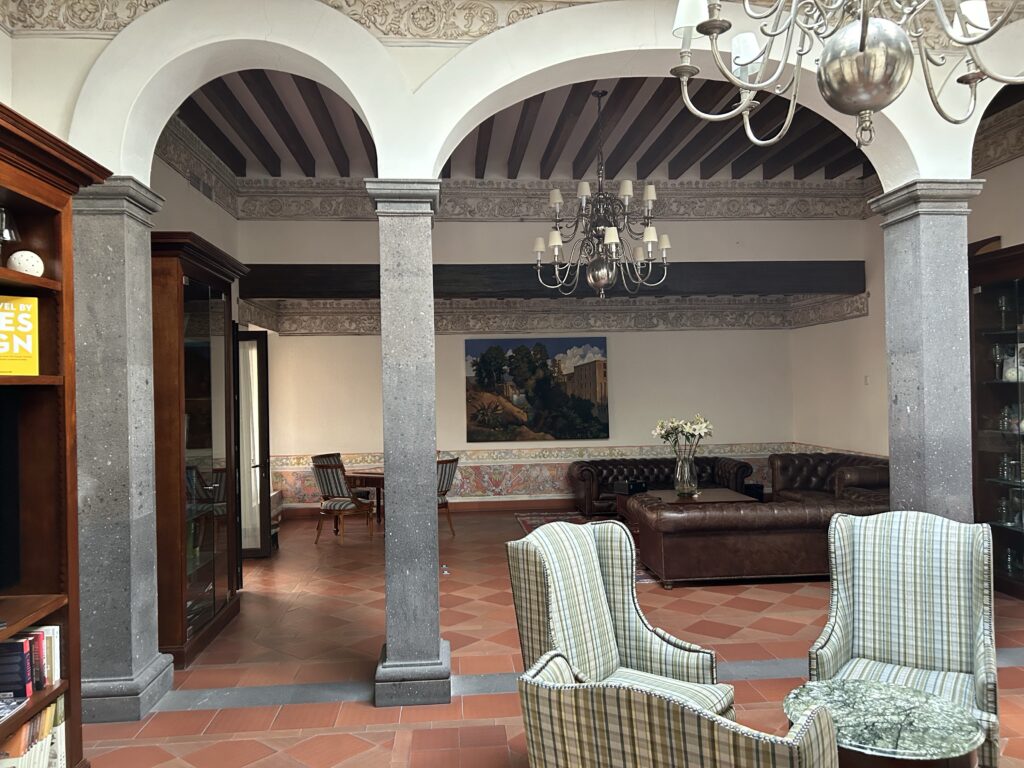
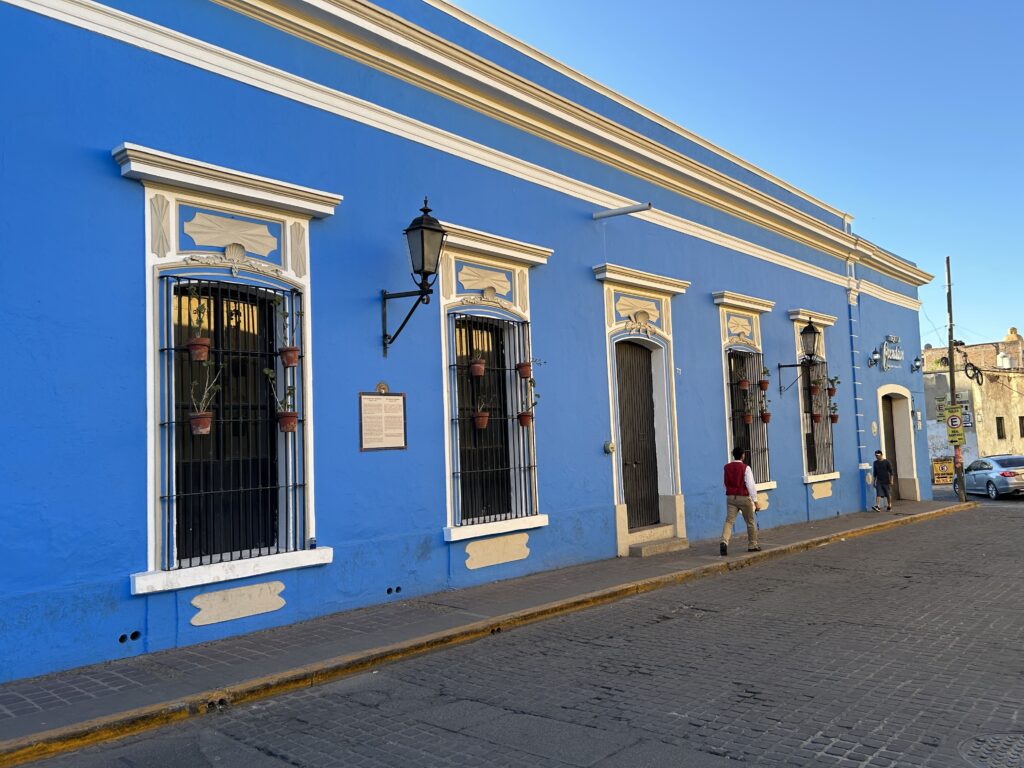
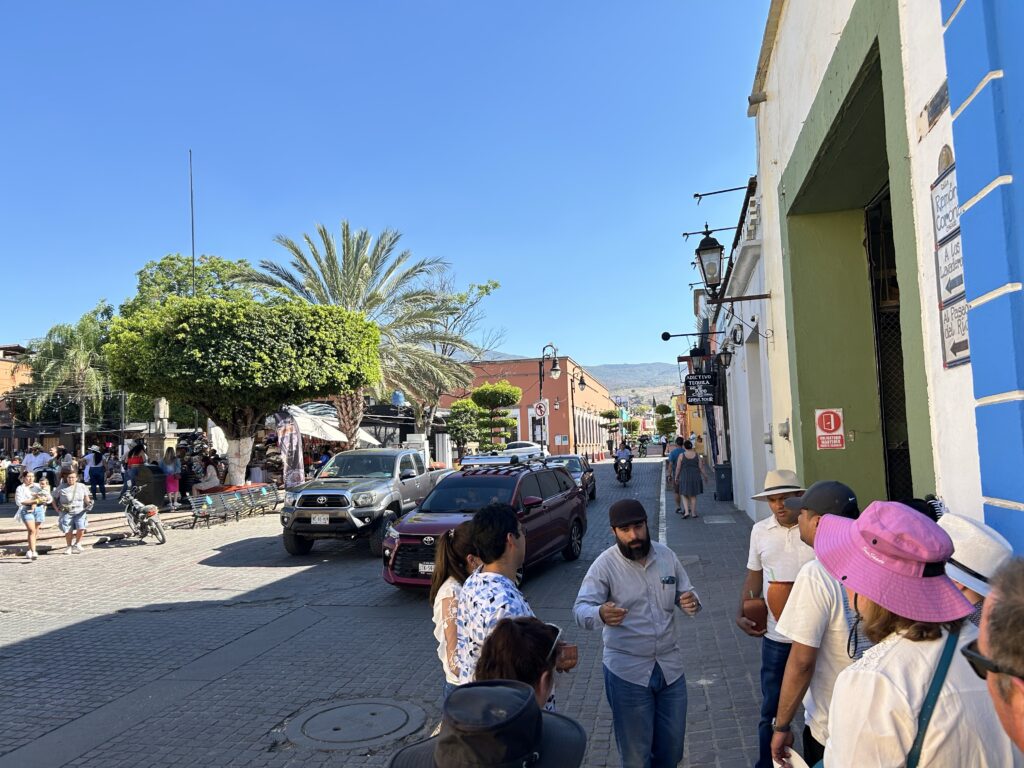
The town considered the birthplace of tequila is Tequila, located in the state of Jalisco, Mexico. This town is renowned for its unique geological and climatic conditions, which are ideal for cultivating the blue Weber agave plant, the sole agave variety used in tequila production.
Method to Make Tequila
The method to make tequila has evolved over centuries but retains several traditional steps:
- Harvesting: The process begins with the harvesting of the blue Weber agave plant. The heart of the plant, known as the piña, is extracted.
- Cooking: The piñas are then roasted or steamed to convert the complex carbohydrates into fermentable sugars.
- Crushing: After cooking, the piñas are crushed to extract the sweet agave juice.
- Fermentation: The extracted juice is fermented with yeast to convert the sugars into alcohol, producing a low-proof liquid called “ordinario”.
- Distillation: The ordinario is distilled twice to purify and concentrate the alcohol, resulting in tequila. The first distillation produces a low-proof spirit, and the second distillation refines it to the desired alcohol content.
- Aging (optional): Depending on the type of tequila being produced, the distilled spirit may be aged in oak barrels. Blanco tequila is unaged, reposado is aged for 2-12 months, añejo is aged for 1-3 years, and extra añejo is aged for over 3 years.
The Spanish introduced the distillation process to Mexico in the 16th century, transforming the indigenous fermented agave beverage, pulque, into the distilled spirit known as tequila today. The town of Tequila and its surrounding region have become synonymous with this iconic Mexican spirit, which is now protected by designation of origin laws.
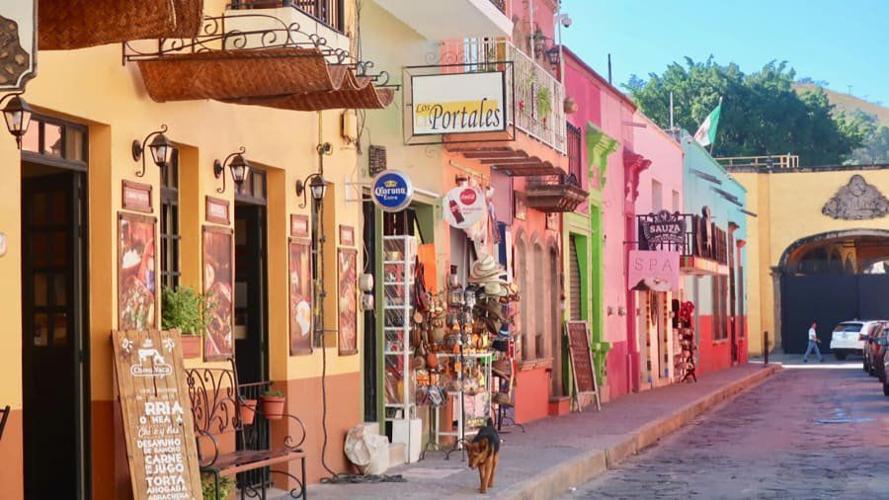
The traditional and modern methods of making tequila differ mainly in the tools and techniques used at various stages of the production process. These differences can significantly impact the flavor profile and quality of the final product.
Traditional Method
- Harvesting: The agave is harvested by hand using a special tool called a coa.
- Cooking: Piñas are baked in large brick or stone ovens (hornos) for several days. This slow-cooking process caramelizes the agave, creating fermentable sugars and imparting a characteristic flavor.
- Milling: After cooking, the softened piñas are crushed using a “tahona,” a large stone wheel, to extract the agave juice.
- Fermentation: The juice is left to ferment in open-air wooden vats, allowing wild yeasts to convert the sugars into alcohol naturally.
- Distillation: Copper pot stills are typically used, which retain certain flavor compounds, creating a robust and nuanced spirit.
Modern Method
- Harvesting: Remains largely unchanged, with jimadors using a coa to harvest the agave.
- Cooking: Modern methods may use stainless steel autoclaves for cooking the piñas, which can be faster and more controlled than traditional ovens.
- Milling: Mechanical shredders or roller mills expedite the process of crushing the cooked piñas to extract the juice, known as “aguamiel”.
- Fermentation: This step can be done in stainless steel tanks, which allows for a more controlled environment. Yeast may be added to accelerate and control the fermentation process.
- Distillation: Modern distilleries might use stainless steel pot stills or distillation towers. Some tequilas are distilled three times for extra purity.
Key Differences
- Flavor: Traditional methods are believed to impart a more complex and richer flavor profile due to the slow cooking and natural fermentation processes.
- Efficiency: Modern methods are more efficient and can produce tequila at a faster rate. This is beneficial for meeting the high demand for tequila globally.
- Control: Modern techniques offer more control over the fermentation and distillation processes, potentially leading to a more consistent product.
- Sustainability: Traditional methods, while more labor-intensive and time-consuming, are often seen as more sustainable and environmentally friendly.
In summary, the traditional method of making tequila is characterized by its reliance on time-honored techniques and tools, such as the tahona and brick ovens, which many believe contribute to a deeper, more authentic flavor. The modern method, on the other hand, incorporates technological advancements to increase efficiency and control, which can lead to a more consistent product but may sacrifice some of the unique characteristics imparted by the traditional process.
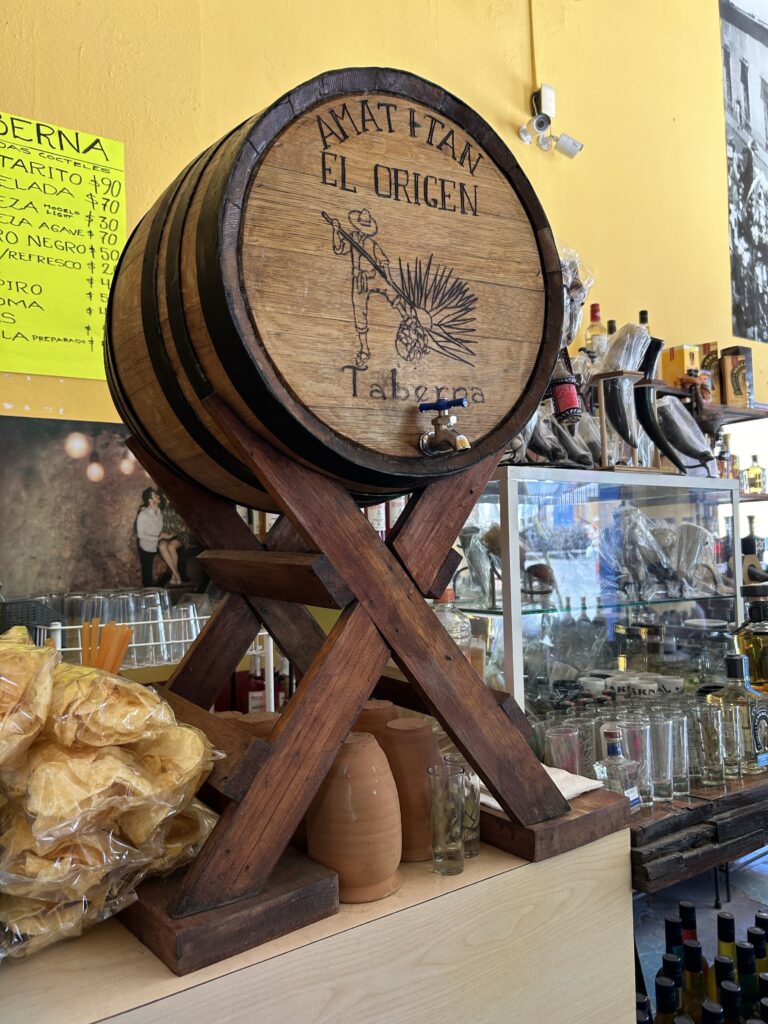
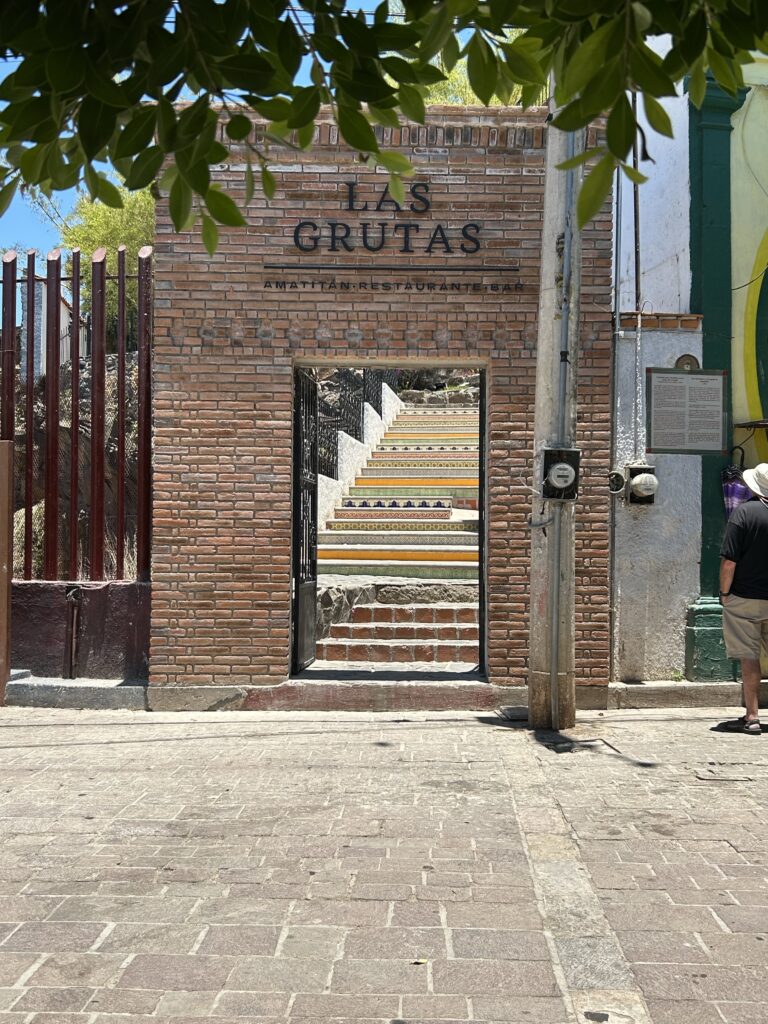
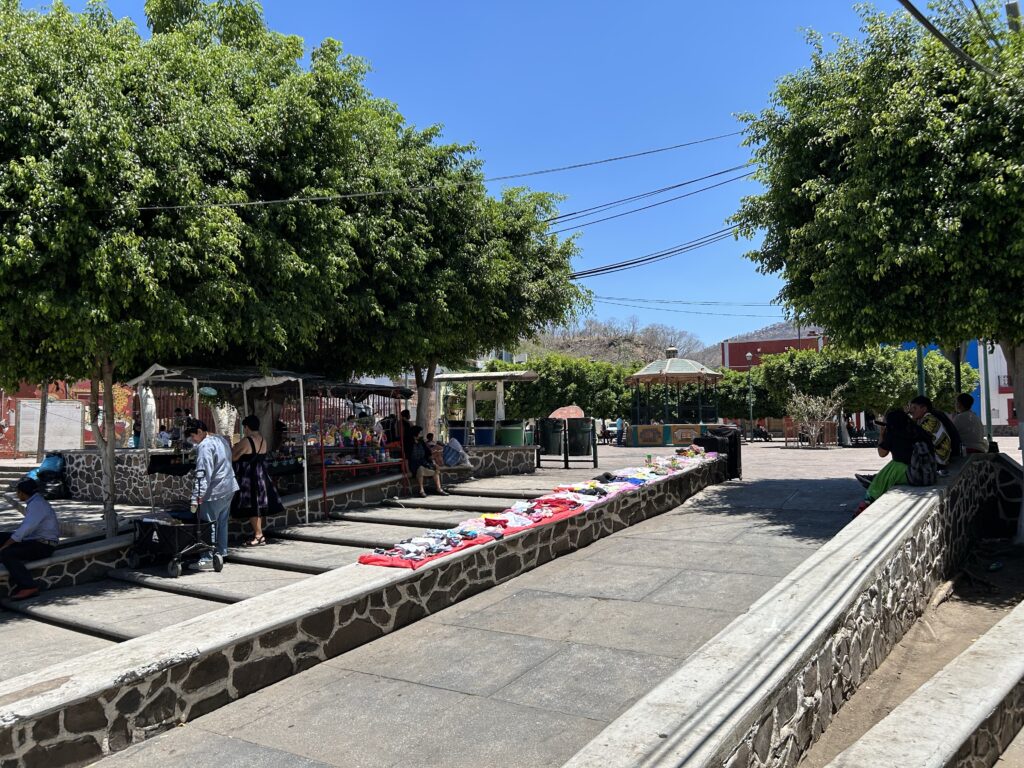
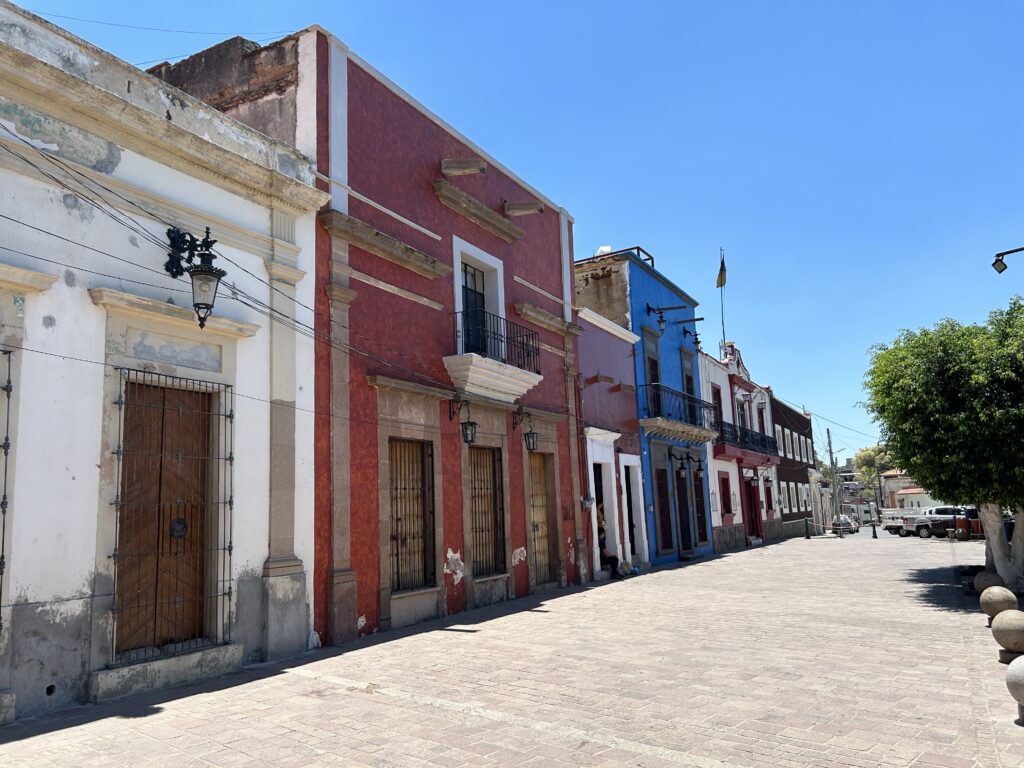
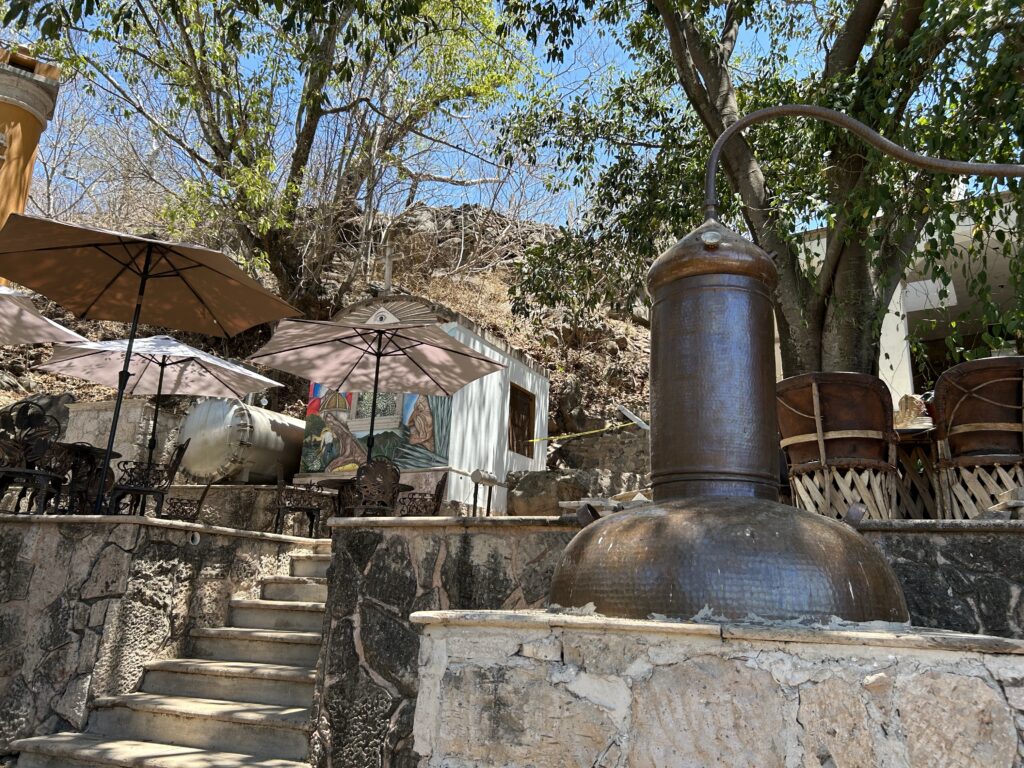
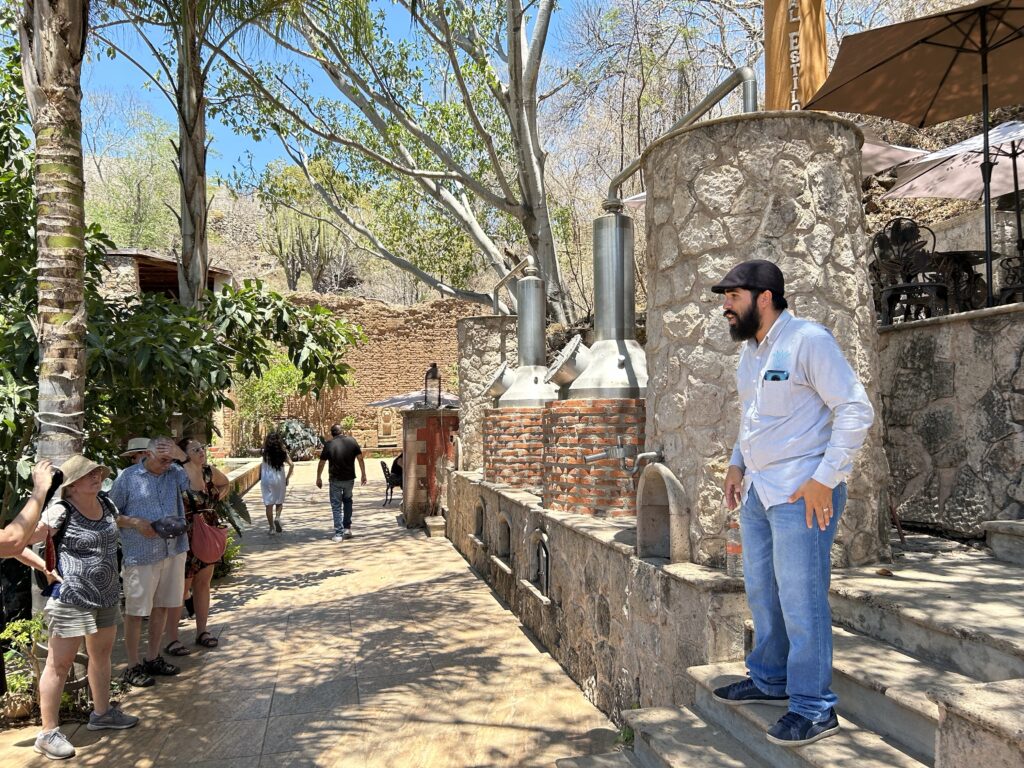
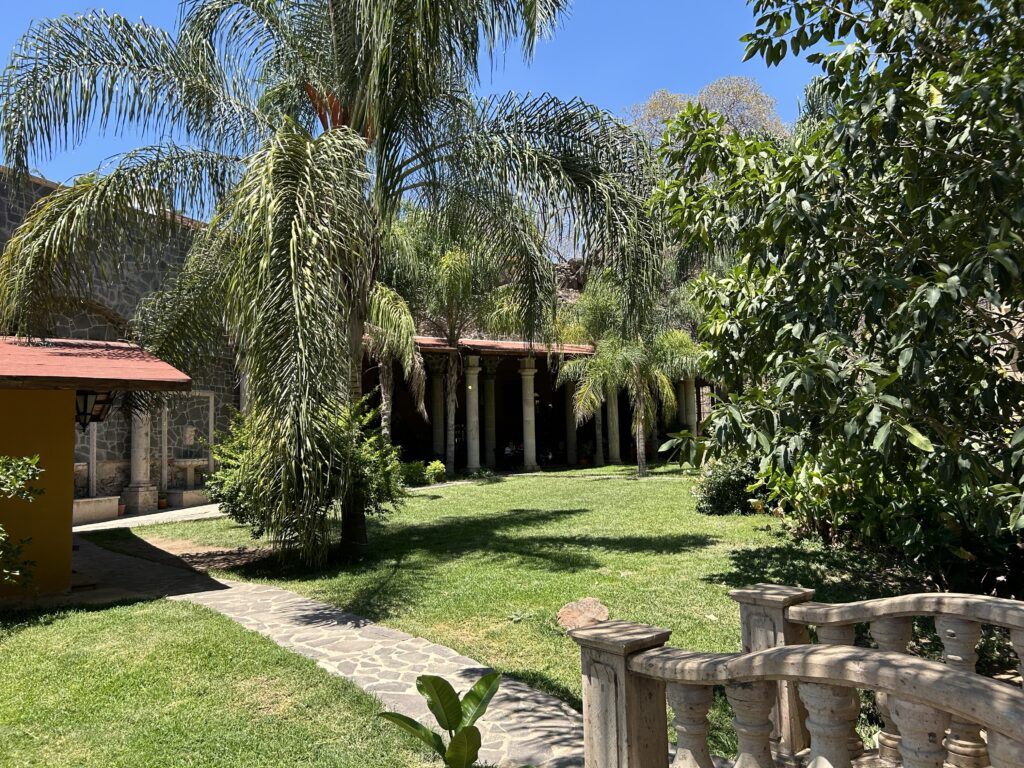
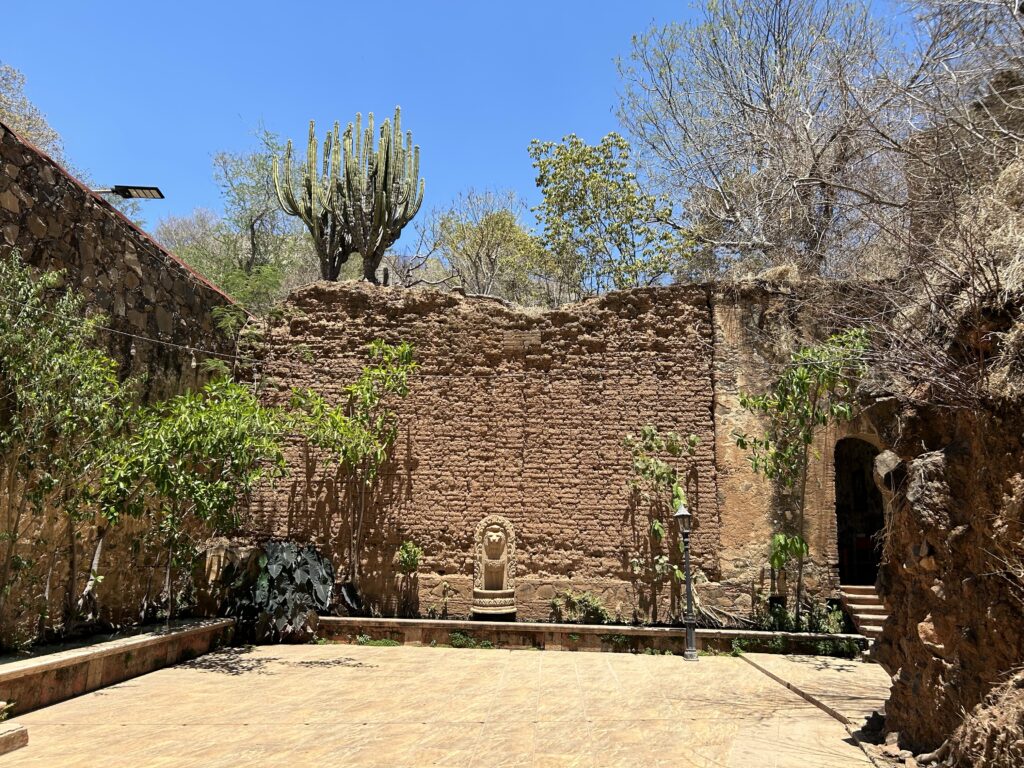
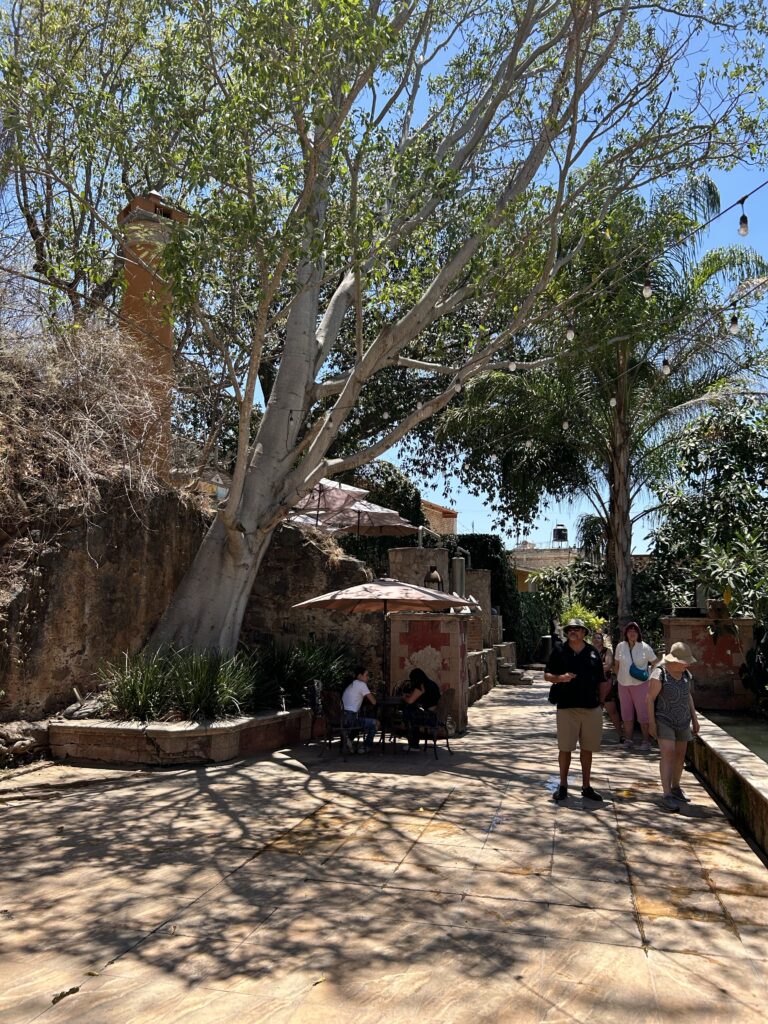
Based on the search results provided, there is strong evidence that Amatitan, Mexico could be considered the historical birthplace of tequila rather than the town of Tequila itself.
The key points supporting Amatitan’s claim are:
- The Tecuane Canyon in Amatitan contains what are believed to be the oldest tequila distillery ruins, dating back to the early 1700s. This includes ancient workings like agave cooking pits, fermentation tanks carved into rock, and early stills, predating the town of Tequila’s tequila production.
- Multiple sources state that Amatitan has the oldest recorded evidence of using fermenters and stills to produce agave spirits (“vino de mezcal”), which were the precursors to modern tequila.
- The Amatiteña tequila brand uses production methods dating back to the early 19th century or before in Amatitan, embracing the area’s heritage as a birthplace of tequila.
- The Tecuane Canyon area is cited as the potential origin of the blue agave variety used in tequila production, rather than the Santa Rosa Canyon near Tequila.
While the town of Tequila gave its name to the spirit and has a long tequila tradition, the evidence suggests the actual origins and earliest distillation of tequila-like beverages trace back to the Amatitan region.
So in summary, while both towns have historical significance, the archaeological ruins and longstanding artisanal production methods in Amatitan provide compelling evidence that it could be considered the true historical birthplace of tequila.
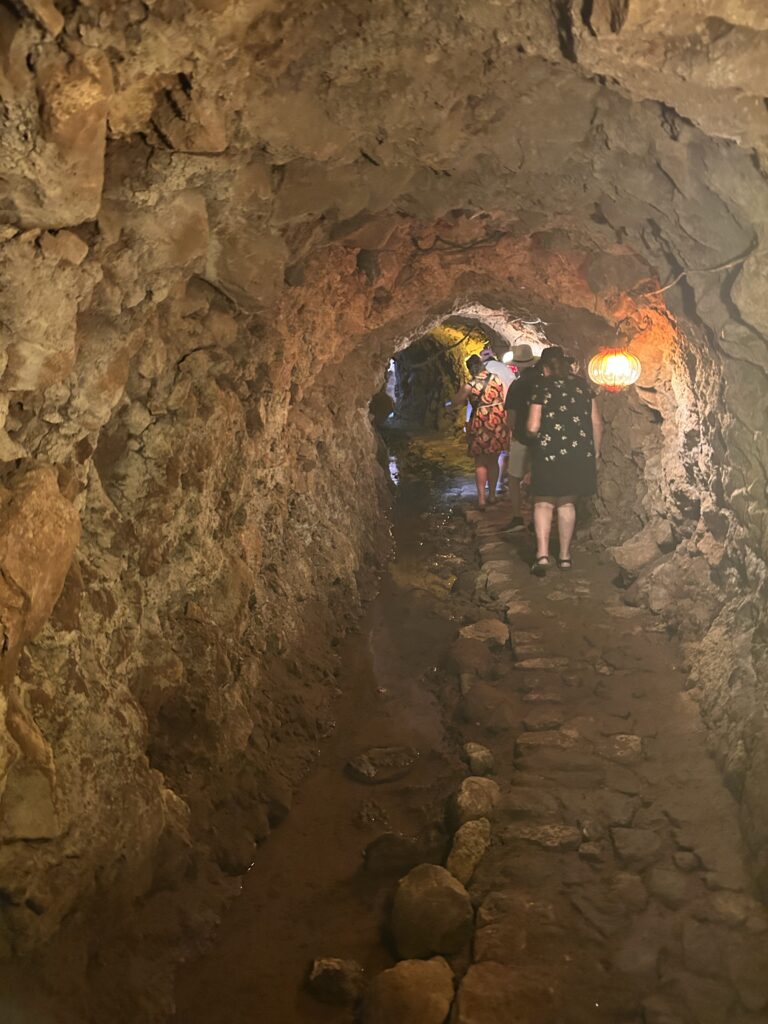
According to the search results, Tecuane Canyon in Amatitan, Jalisco has strong historical evidence of being one of the earliest sites of tequila production, predating the town of Tequila itself. Here are the key points about the history of tequila production in this area:
So in summary, while the town of Tequila gave its name to the iconic spirit, the rugged Tecuane Canyon in nearby Amatitan contains the oldest known physical remnants of an entire tequila production facility from the 1700s. This, combined with local oral histories, makes a strong case for Amatitan being the historical birthplace where tequila originated and evolved from traditional fermented agave drinks. A marker proclaims:
The Birthplace of Tequila is Amatitán 1769
Historical documents and chronicles from the XVIII century confirm that in Amatitán they were producing a local mezcal wine. It is probable that it was in the rustic distilleries scattered about in the ravines of the canyon of the Rio Grande del Santiago that the first successful experiments combined the ancient local traditions with new technology brought by the Europeans. The fusion resulted in the mezcal wine that now defines the region, tequila.
Instructions for collecting taxes on the mezcal wine of Tequila that were written in 1769 recognized the significant production of the distillate made by the inhabitants of the ancient Village of San Juan Bautista de Amatitán.
In fact it was stated that the largest factory, of mezcal wine in the region at that time was inAmatitán At that time the cultivation of mezcals and the production of mezcal wine were recognized as an ancient custom of the Indians in Nueva Galicia.
Since the XVII century the Spanish Kings authorized the production of mezcal wine by the natives but, Spaniards and other people were strictly prohibited from participating in the industry by threat of fines and other punishments.
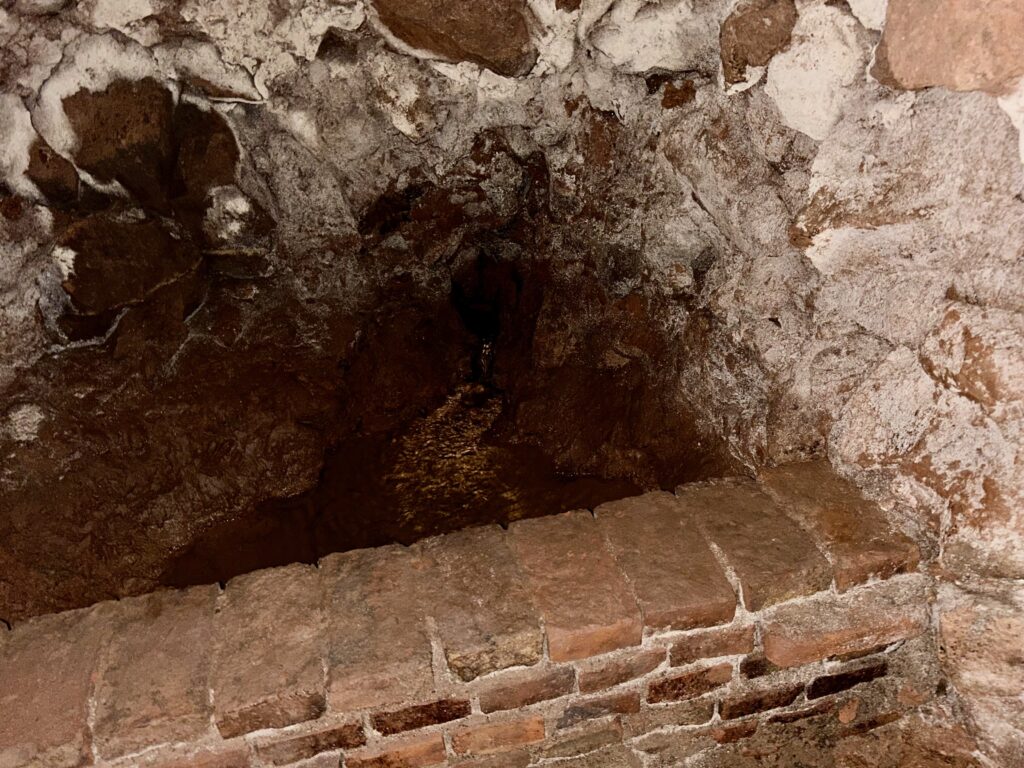
Pink tequila, also known as rosé tequila or rosa tequila, is a unique type of tequila that gets its distinctive pink hue and flavor profile from being aged in barrels that previously held red wine.The process involves:
- Starting with a 100% agave blanco tequila
- Aging or “resting” this tequila for a period of time (often around 28 days) in oak barrels that were previously used to age red wines
- During this resting period, the tequila extracts residual red wine flavors and a natural pink color from the wine-soaked barrel staves
This results in a tequila with a beautiful rose or pink color, along with subtle fruity notes and a smooth, wine-like finish imparted by the wine barrel aging. The exact flavor profile can vary based on the type of red wine barrels used.Some key points about pink tequila:
- It is considered a “joven” or unaged tequila since the wine barrel resting is relatively short compared to aged tequilas
- The red wine barrel aging makes it smoother and softer compared to other unaged blanco tequilas
- It can be sipped neat over ice to appreciate the unique flavors, or used in cocktails
- Premium brands like Celosa carefully select high-quality wine barrels from top estates to create a luxurious rosa tequila
So in essence, pink tequila is a specialty tequila that combines traditional tequila production with innovative wine barrel-aging to create a one-of-a-kind rosy spirit with a delightfully smooth taste and aroma.
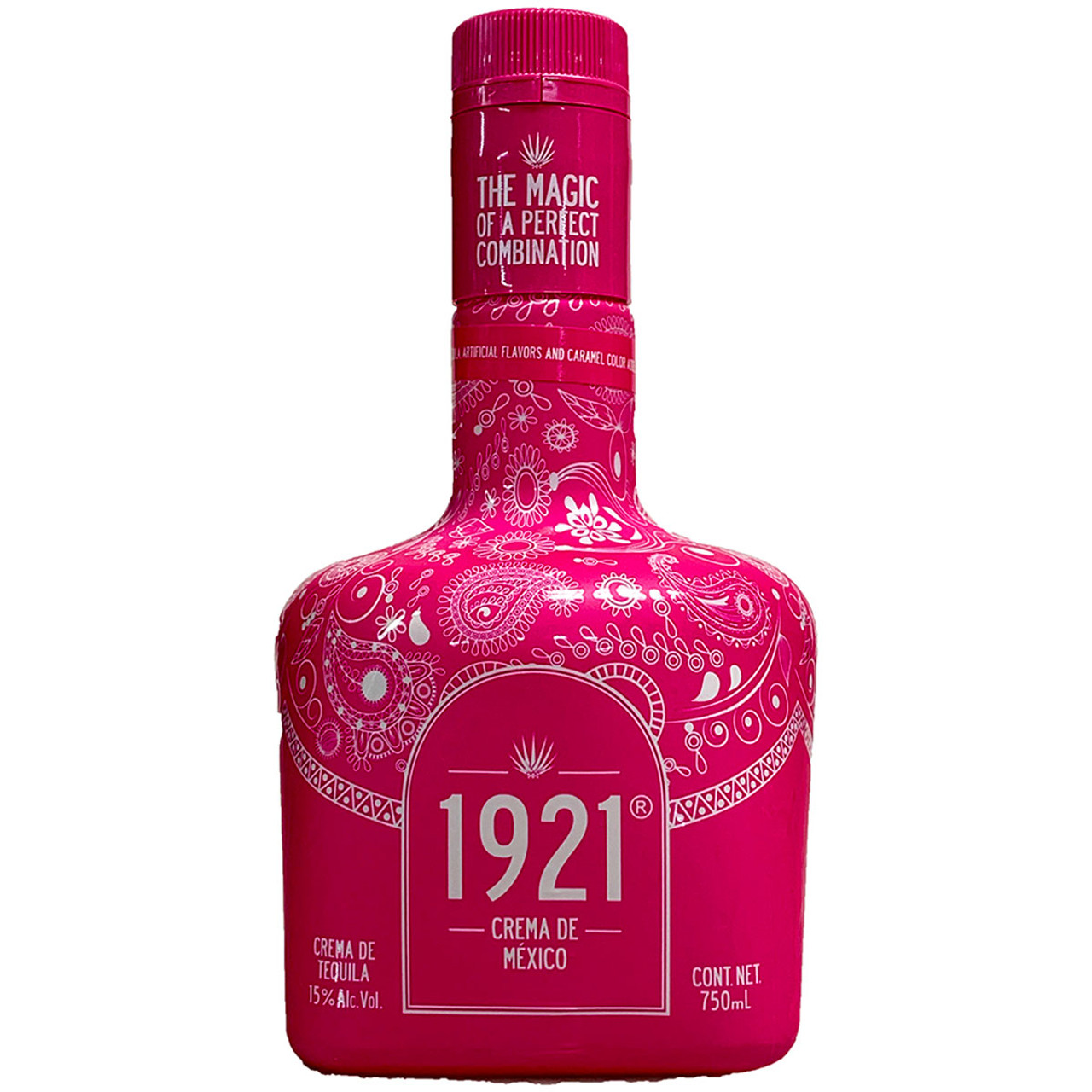
The search results do not provide a clear origin story or details on how pink tequila (also called rosé or rosa tequila) was first invented. However, they do explain what pink tequila is and the process behind creating it:Pink tequila starts with a 100% agave blanco (unaged) tequila. This blanco tequila is then “rested” or aged for a period of time, typically around 28 days, in oak barrels that were previously used to age red wines.During this resting period in the wine-soaked barrels, the tequila extracts residual red wine flavors and takes on a natural pink/rose hue from the wine residue in the barrel staves. The longer it rests, the deeper the pink color becomes.
This innovative aging process results in a tequila with subtle fruity notes and a smooth, wine-like finish imparted by the previous wine barrel aging. The exact flavor profile can vary based on the type of red wine barrels used.While the results don’t reveal who first had the idea to age tequila in ex-wine casks or provide a specific origin date, they suggest this pink tequila style emerged from experimentation by tequila producers looking to create unique flavor variations. The rose color and wine notes were likely a happy unintended consequence of this barrel aging technique.So in summary, while the inventor is unknown, pink tequila was developed by resting blanco tequila in former red wine casks to impart a distinctive rosy hue and wine-influenced taste profile. This creative barrel aging process produced an entirely new style of tequila.
What is El Güero #1?
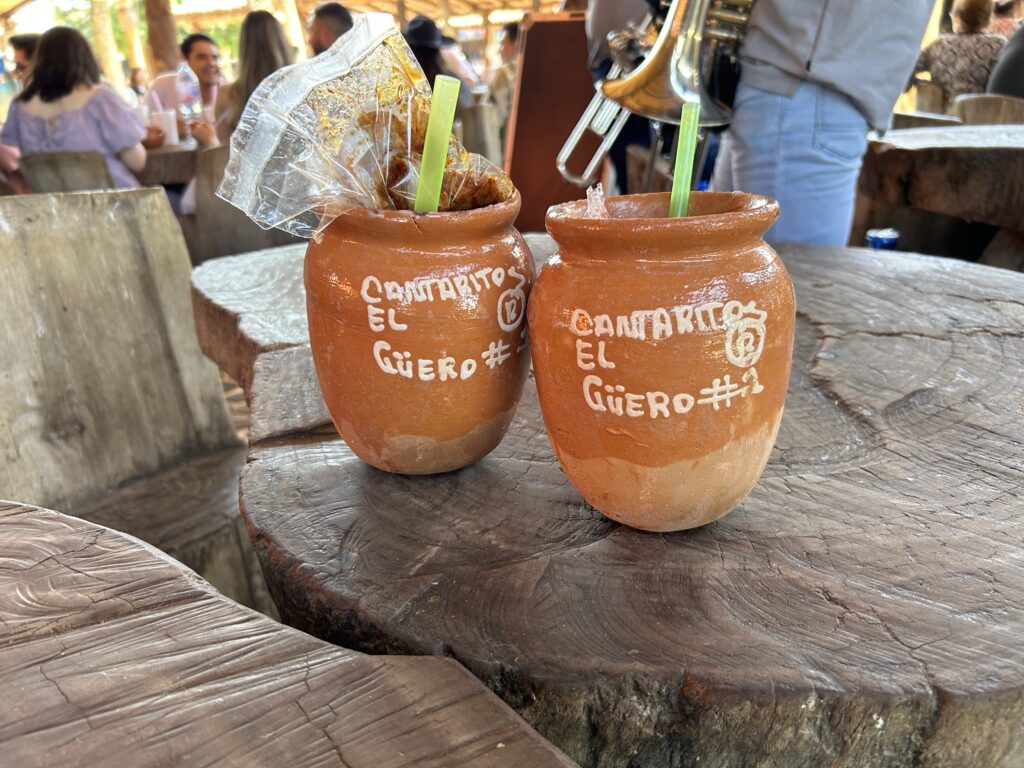
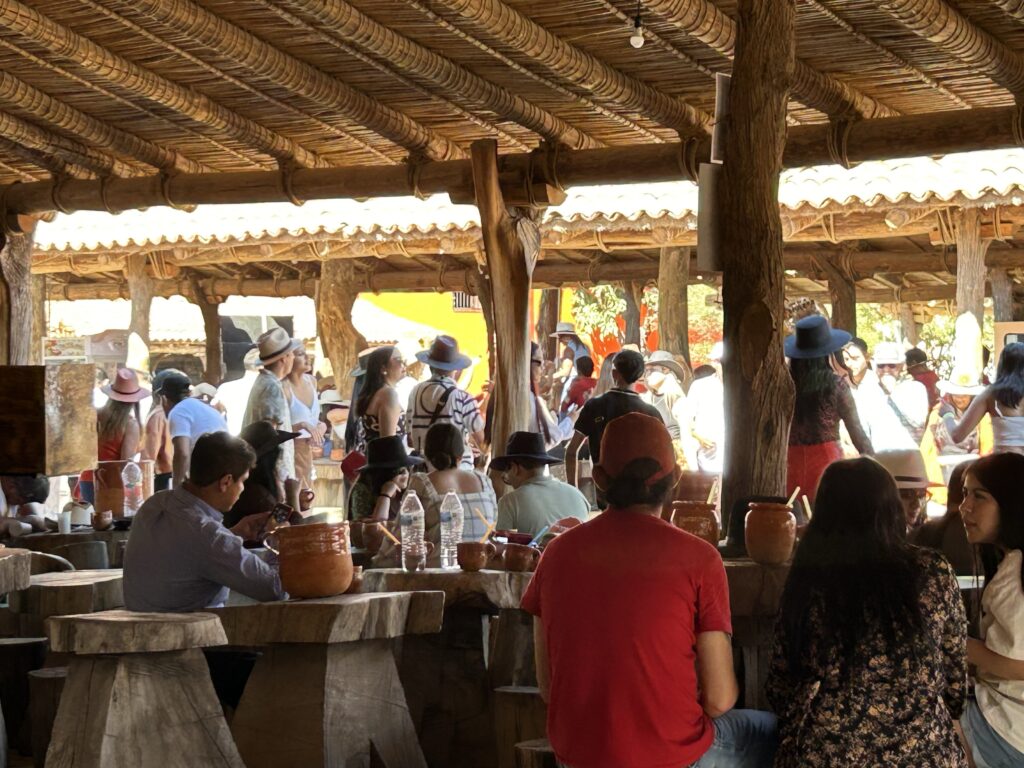
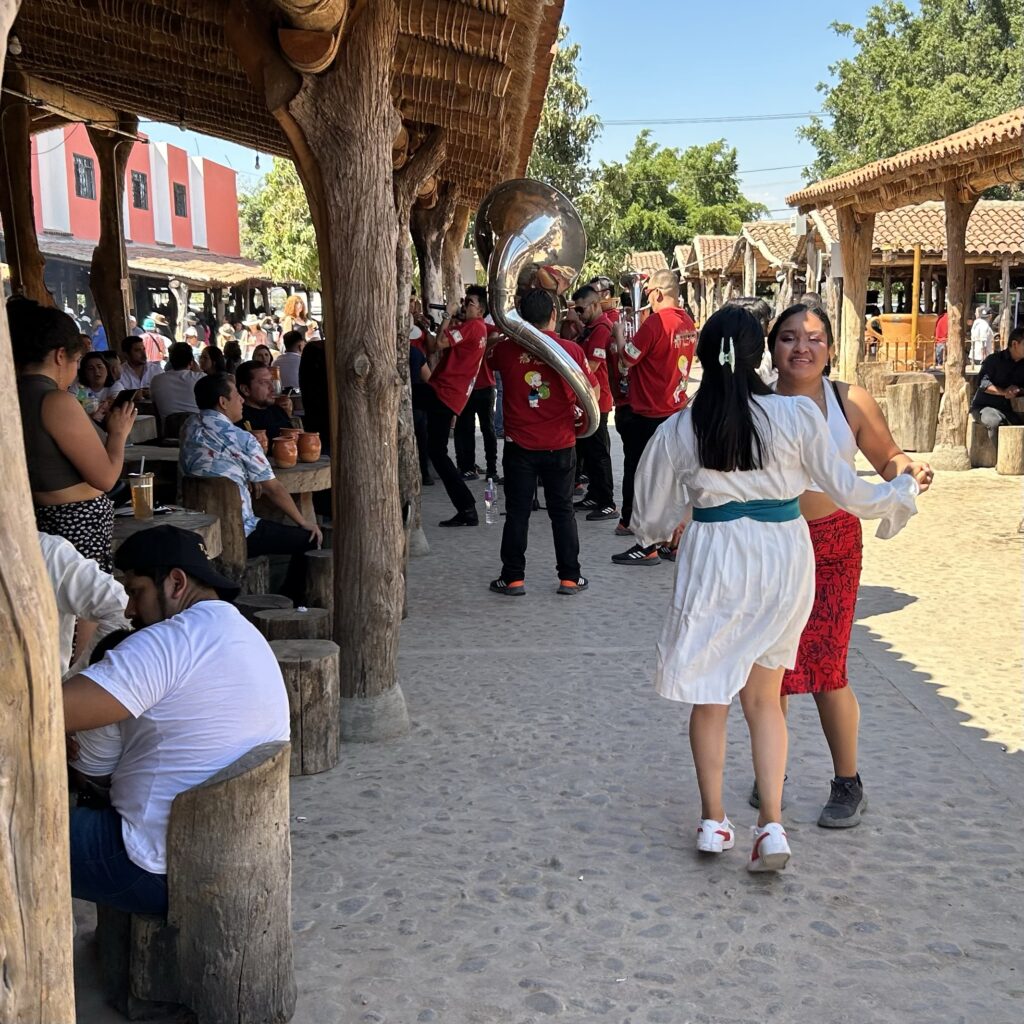
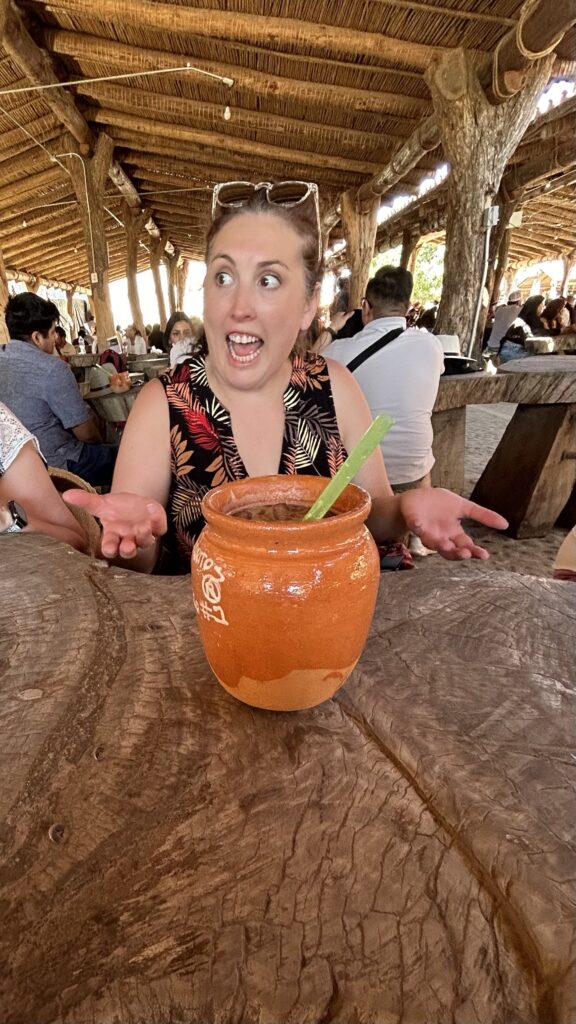
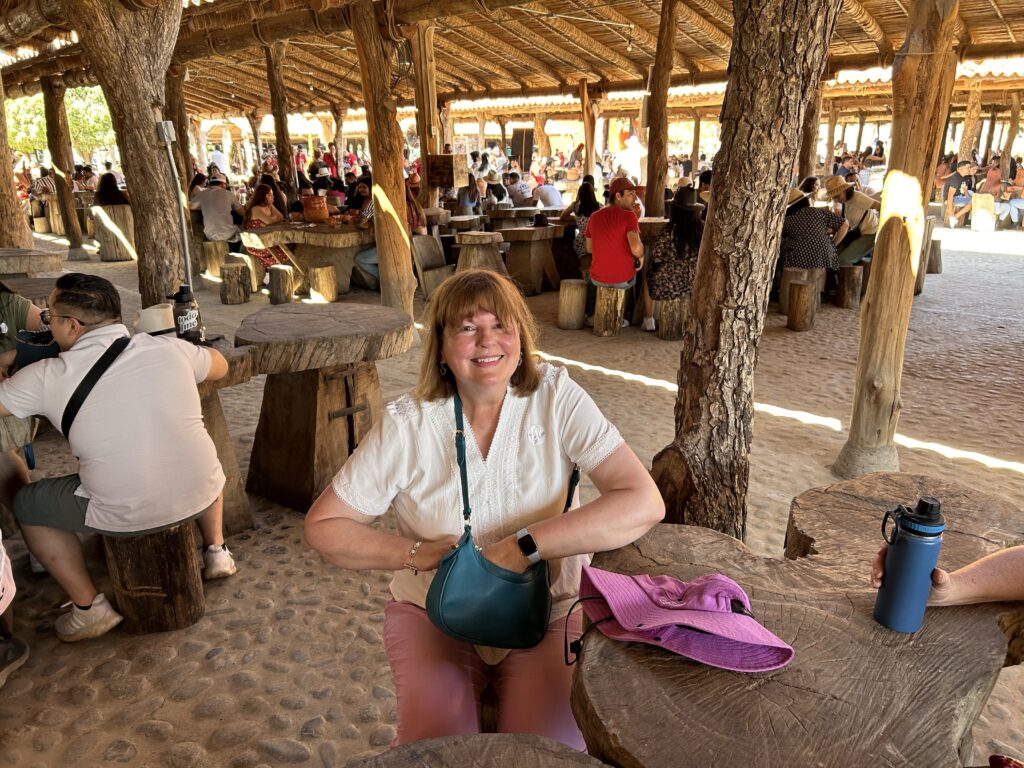
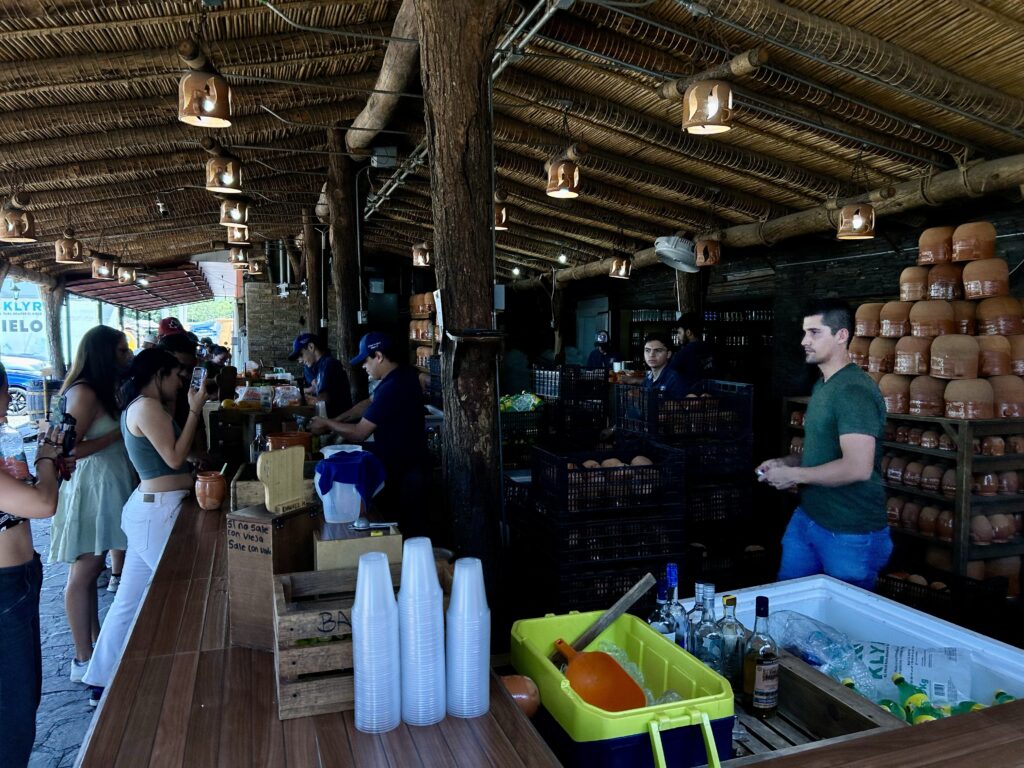
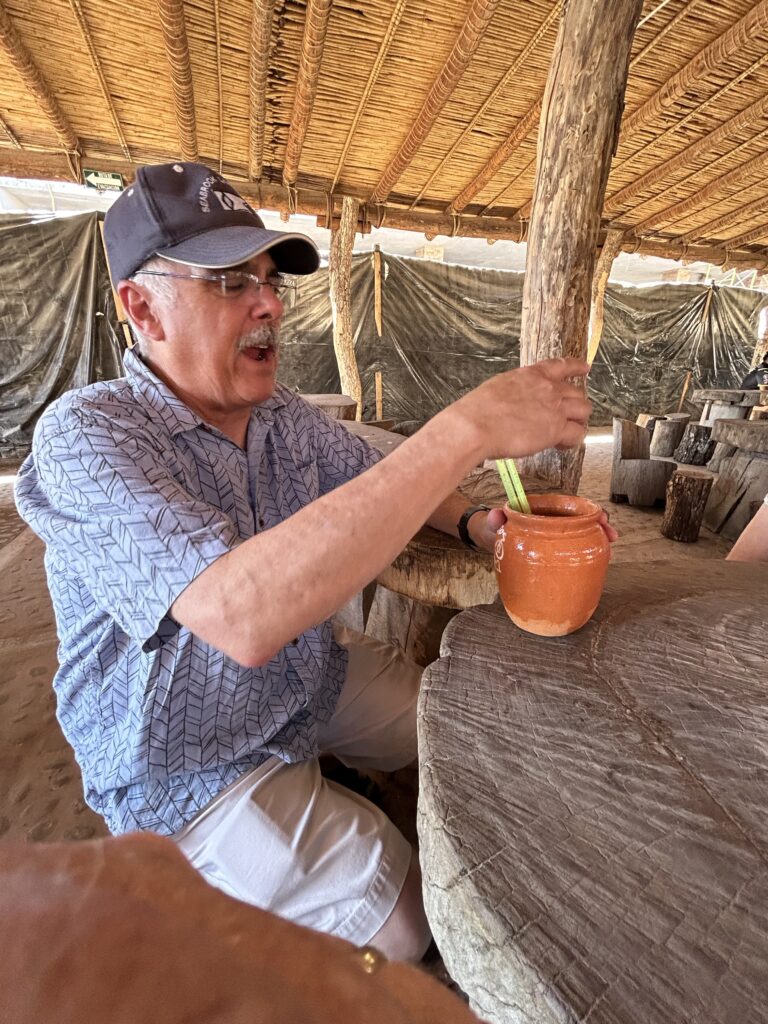
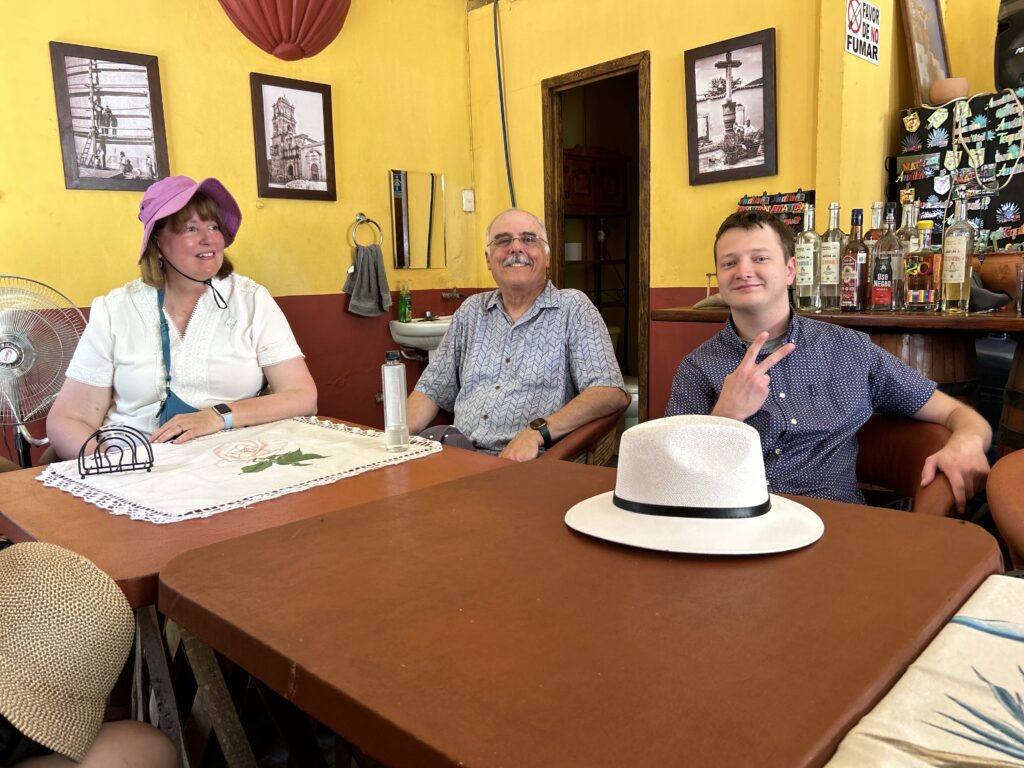
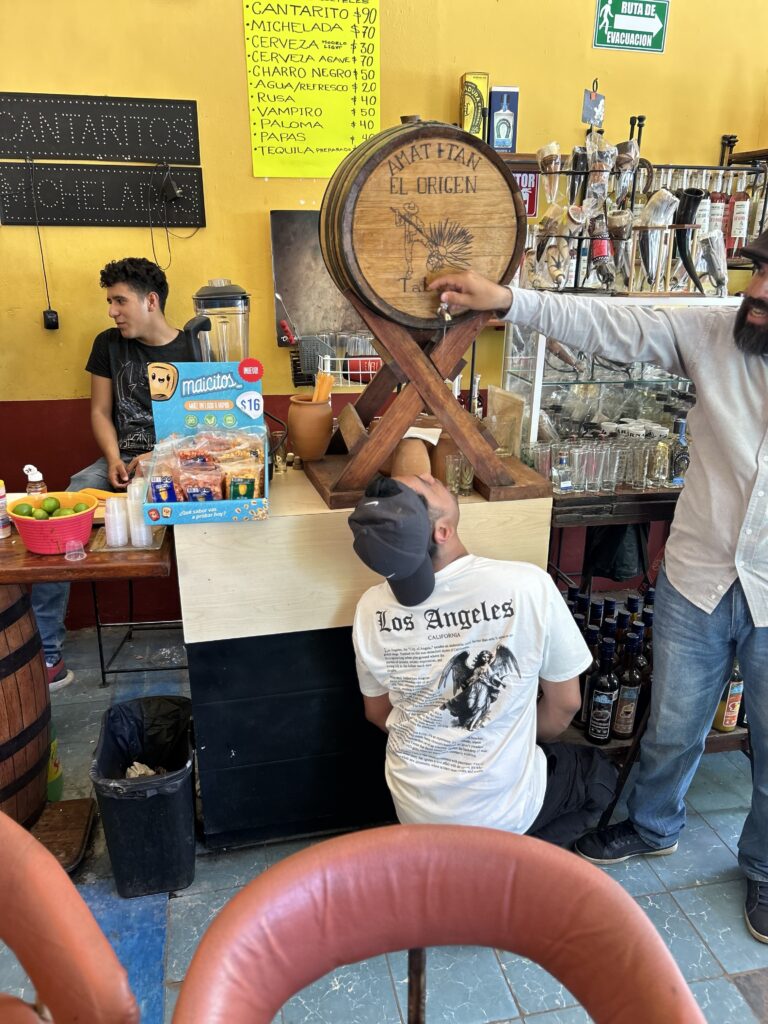
El Güero #1 is a popular local spot in the town of Tequila, Jalisco, Mexico, known for its traditional Mexican cocktails called “cantaritos.” It has gained significant fame and is often included in tequila tours for several reasons:
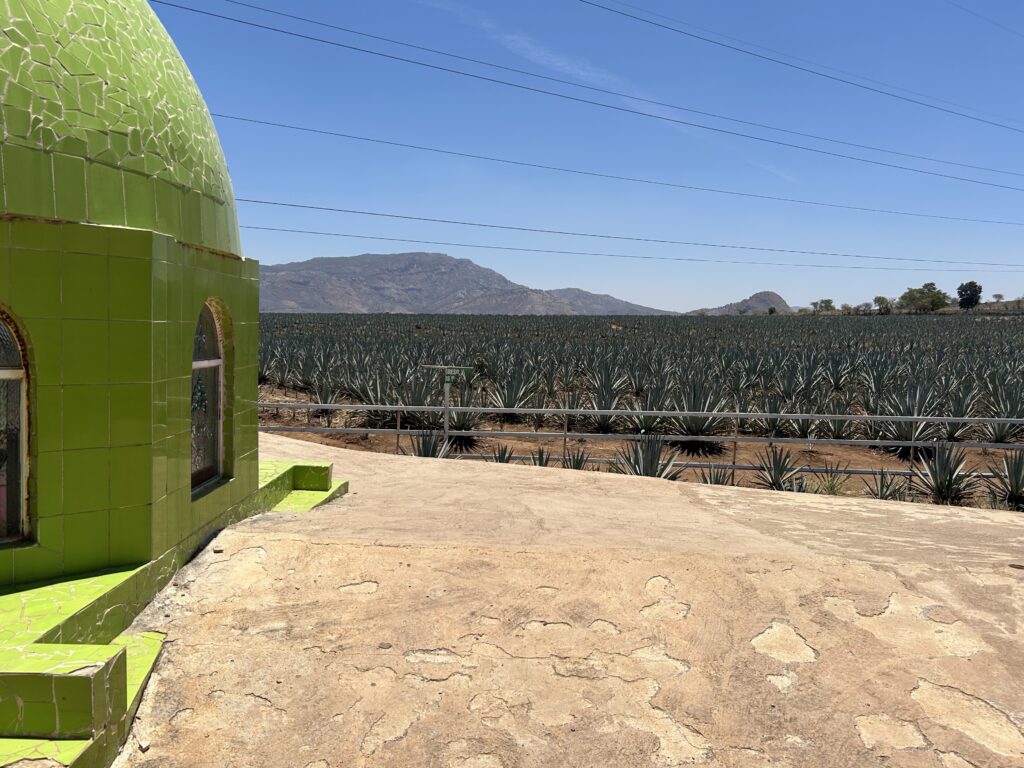
- Cantaritos El Güero #1 is renowned for its vibrant atmosphere and its signature drink, the cantarito. This cocktail is made with tequila, citrus juices (such as lime, orange, and grapefruit), soda, and a pinch of salt, served in a large clay pot.
- The venue is famous for its giant cantaritos, which are often featured in social media posts due to their impressive size and presentation.
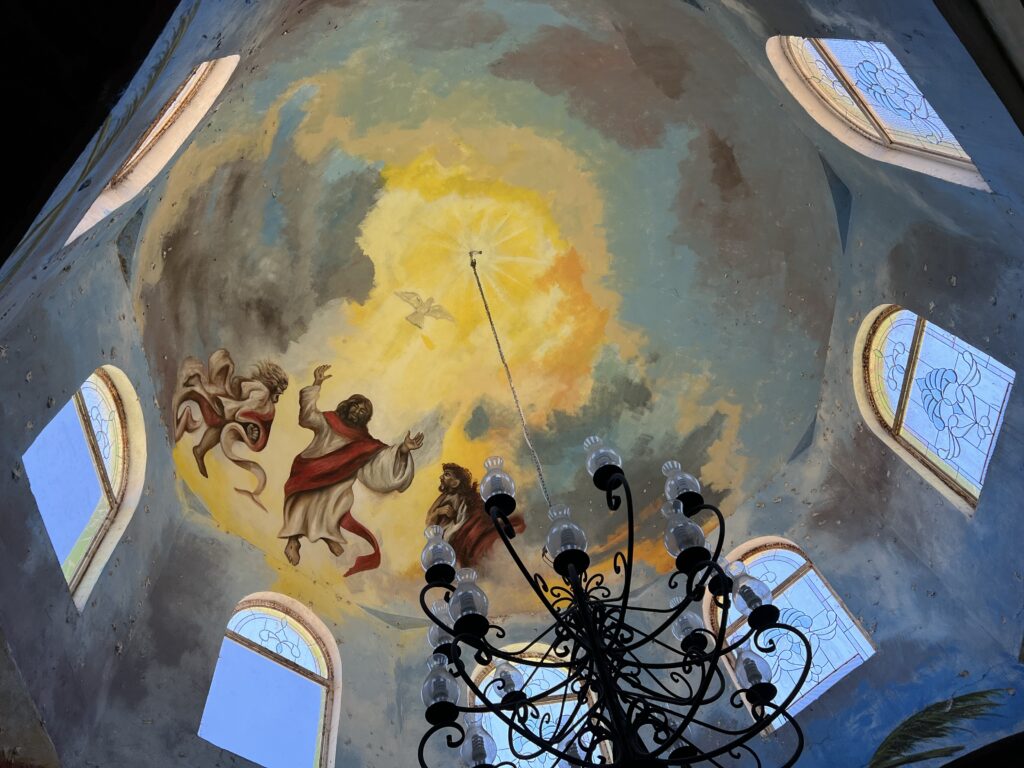
Why is it on Tequila Tours?
- Cultural Experience: El Güero #1 offers a quintessential Mexican drinking experience that complements the educational aspect of tequila tours. Visitors get to enjoy a traditional drink in a lively, authentic setting.
- Popularity and Social Media Fame: The spot has gained internet fame, particularly on platforms like TikTok and Instagram, making it a must-visit for tourists looking to capture and share their experiences.
- Complement to Tequila Tasting: After learning about the tequila production process and sampling various tequilas at the distilleries, visiting El Güero #1 allows tourists to enjoy tequila in a different, more casual and festive context.
- Local Attraction: It is a well-known local attraction that provides a break from the more structured parts of the tour, offering a chance to relax and enjoy the local culture and beverages.
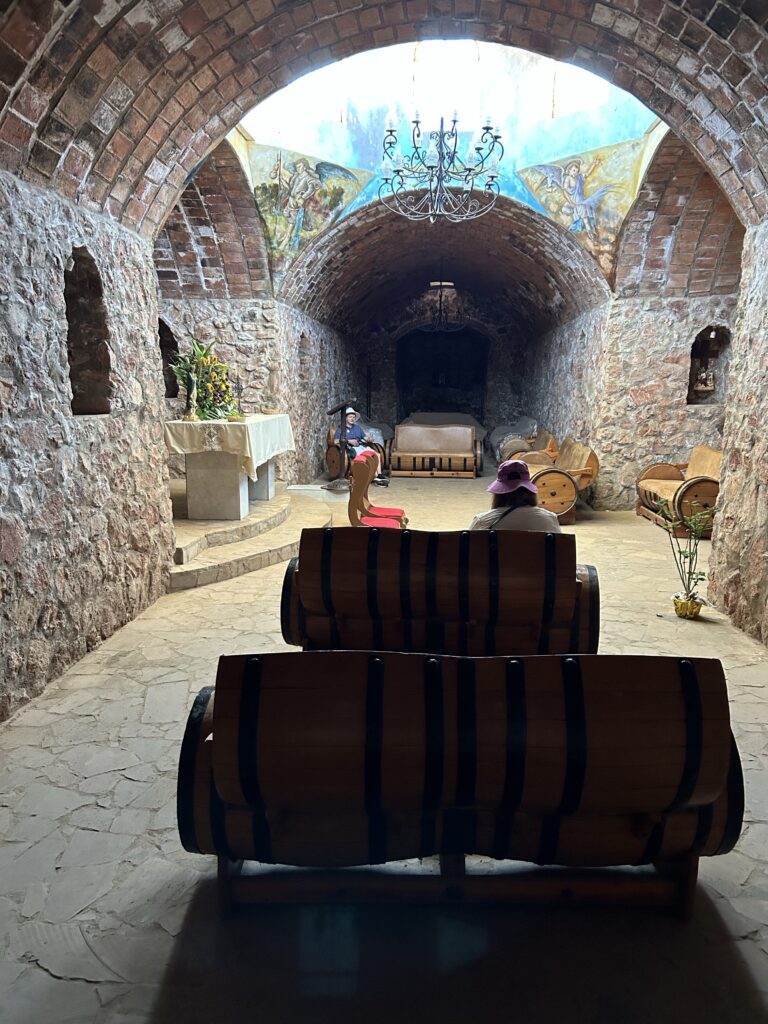
Tour Inclusions
- Tequila Tasting: Tours often include a stop at El Güero #1 as part of a broader itinerary that features tequila tastings and factory tours.
- Interactive Experience: Visitors can see how cantaritos are made and enjoy the vibrant atmosphere, which is a highlight for many tourists.
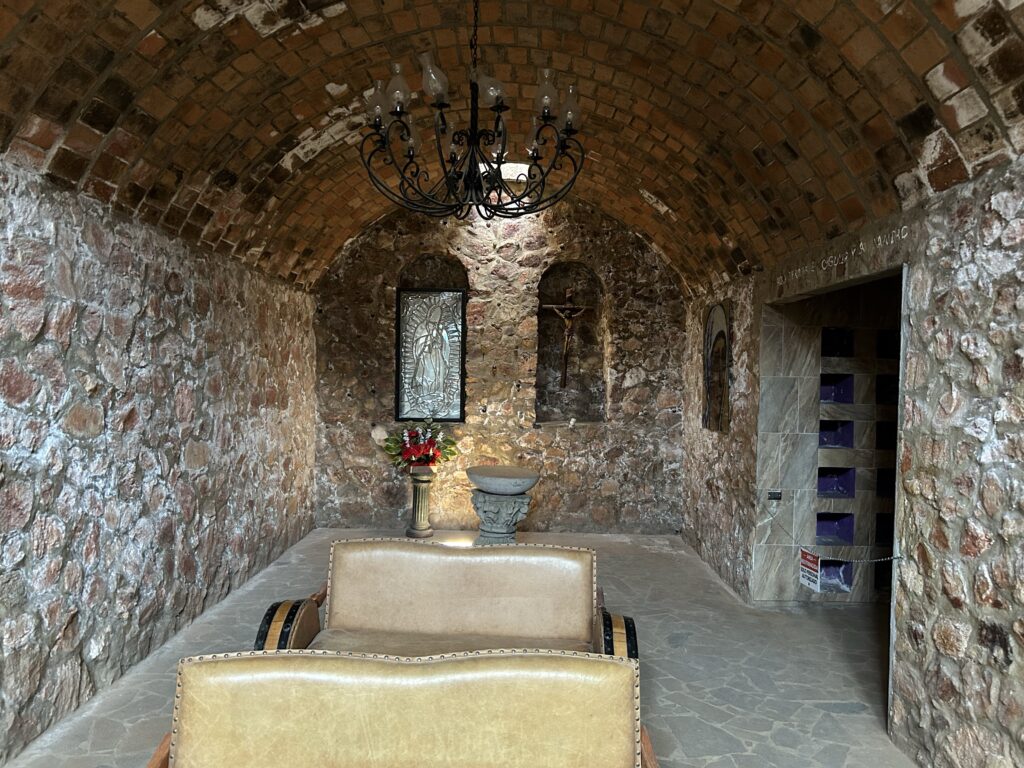
Here is the recipe for the famous cantaritos served at Cantaritos El Güero in Amatitán, Jalisco:
Ingredients:
- Tequila blanco (2 oz per drink)
- Fresh orange juice (1 oz per drink)
- Fresh grapefruit juice (1.5 oz per drink)
- Fresh lime juice (0.25 oz per drink)
- Fresh lemon juice (0.25 oz per drink)
- Pinch of salt
- Grapefruit soda (Squirt or Jarritos brand)
- Ice
- Lime/grapefruit wedges for garnish
- Optional: Chamoy and Tajin seasoning for rimming the glass
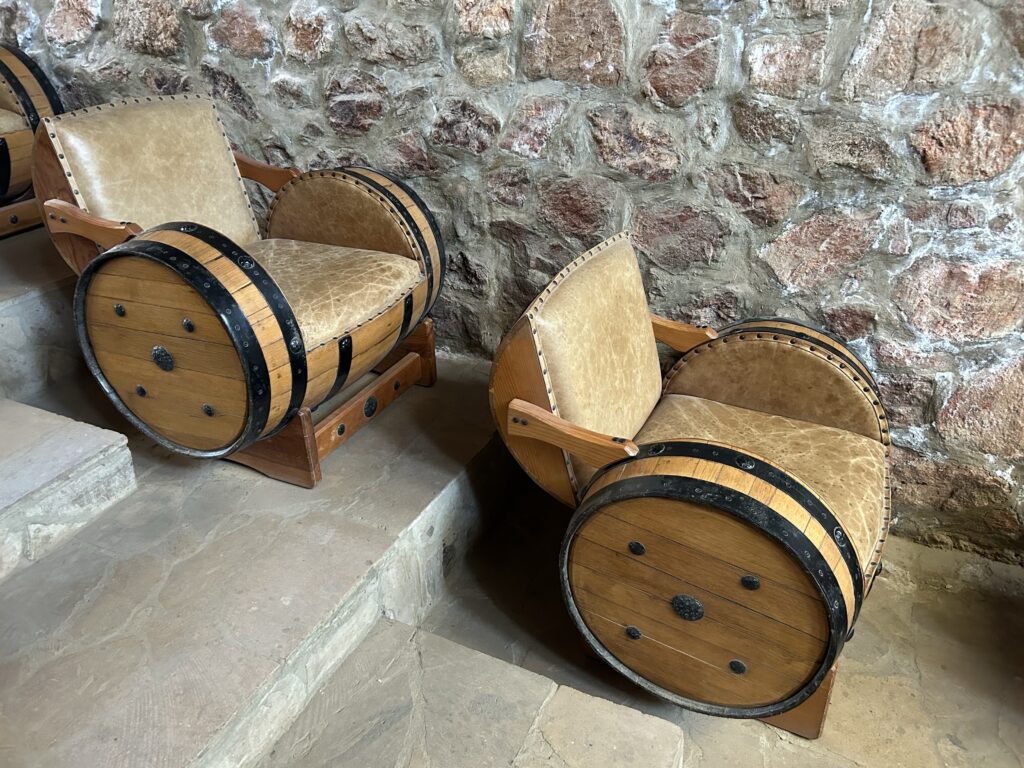
Instructions:
- Fill a traditional clay cantarito cup or glass halfway with ice cubes.
- Squeeze in the measured amounts of fresh orange, grapefruit, lime and lemon juices.
- Add 2 oz of tequila blanco and a generous pinch of salt.
- Gently stir or shake to combine the ingredients.
- Top off the cantarito with grapefruit soda like Squirt or Jarritos until almost full.
- Garnish with a lime or grapefruit wedge.
- Optional: Rim the cantarito cup with a mixture of chamoy sauce and Tajin chili-lime seasoning.
The key to El Güero’s cantaritos is using freshly squeezed citrus juices and high-quality tequila blanco. The combination of tart, sweet and salty flavors with the effervescence of the grapefruit soda makes for a uniquely refreshing cocktail.The traditional clay cantarito cups are meant to keep the drink colder for longer. But you can make it in any glass by chilling it first with ice water before assembling the cocktail.

In summary, El Güero #1 is a popular stop on tequila tours due to its cultural significance, social media popularity, and the unique, enjoyable experience it offers to visitors. It provides a perfect complement to the more educational aspects of tequila tours, allowing tourists to immerse themselves in the local drinking culture.

Cantaritos El Güero holds significant cultural and social importance in the tequila industry for several reasons:
Cultural Significance
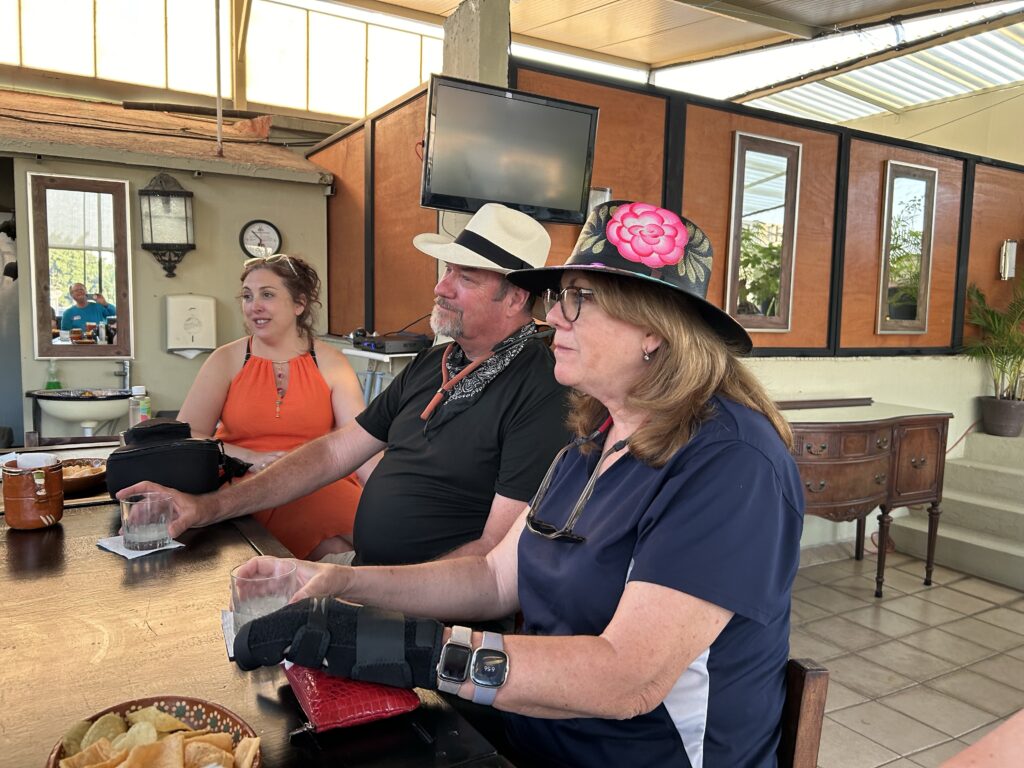
- Traditional Drink: Cantaritos El Güero is renowned for its signature drink, the cantarito, which is a traditional Mexican cocktail made with tequila, citrus juices (lime, orange, grapefruit), soda (typically Squirt), and a pinch of salt, all served in a large clay mug called a cántaro. This drink is a regional specialty of Jalisco and offers a unique way to enjoy tequila.
- Historical Roots: The use of clay mugs (cántaros) for serving drinks has historical roots, as these vessels were traditionally used to fetch and store water. The clay’s alkalinity neutralizes the acids in the citrus, enhancing the drink’s flavor. This ties the modern drinking experience to historical practices, adding depth to the cultural experience.
Social and Economic Impact
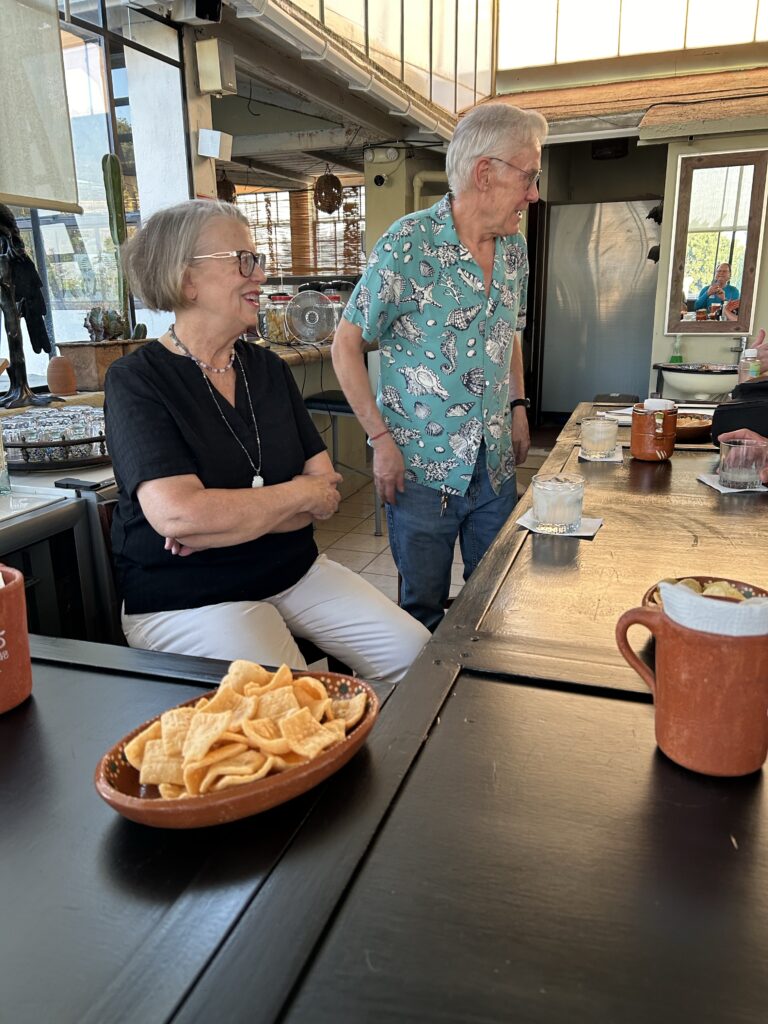
- Tourist Attraction: Located on the road between Amatitán and Tequila, Cantaritos El Güero has become a popular stop for tourists on tequila tours. It offers an authentic and lively experience that complements the more educational aspects of tequila distillery tours. The venue’s vibrant atmosphere, characterized by loud music, charismatic bartenders, and large crowds, makes it a memorable part of the tour.
- Popularity and Social Media: The fame of Cantaritos El Güero has spread beyond Mexico, partly due to its presence on social media platforms like TikTok and Instagram. Videos and posts showcasing the giant cantaritos and the energetic environment have contributed to its popularity among both locals and tourists.
- Economic Contribution: The high volume of visitors and the large quantities of tequila consumed at Cantaritos El Güero contribute significantly to the local economy. The bar’s efficient operation, with bartenders and support staff working in harmony to serve drinks quickly, highlights its role as a major player in the local hospitality industry.
Unique Experience
- Authentic Beverage Preparation: Unlike some tourist traps, Cantaritos El Güero is known for using freshly squeezed citrus juices and high-quality tequila, providing an authentic drinking experience. This authenticity is a key draw for visitors seeking a genuine taste of Jalisco’s beverage culture.
- Variety and Customization: The bar offers cantaritos in various sizes, from small individual servings to massive 20-liter options, allowing visitors to choose according to their preferences and group size. This flexibility adds to the appeal and fun of the experience.
Conclusion
Cantaritos El Güero is significant in the tequila industry not only for its role in promoting traditional Mexican cocktails but also for its impact on tourism and the local economy. Its blend of cultural authenticity, social media fame, and vibrant atmosphere makes it a must-visit destination for anyone exploring the tequila region of Jalisco.

When was Tequila invented?
Tequila has a long history dating back to the Aztec civilization in present-day Mexico. Here are some key points about the origins and invention of tequila:

- The Aztecs first fermented the sap of the agave plant around 250-300 AD to produce a ceremonial alcoholic beverage called pulque. This can be considered the earliest precursor to tequila.
- After the Spanish conquest in the 16th century, the Spanish began experimenting with distilling agave fermented beverages, likely producing the first distilled tequila-like spirit in the early 1600s.
- In 1608, there is documented evidence of the production of “mezcal wine” (an early tequila form) in the area around the town of Tequila in Jalisco.
- By the 1700s, the production of agave distillates that we would recognize as modern tequila started emerging around the town of Tequila.
- In 1758, the Cuervo family began commercially distilling and mass-producing tequila.
- In 1902, tequila was officially defined and distinguished from other regional mezcal spirits as originating specifically from the Jalisco region.

So while agave fermentation dates back over 1,500 years, the distilled spirit we know as tequila today emerged gradually through the 17th-19th centuries, with its modern identity and regulations solidifying in the early 20th century.
The town considered the birthplace of tequila is Tequila, located in the state of Jalisco, Mexico. This town is renowned for its unique geological and climatic conditions, which are ideal for cultivating the blue Weber agave plant, the sole agave variety used in tequila production.
Method to Make Tequila
The method to make tequila has evolved over centuries but retains several traditional steps:
- Harvesting: The process begins with the harvesting of the blue Weber agave plant. The heart of the plant, known as the piña, is extracted.
- Cooking: The piñas are then roasted or steamed to convert the complex carbohydrates into fermentable sugars.
- Crushing: After cooking, the piñas are crushed to extract the sweet agave juice.
- Fermentation: The extracted juice is fermented with yeast to convert the sugars into alcohol, producing a low-proof liquid called “ordinario”.
- Distillation: The ordinario is distilled twice to purify and concentrate the alcohol, resulting in tequila. The first distillation produces a low-proof spirit, and the second distillation refines it to the desired alcohol content.
- Aging (optional): Depending on the type of tequila being produced, the distilled spirit may be aged in oak barrels. Blanco tequila is unaged, reposado is aged for 2-12 months, añejo is aged for 1-3 years, and extra añejo is aged for over 3 years.
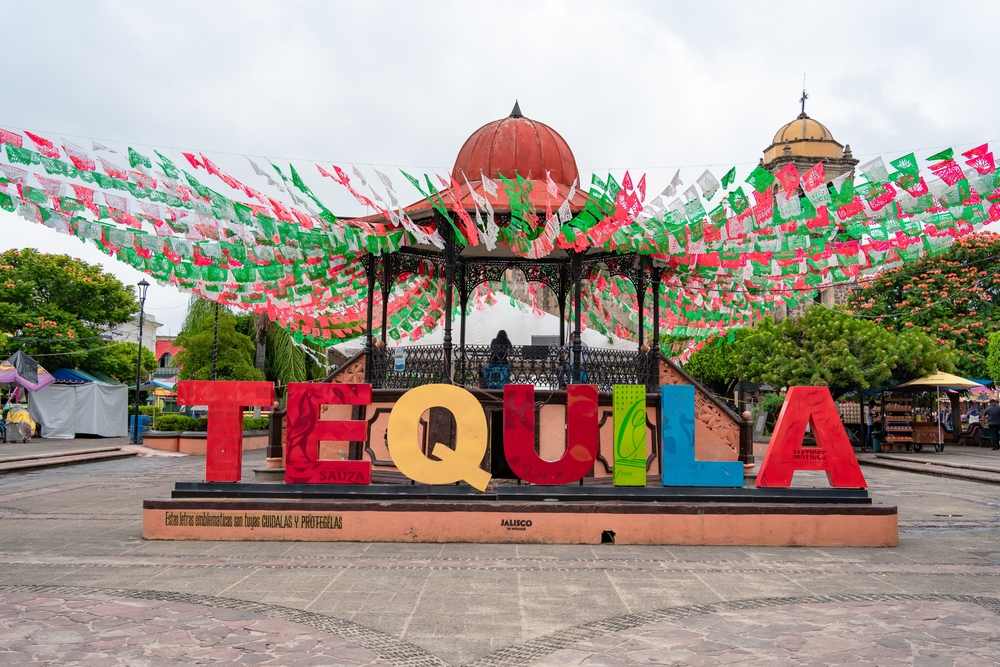
The Spanish introduced the distillation process to Mexico in the 16th century, transforming the indigenous fermented agave beverage, pulque, into the distilled spirit known as tequila today. The town of Tequila and its surrounding region have become synonymous with this iconic Mexican spirit, which is now protected by designation of origin laws.

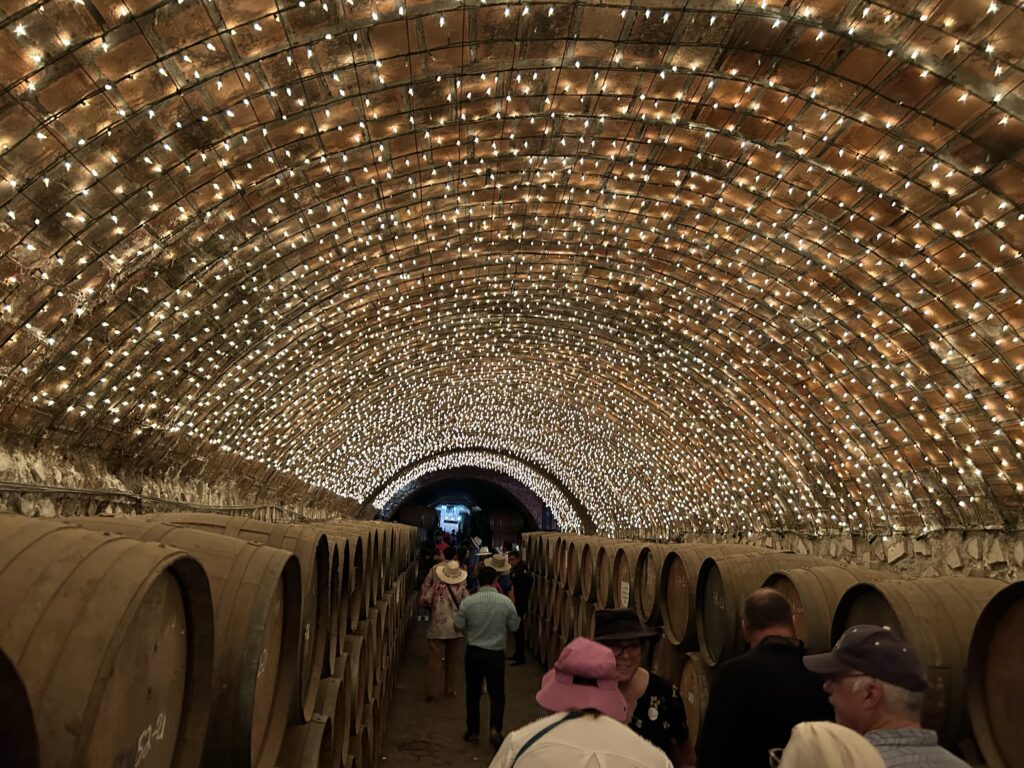
The traditional and modern methods of making tequila differ mainly in the tools and techniques used at various stages of the production process. These differences can significantly impact the flavor profile and quality of the final product.
Traditional Method
- Harvesting: The agave is harvested by hand using a special tool called a coa.
- Cooking: Piñas are baked in large brick or stone ovens (hornos) for several days. This slow-cooking process caramelizes the agave, creating fermentable sugars and imparting a characteristic flavor.
- Milling: After cooking, the softened piñas are crushed using a “tahona,” a large stone wheel, to extract the agave juice.
- Fermentation: The juice is left to ferment in open-air wooden vats, allowing wild yeasts to convert the sugars into alcohol naturally.
- Distillation: Copper pot stills are typically used, which retain certain flavor compounds, creating a robust and nuanced spirit.
Modern Method
- Harvesting: Remains largely unchanged, with jimadors using a coa to harvest the agave.
- Cooking: Modern methods may use stainless steel autoclaves for cooking the piñas, which can be faster and more controlled than traditional ovens.
- Milling: Mechanical shredders or roller mills expedite the process of crushing the cooked piñas to extract the juice, known as “aguamiel”.
- Fermentation: This step can be done in stainless steel tanks, which allows for a more controlled environment. Yeast may be added to accelerate and control the fermentation process.
- Distillation: Modern distilleries might use stainless steel pot stills or distillation towers. Some tequilas are distilled three times for extra purity.
Key Differences
- Flavor: Traditional methods are believed to impart a more complex and richer flavor profile due to the slow cooking and natural fermentation processes.
- Efficiency: Modern methods are more efficient and can produce tequila at a faster rate. This is beneficial for meeting the high demand for tequila globally.
- Control: Modern techniques offer more control over the fermentation and distillation processes, potentially leading to a more consistent product.
- Sustainability: Traditional methods, while more labor-intensive and time-consuming, are often seen as more sustainable and environmentally friendly.

In summary, the traditional method of making tequila is characterized by its reliance on time-honored techniques and tools, such as the tahona and brick ovens, which many believe contribute to a deeper, more authentic flavor. The modern method, on the other hand, incorporates technological advancements to increase efficiency and control, which can lead to a more consistent product but may sacrifice some of the unique characteristics imparted by the traditional process.
Is Amatitan Mexico the birthplace of historical Tequila?
Based on the search results provided, there is strong evidence that Amatitan, Mexico could be considered the historical birthplace of tequila rather than the town of Tequila itself.The key points supporting Amatitan’s claim are:
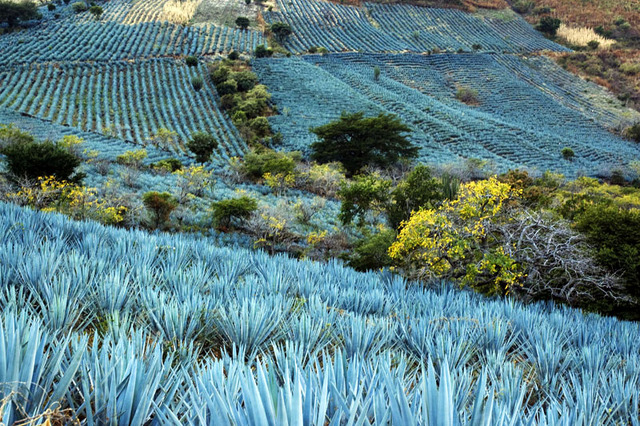
- The Tecuane Canyon in Amatitan contains what are believed to be the oldest tequila distillery ruins, dating back to the early 1700s. This includes ancient workings like agave cooking pits, fermentation tanks carved into rock, and early stills, predating the town of Tequila’s tequila production.
- Multiple sources state that Amatitan has the oldest recorded evidence of using fermenters and stills to produce agave spirits (“vino de mezcal”), which were the precursors to modern tequila.
- The Amatiteña tequila brand uses production methods dating back to the early 19th century or before in Amatitan, embracing the area’s heritage as a birthplace of tequila.
- The Tecuane Canyon area is cited as the potential origin of the blue agave variety used in tequila production, rather than the Santa Rosa Canyon near Tequila.

While the town of Tequila gave its name to the spirit and has a long tequila tradition, the evidence suggests the actual origins and earliest distillation of tequila-like beverages trace back to the Amatitan region.So in summary, while both towns have historical significance, the archaeological ruins and longstanding artisanal production methods in Amatitan provide compelling evidence that it could be considered the true historical birthplace of tequila.

what is the history of tequila production in tecuane canyon, amatitan, jalisco, mexico
According to the search results, Tecuane Canyon in Amatitan, Jalisco has strong historical evidence of being one of the earliest sites of tequila production, predating the town of Tequila itself. Here are the key points about the history of tequila production in this area:
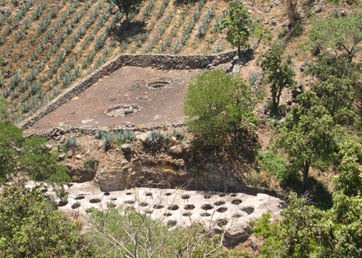
- The Tecuane Canyon contains the ruins of what is believed to be the oldest tequila distillery, called Taberna El Tecuane, dating back to the early 1700s. This makes it potentially the birthplace of commercial tequila production.
- The ancient workings in Tecuane Canyon include agave cooking pits, 44 large fermentation tanks carved into rock (each holding 3000 liters), and early stills cooled by a nearby spring.This demonstrates the complete tequila production process was happening here centuries ago.
- Local experts claim the blue agave variety used for tequila originated in Tecuane Canyon, not the Santa Rosa Canyon near Tequila as commonly believed. This lends credence to Amatitan’s role as a pioneering tequila region.
- The Amatiteña tequila brand uses production methods dating back to at least the early 19th century in Amatitan, highlighting the area’s long tequila heritage.
- Archaeological evidence suggests indigenous peoples in the region were fermenting agave beverages (“vino de mezcal”) before the Spanish arrived and introduced distillation techniques to create the first tequila-like spirits.
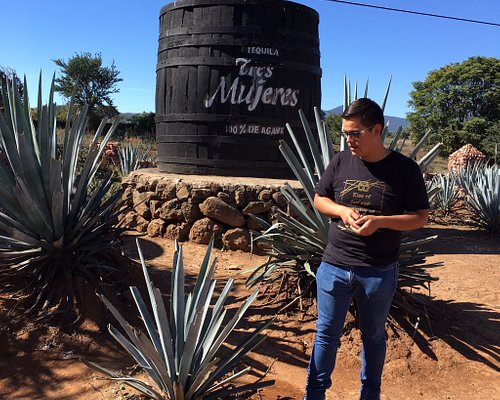
So in summary, while the town of Tequila gave its name to the iconic spirit, the rugged Tecuane Canyon in nearby Amatitan contains the oldest known physical remnants of an entire tequila production facility from the 1700s. This, combined with local oral histories, makes a strong case for Amatitan being the historical birthplace where tequila originated and evolved from traditional fermented agave drinks.

The process for making tequila that is reflected in the label brand involves several key steps:
- Developing a unique flavor profile for your tequila by working with master distillers in a tasting session. This allows you to create an exclusive taste that becomes your signature.
- Designing a personalized bottle, label and cap that reflects your brand identity. The label must include required elements like the NOM (distiller registration number), purity (100% agave), CRT certification, lot/batch number, and distiller’s name and address.
- Registering your brand name with the Consejo Regulador del Tequila (CRT) to secure the usage rights for the word “Tequila”. The CRT prioritizes approving high-quality brands that highlight tequila’s cultural heritage.
- Manufacturing your tequila at a premium distillery that meets all legal requirements. The distillery will handle liquid production, bottling and labeling to ensure top quality.
- Exporting your tequila to your target market with guidance on shipping documents and regulations. Bottles destined for export will have labels in both Spanish and English.
The label serves as a map to the tequila inside, providing key information about the distiller, purity, type (blanco, reposado, etc.), and compliance with Mexican regulations. Crafting a unique label is an important part of developing your tequila brand identity.
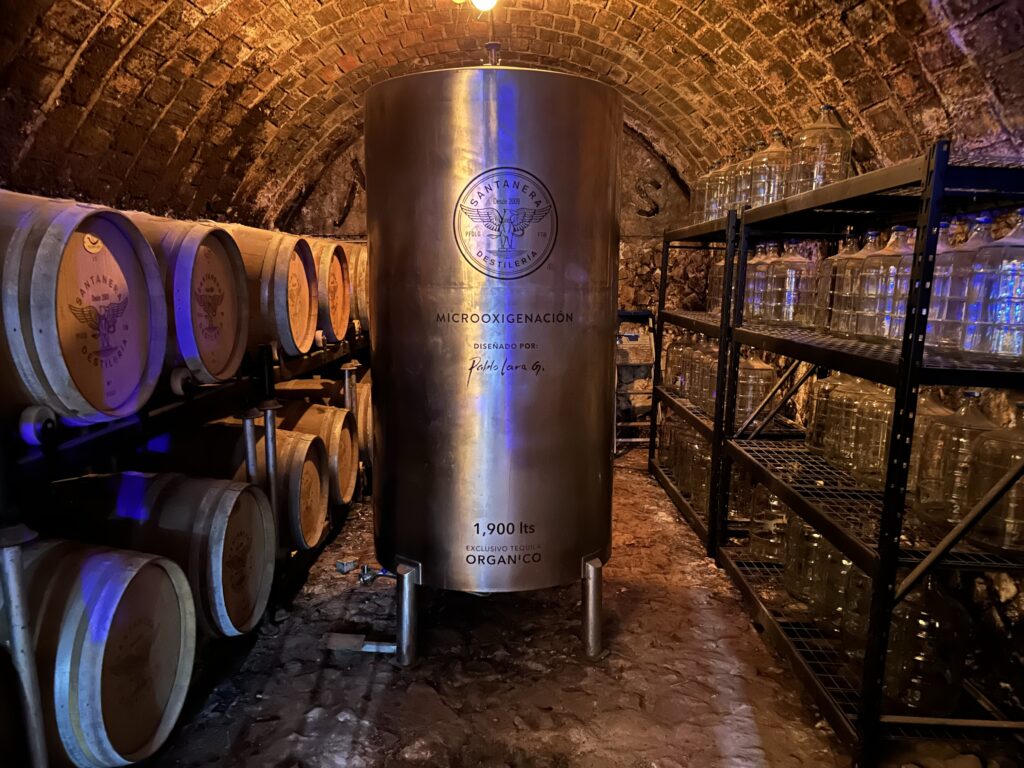
The Story Behind Santanera Tequila
Santanera Tequila was founded by Pablo Lara in 2009, driven by his deep love for Mexico and a desire to create an authentic, high-quality tequila that respects traditional methods and the environment. Here are the key points that outline the story and rise of Santanera Tequila:
Founding and Vision
- Pablo Lara’s Background: Pablo Lara comes from a long line of agave producers in Arandas, Jalisco. His family history in agave cultivation and distillation deeply influenced his approach to tequila production.
- Foundation Year: Santanera was founded in 2009, but it took over seven years of meticulous development before the first batch was released.
- Organic and Sustainable Practices: From the outset, Santanera focused on organic and sustainable farming practices, aiming to revive methods that had been largely abandoned by the mainstream tequila industry.
Unique Production Methods
- Single Plot Organic Tequila: Santanera’s first batch of single plot organic tequila was released in 2016. This approach is akin to the concept of single vineyard wines, emphasizing the unique characteristics of the terroir.
- Custom Equipment: The brand uses custom-built brick ovens and special concrete fermentation tanks. They also employ a unique technique called “Sonic Harmonization,” where classical music by Mozart is played 24 hours a day to the fermentation tanks, believed to create deeper flavors and aromas.
- Kosher Certification: Santanera tequilas are Kosher certified, ensuring they meet strict dietary standards and further emphasizing their commitment to purity and quality.
Commitment to Quality and Terroir
- Focus on Terroir: Each batch of Santanera tequila is crafted to highlight the specific characteristics of the land where the agave is grown. This focus on terroir is intended to produce a unique flavor profile for each batch.
- Sustainable Practices: The brand is committed to sustainability in every aspect of production, from using recycled agave fibers for packaging to engaging in organic farming practices.
Market Introduction and Popularity
- First Batch Release: The first batch of Santanera tequila was released in 2016, and it quickly gained recognition for its quality and unique production methods.
- Limited Edition Batches: Santanera produces limited edition batches, each with a distinct name and flavor profile. These batches are impossible to replicate, adding to their exclusivity and appeal.
- Recognition and Awards: The brand has received high praise from tequila enthusiasts and has been featured in various publications, further boosting its popularity.
Popularity and Market Position
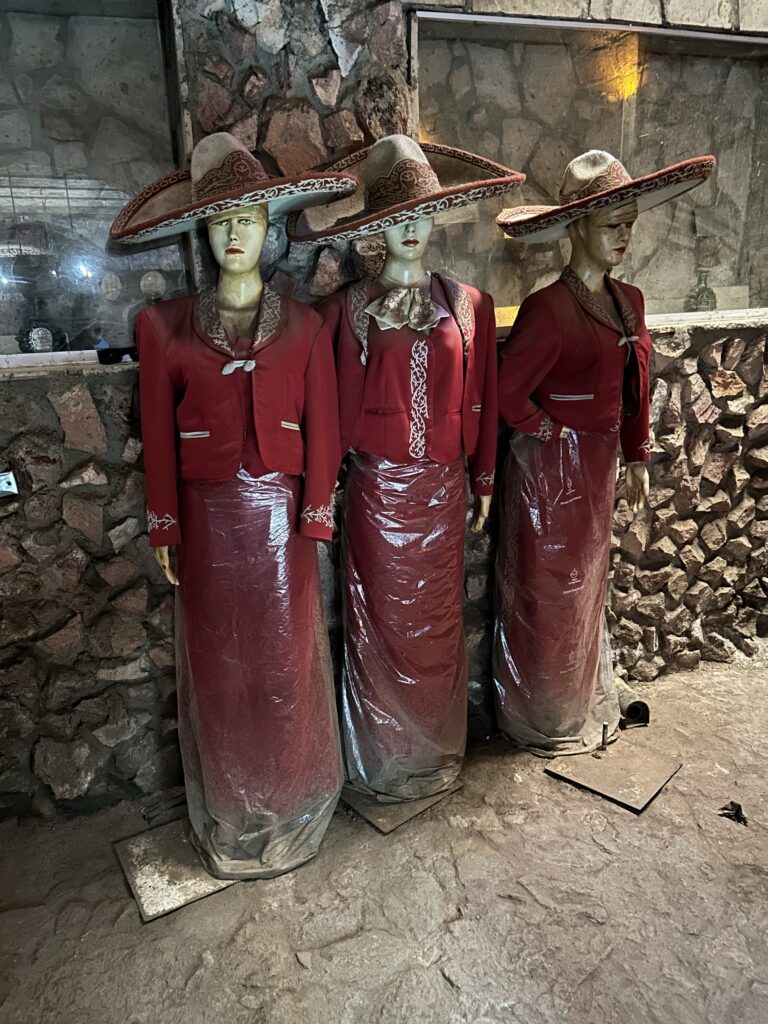
Santanera Tequila has become popular due to its commitment to quality, sustainability, and traditional production methods. The brand’s focus on organic and single plot tequilas, along with its innovative techniques like Sonic Harmonization, have set it apart in the crowded tequila market. Additionally, the limited edition nature of its batches creates a sense of exclusivity and desirability among consumers.In summary, Santanera Tequila’s rise to popularity can be attributed to its founder’s dedication to traditional and sustainable practices, its unique production methods, and its focus on producing high-quality, terroir-driven tequilas.
Crime and Pop Culture
Branded tequila has indeed been used by cartels to launder money and as part of the drug trade.
- $666 million, international transfers worth $330 million, and $137 million in suspect cash transactions made in US dollars.
- Specific Brands: The US Treasury Department has blacklisted specific tequila brands linked to cartels. For example, Onze Black, a tequila company in Jalisco, was found to be owned by Jessica Oseguera, daughter of CJNG leader Nemesio Oseguera Cervantes, alias “El Mencho”. Similarly, the Arellano Félix Cartel used a tequila brand called 4 Reyes to launder drug proceeds in Mexico and the United States.
- Historical Context: The involvement of cartels in the tequila industry is not new. In 2013, the US Treasury Department blacklisted several businesses, including two tequila companies, belonging to a drug trafficking group known as Los Güeros.
Impact on the Industry
- Extortion and Violence: Tequila producers, especially smaller distillers, have faced threats, attempted kidnappings, and extortion from criminal gangs. For instance, during a peak in violence around 2011, distillery owner Felipe Camarena reported hearing machine gun fire and witnessing bodies being carried away in the town of Arandas.
- Economic Influence: The tequila industry is hugely lucrative, worth an estimated $4.6 billion worldwide in 2019, with 80% of production going to the United States. This makes it an attractive target for cartels looking to launder money and hide their wealth.
- Regulatory Challenges: The Tequila Regulatory Council and other authorities face significant challenges in regulating and monitoring the industry to prevent cartel infiltration. The complexity and scale of the laundering schemes make it difficult to enforce regulations effectively.
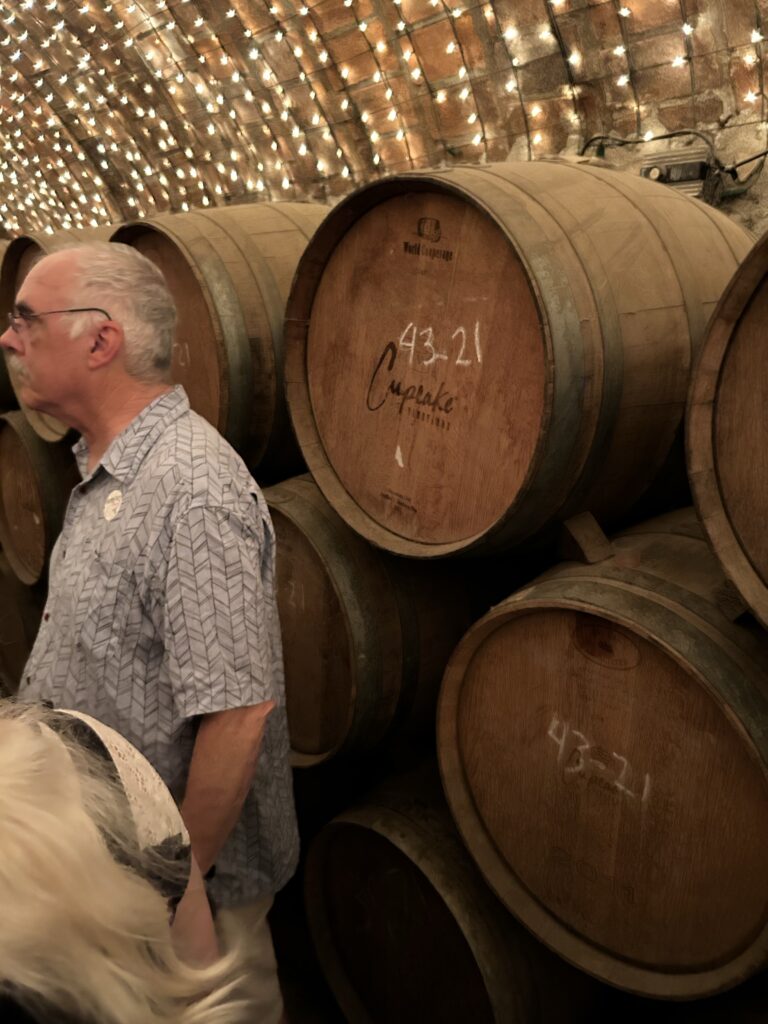
The involvement of criminal groups in the tequila industry highlights the broader issue of organized crime infiltrating legitimate businesses to launder illicit profits. This ongoing challenge requires coordinated efforts from both Mexican and international authorities to address effectively.
Cartels use tequila to launder money through a variety of sophisticated methods, leveraging the lucrative and globally recognized tequila industry to disguise and clean their illicit proceeds.
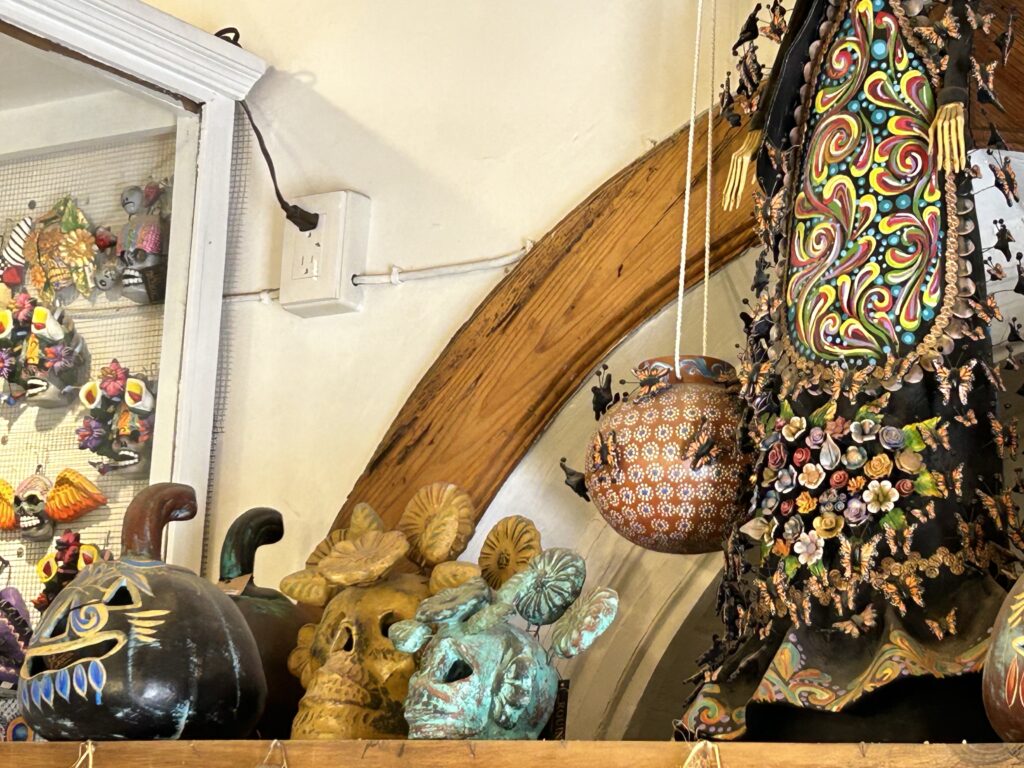
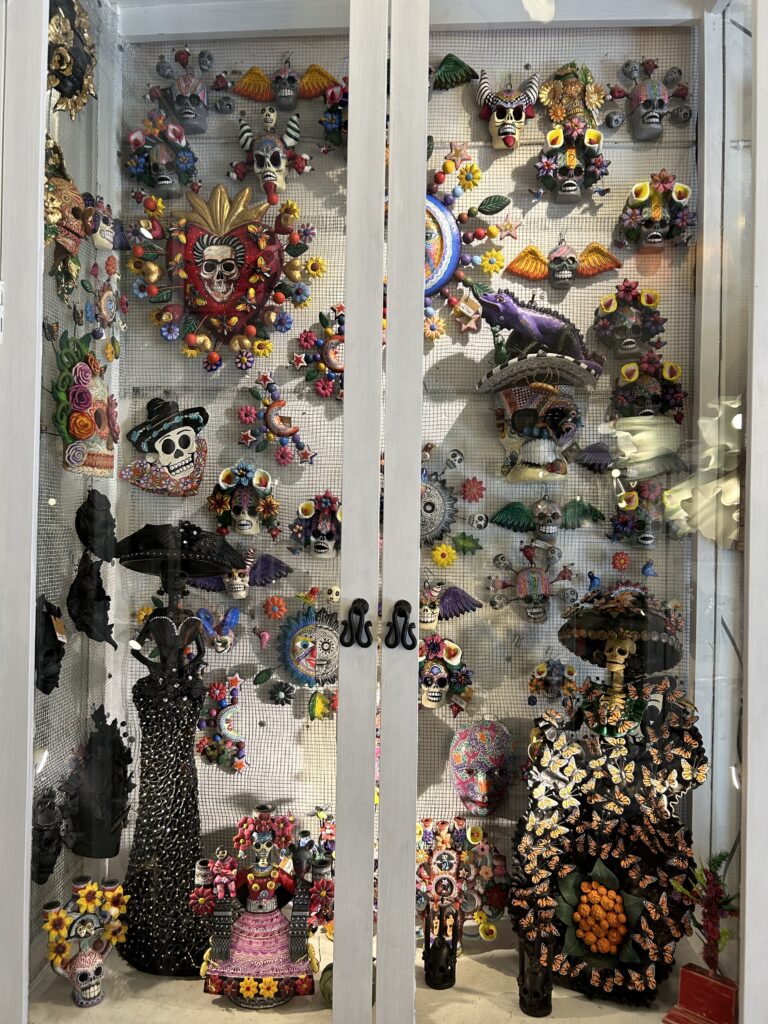
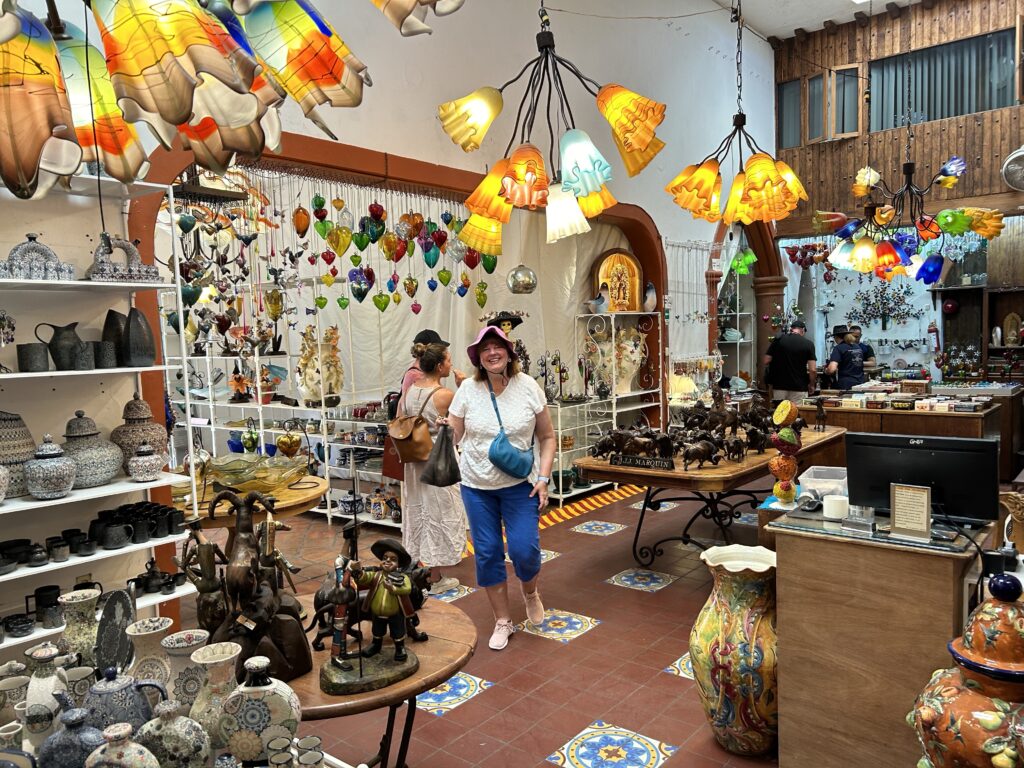
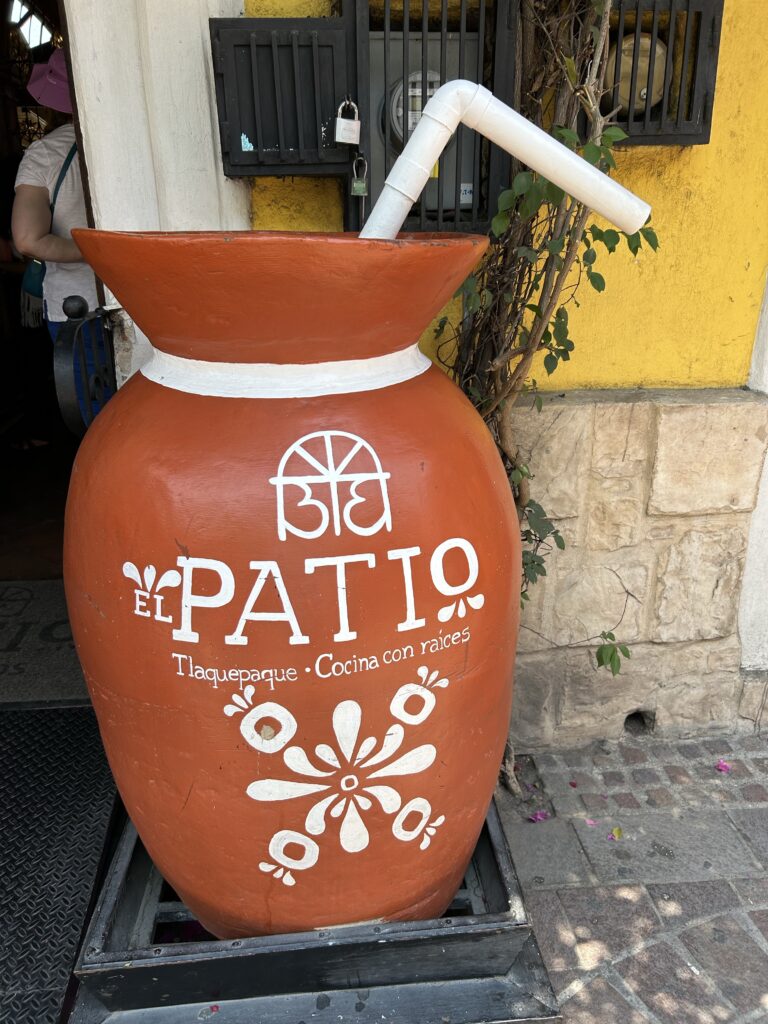
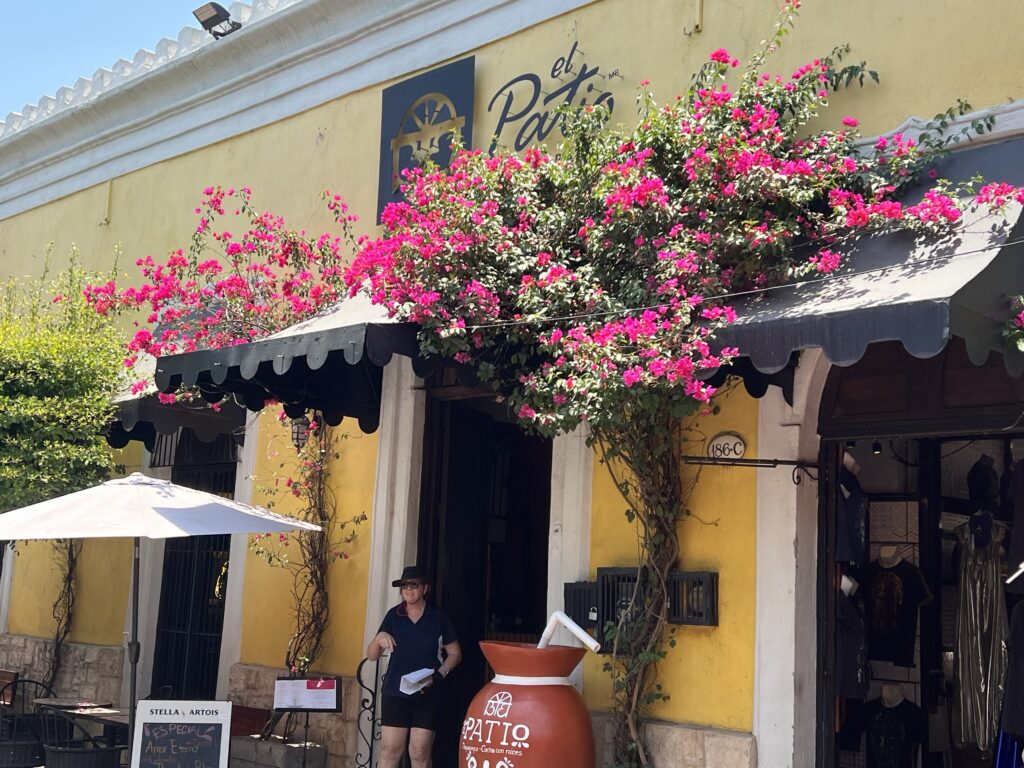
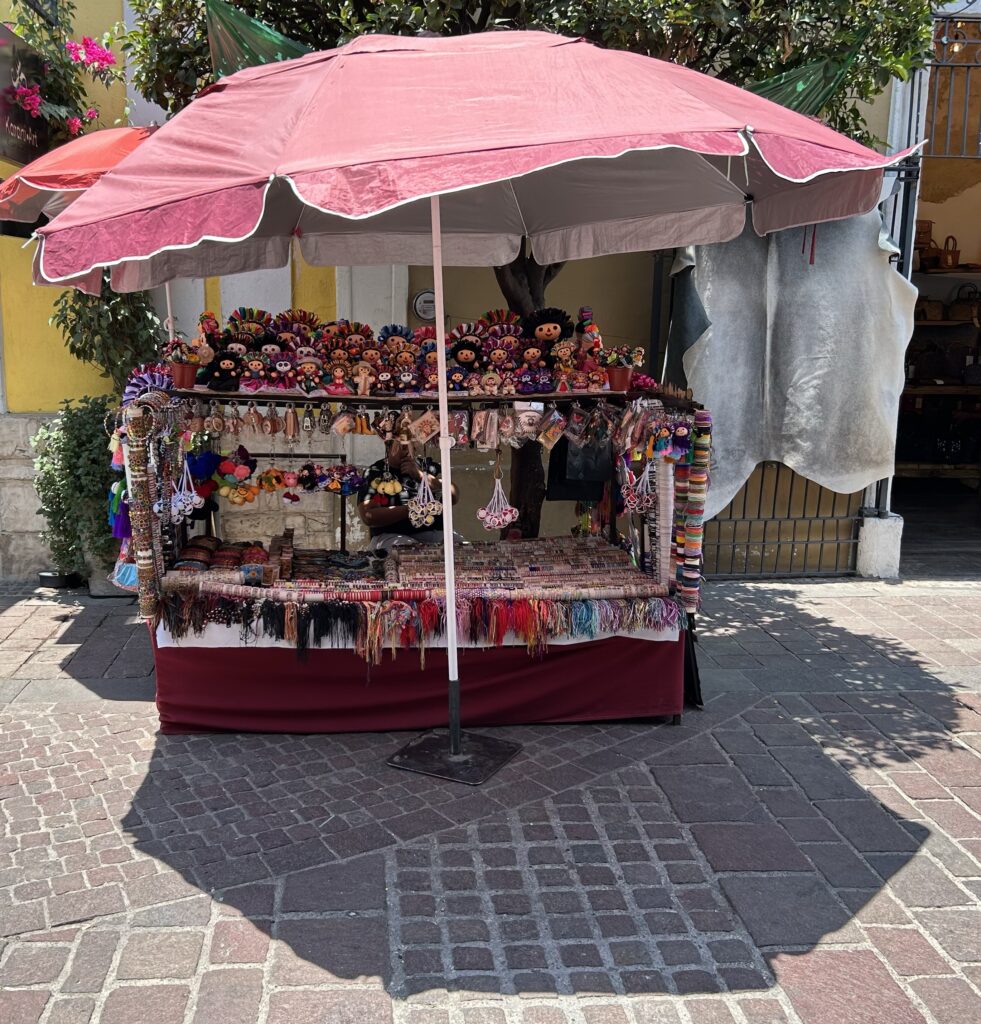
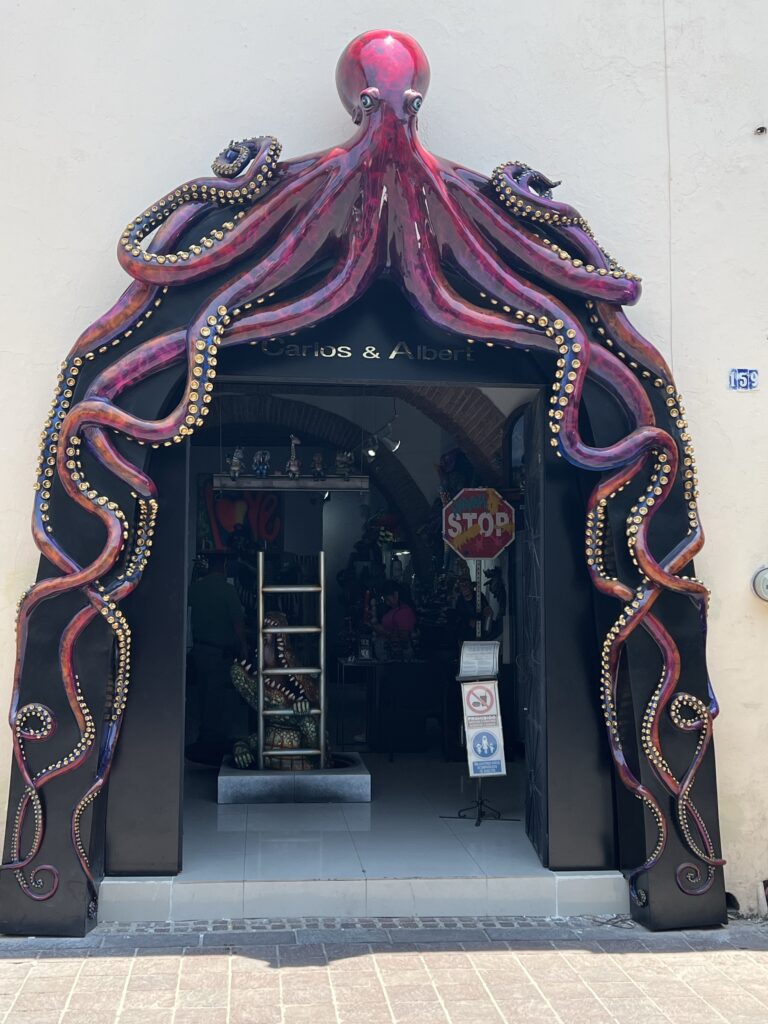
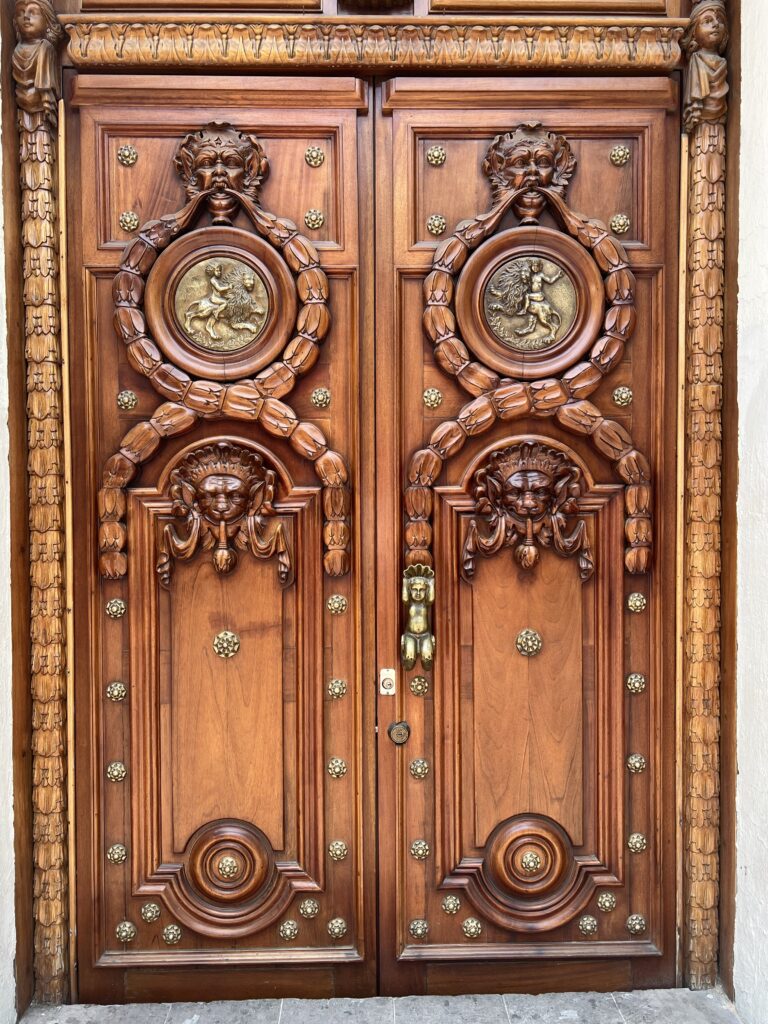
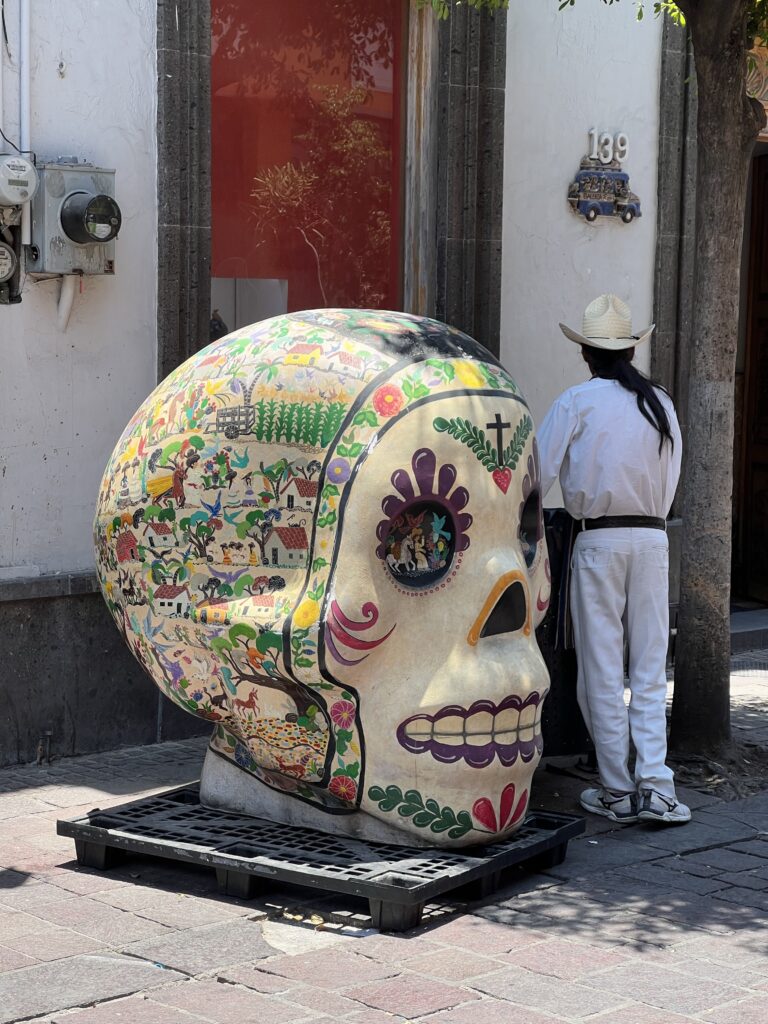
Here are the key ways in which cartels have been found to use tequila for money laundering:
Front Companies
- Establishing Front Companies: Cartels set up front companies that pose as legitimate tequila vendors. These companies are used to funnel drug money through seemingly legitimate business transactions. For example, the Jalisco Cartel New Generation (CJNG) used front companies passing themselves off as tequila vendors to launder hundreds of millions of dollars.
- Complex Financial Networks: The CJNG and its financial arm, Los Cuinis, were found to have created a complex network involving 1,770 people and 167 companies to launder money. This network moved massive sums of money through domestic transactions within Mexico, international transfers, and suspect cash transactions in US dollars.
Specific Tequila Brands
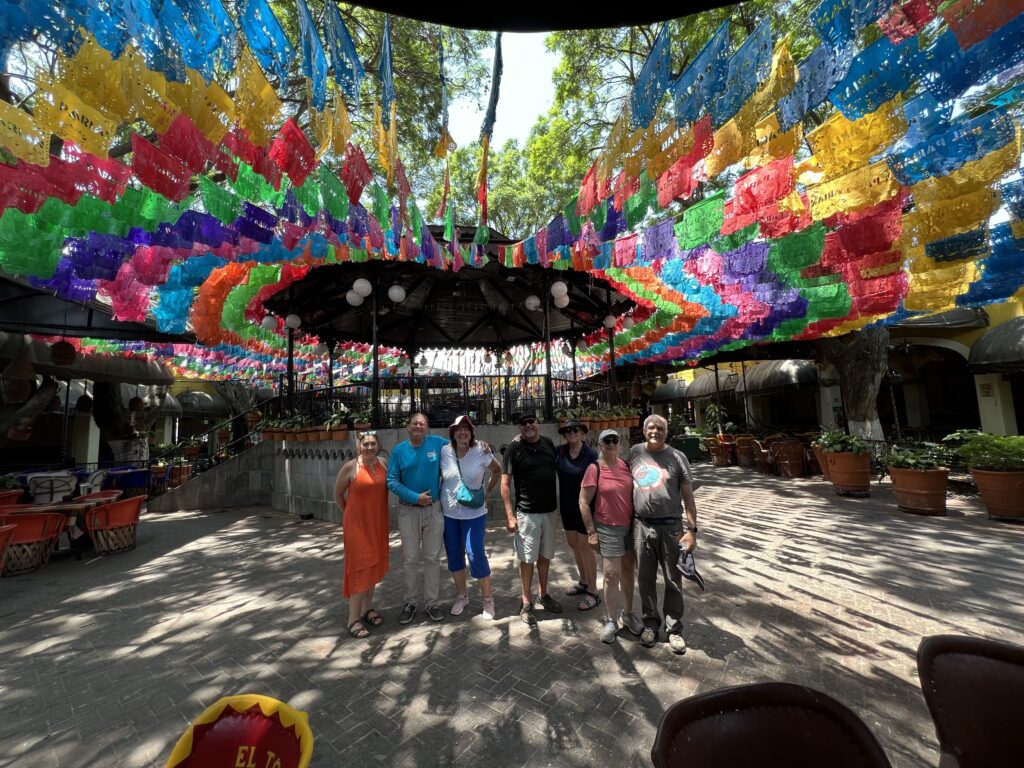
- Onze Black: This tequila brand was linked to the CJNG. Investigations revealed that Onze Black was owned by Jessica Oseguera, daughter of CJNG leader Nemesio Oseguera Cervantes, alias “El Mencho”. The brand was used to finance the cartel’s criminal activities and was blacklisted by the US Treasury Department in 2015.
- 4 Reyes: The Arellano Félix Cartel used the tequila brand 4 Reyes to launder money obtained from drug distribution in both Mexico and the United States. This connection was first discovered by the DEA in 2006.
- El Viejo Luis: This brand was blacklisted for laundering drug money on behalf of Los Güeros, a drug trafficking group. Although the brand was discontinued, no criminal charges were reported against the company directors.
Trade-Based Money Laundering
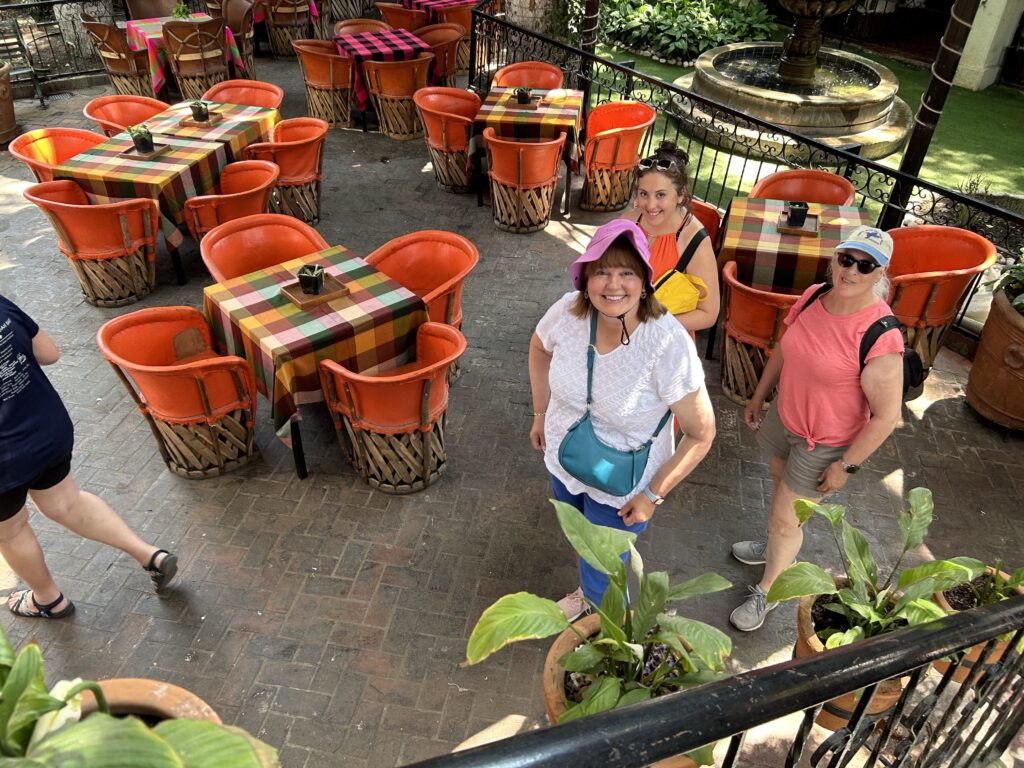
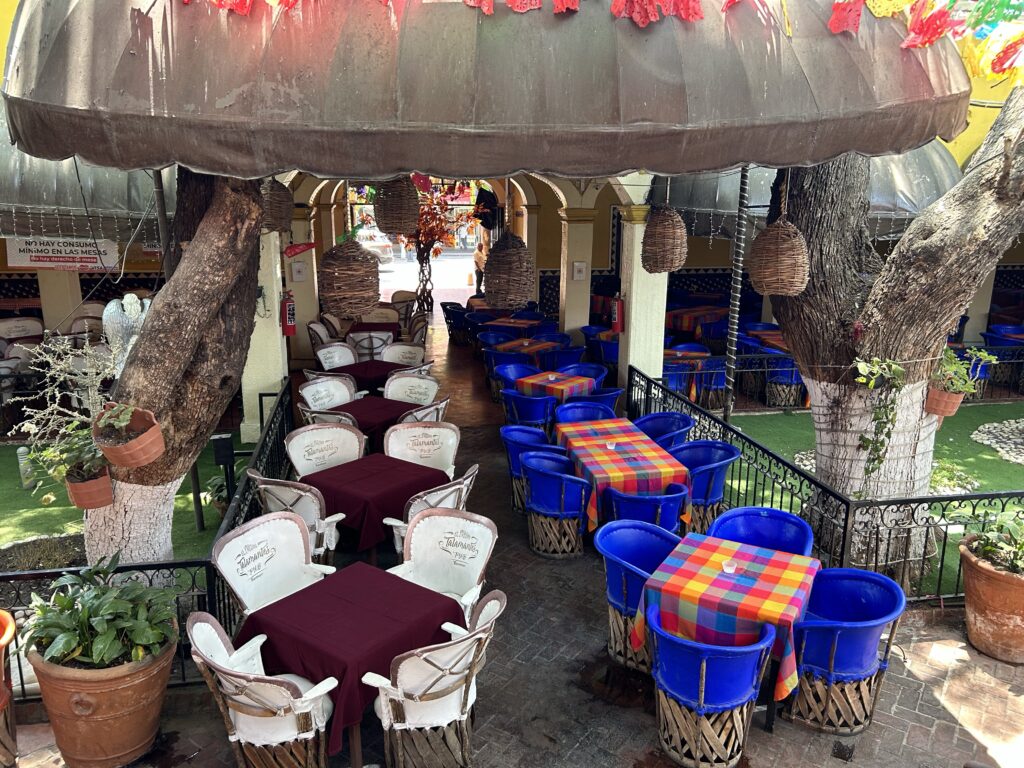
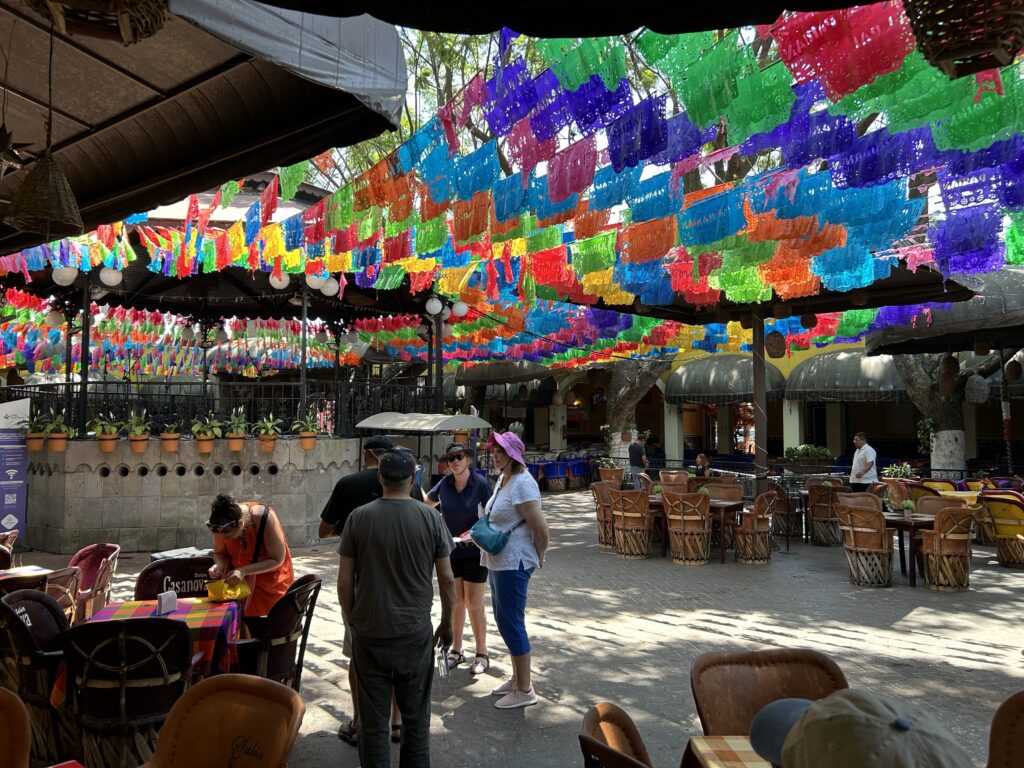

- Using Tequila Shipments: Cartels have used shipments of tequila as a cover for smuggling drugs. For instance, in 2013, the DEA discovered that cocaine was being transported into the United States in trucks carrying bottles of tequila. Two tequila companies were identified as fronts for the criminal organization known as Los Güeros.
Economic and Social Factors
- Lucrative Industry: The tequila industry is highly lucrative, worth an estimated $4.6 billion worldwide in 2019, with 80% of production going to the United States. This makes it an attractive target for cartels looking to launder money and hide their wealth.
- Narco-Culture: Tequila is also a part of the broader “narco-culture” in Mexico. For example, Alejandrina Guzmán, the daughter of Joaquín “El Chapo” Guzmán, launched a tequila brand called El Chapo 701, using her father’s notorious image and name.
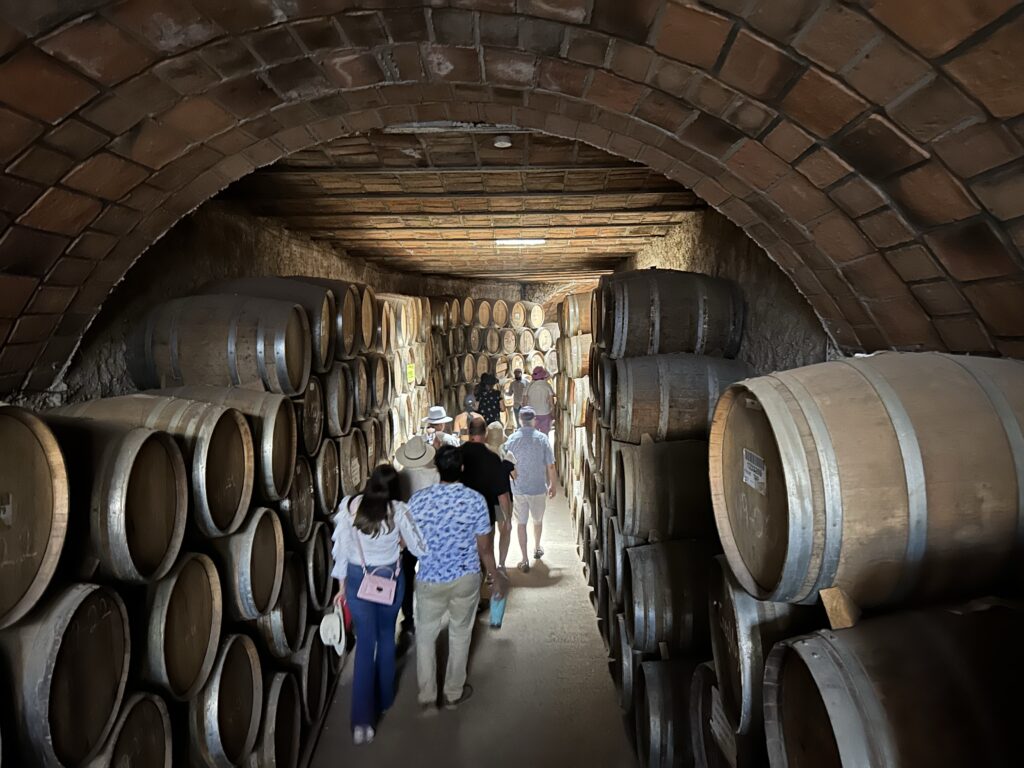
Challenges and Regulatory Issues
- Regulatory Challenges: The Tequila Regulatory Council and other authorities face significant challenges in regulating and monitoring the industry to prevent cartel infiltration. The complexity and scale of the laundering schemes make it difficult to enforce regulations effectively.
- Lack of Action: Despite the identification of these laundering schemes, there is often a lack of action from Mexican authorities. For example, while the US government can blacklist entities and freeze assets, it cannot obligate Mexican authorities to take action against these businesses.
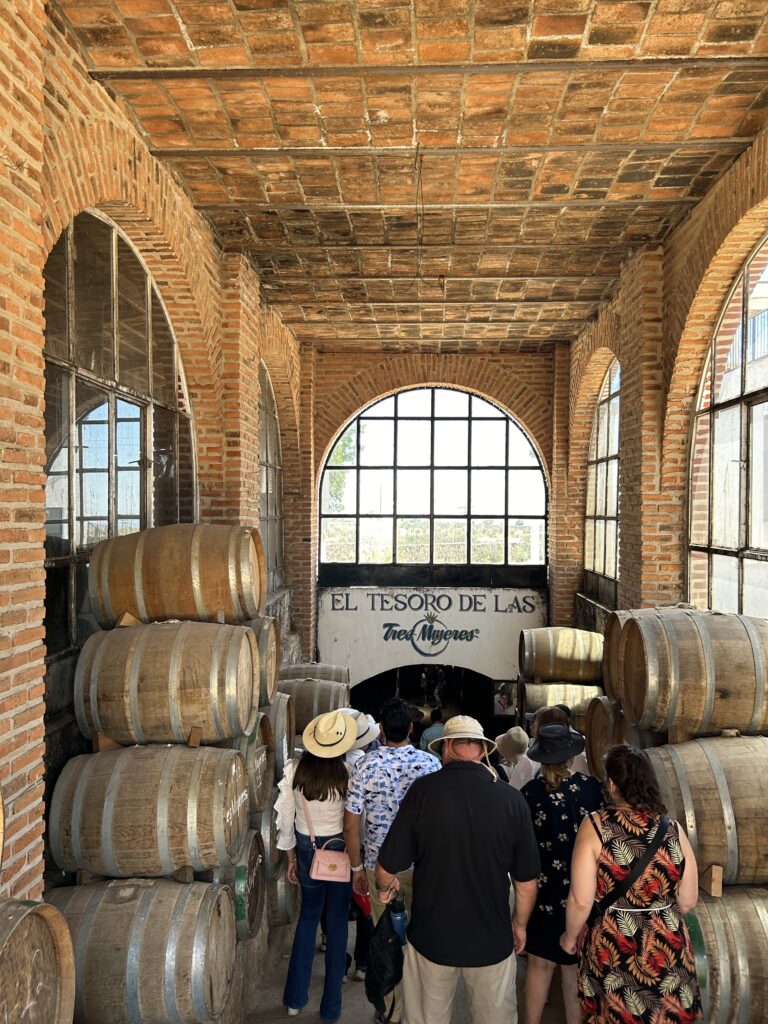
In summary, cartels use the tequila industry to launder money by establishing front companies, leveraging specific tequila brands, and using trade-based money laundering techniques. The lucrative nature of the industry and its integration into narco-culture make it an effective vehicle for disguising and cleaning illicit proceeds.


